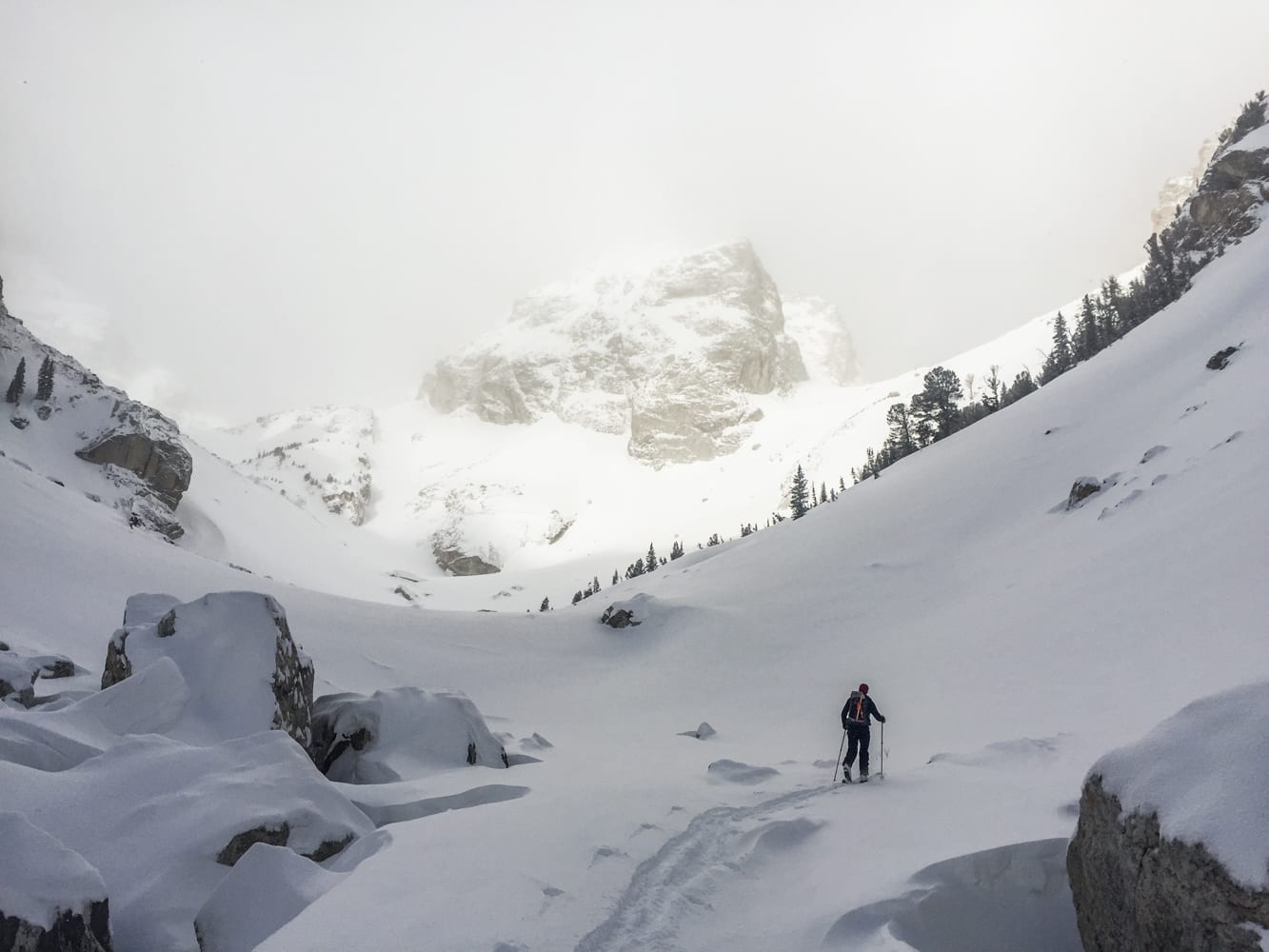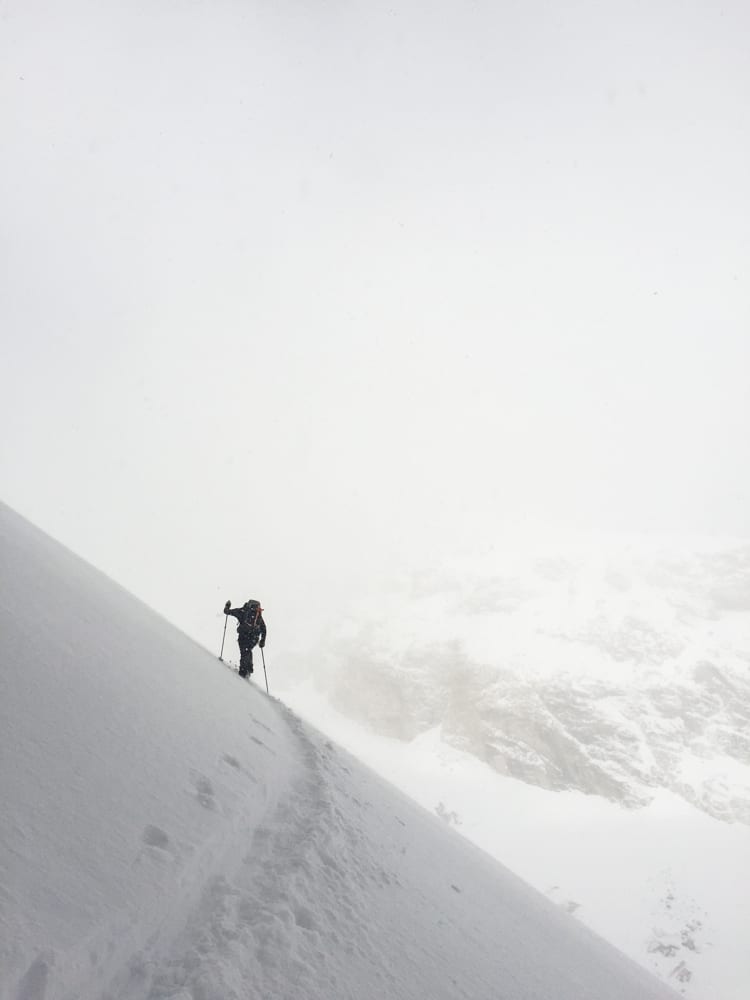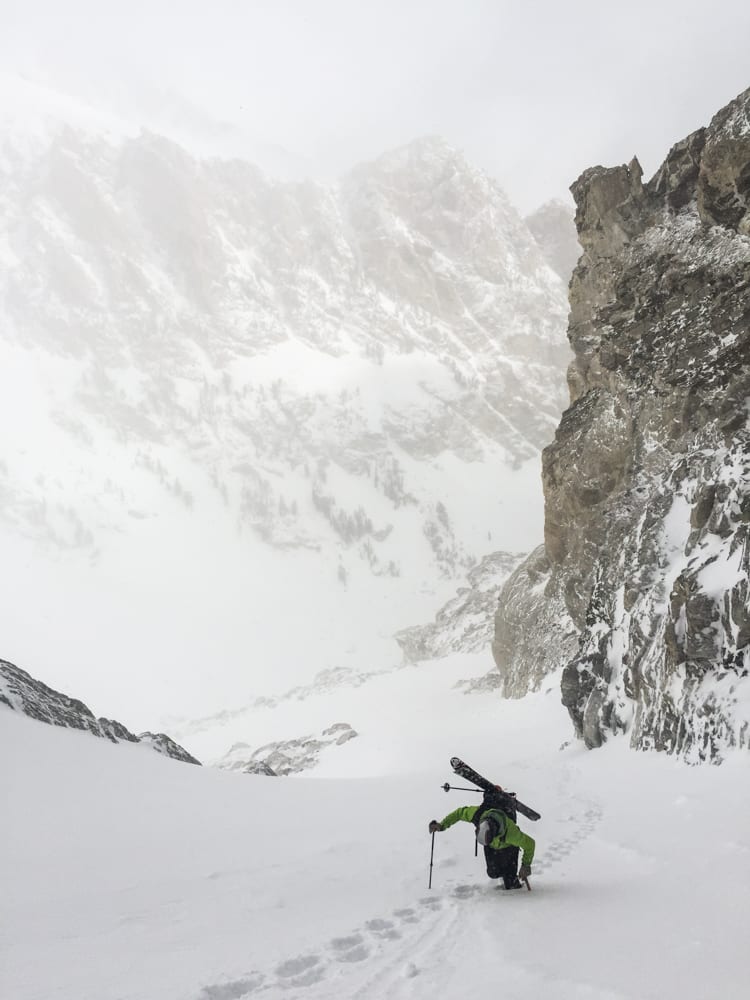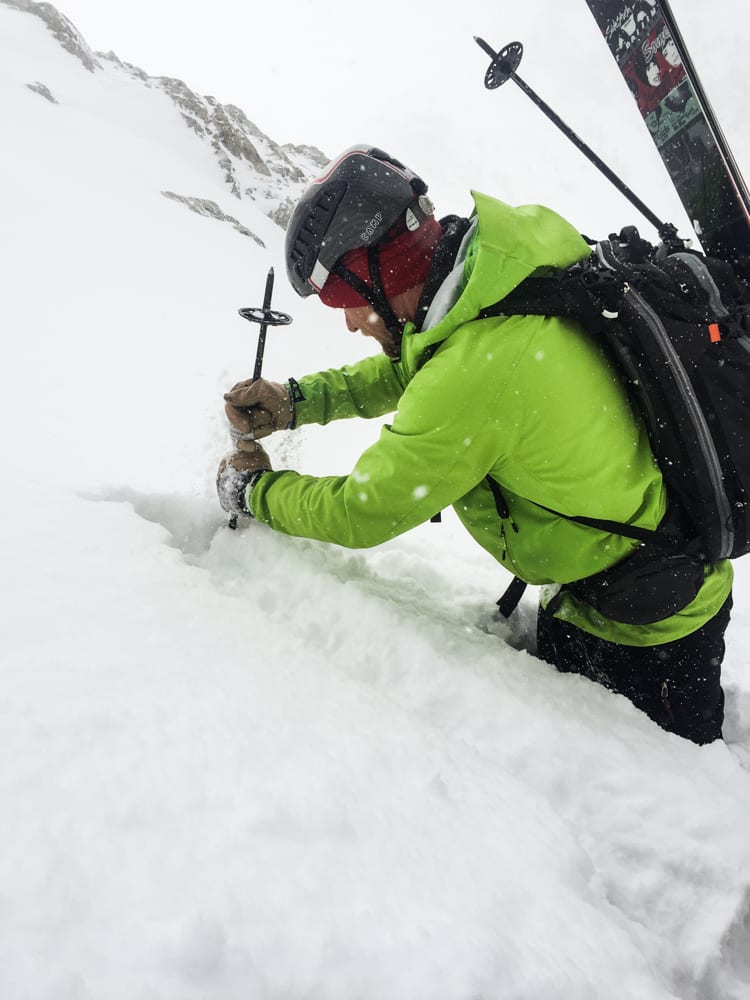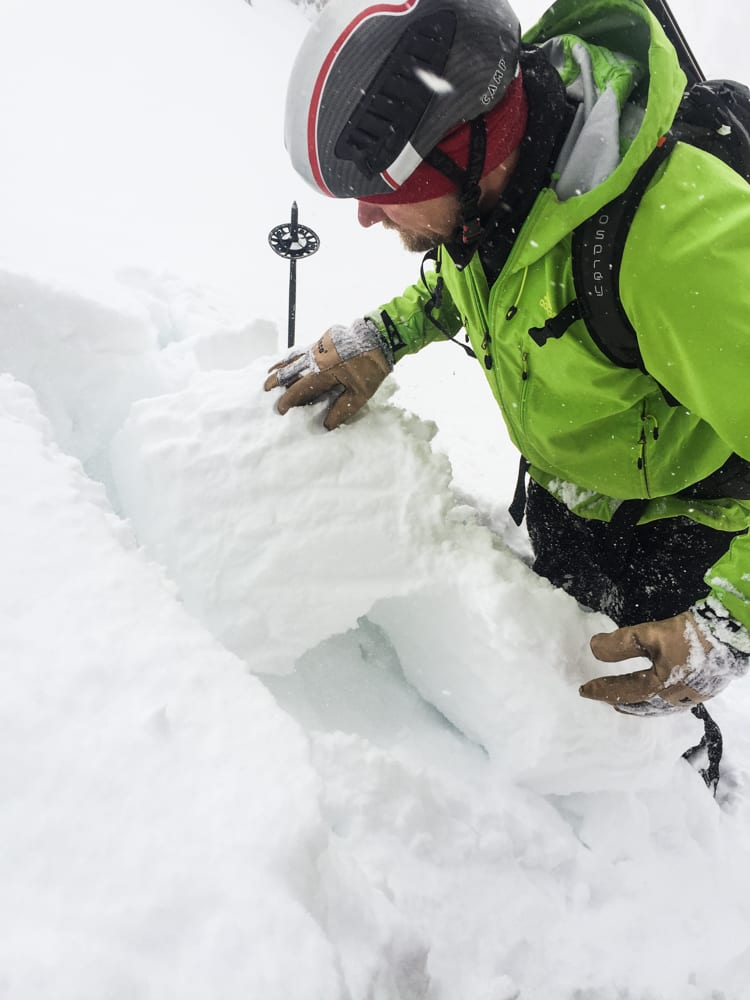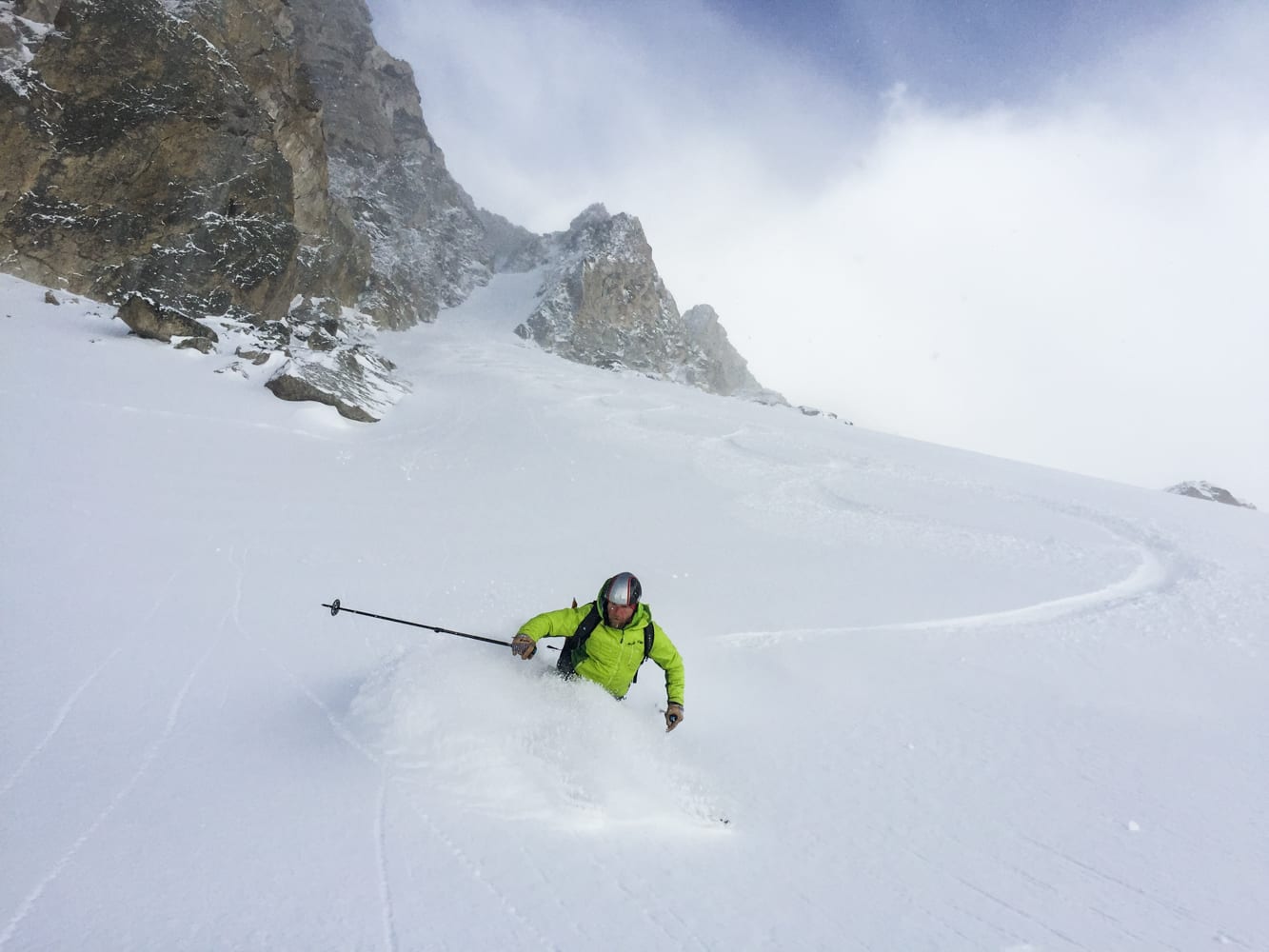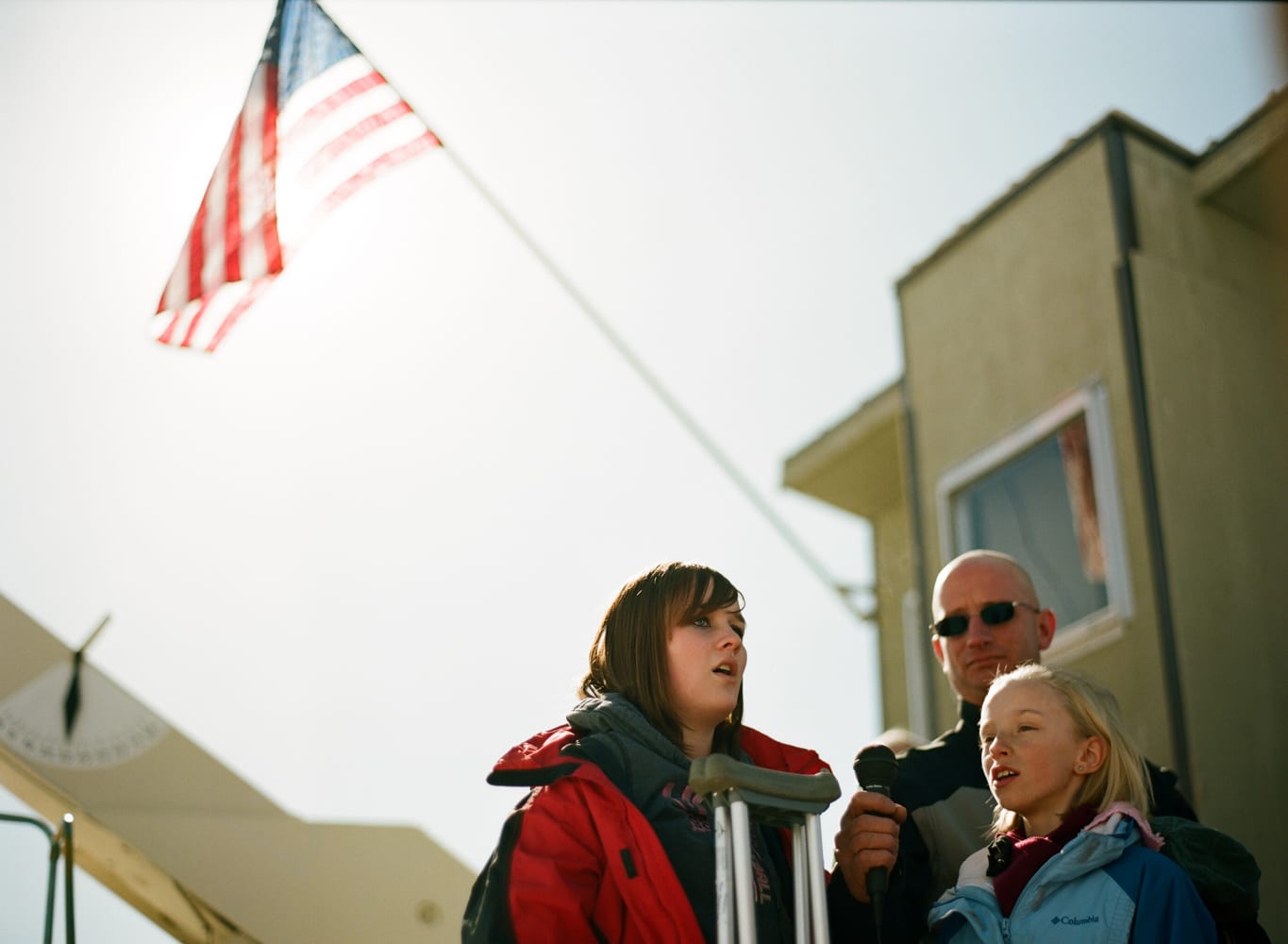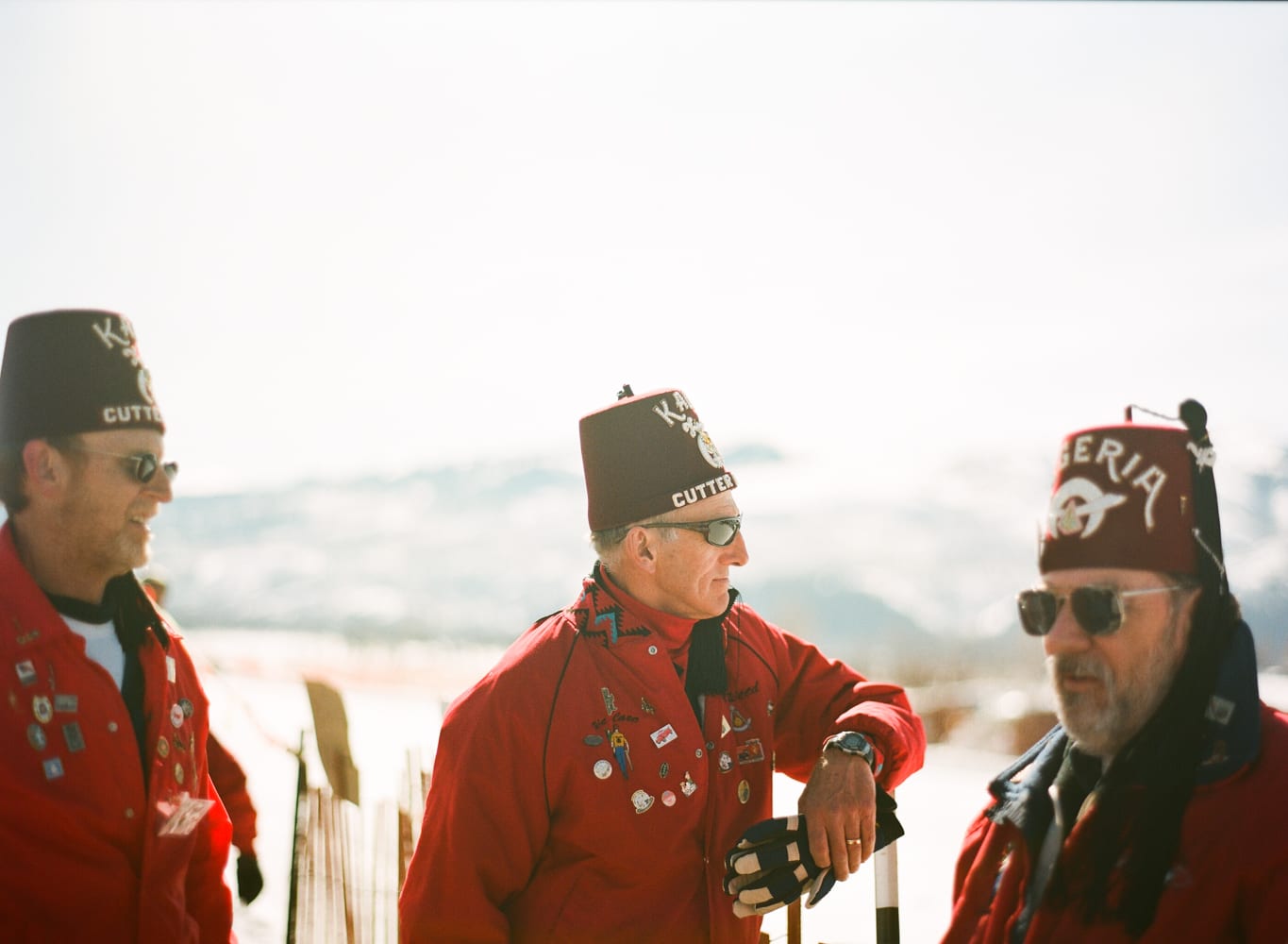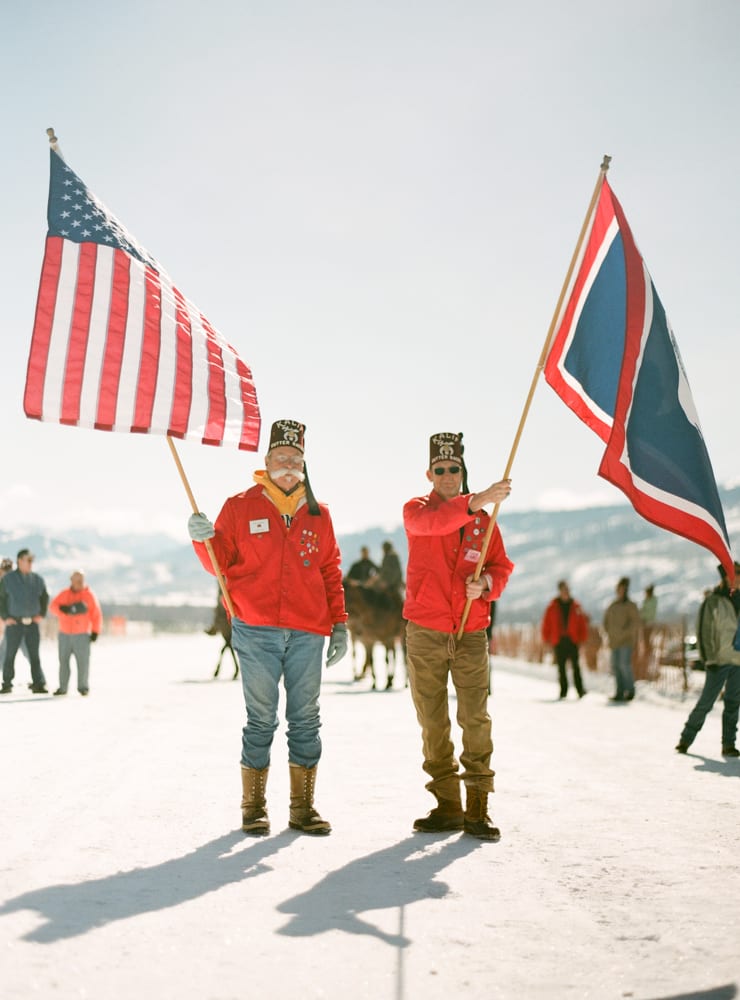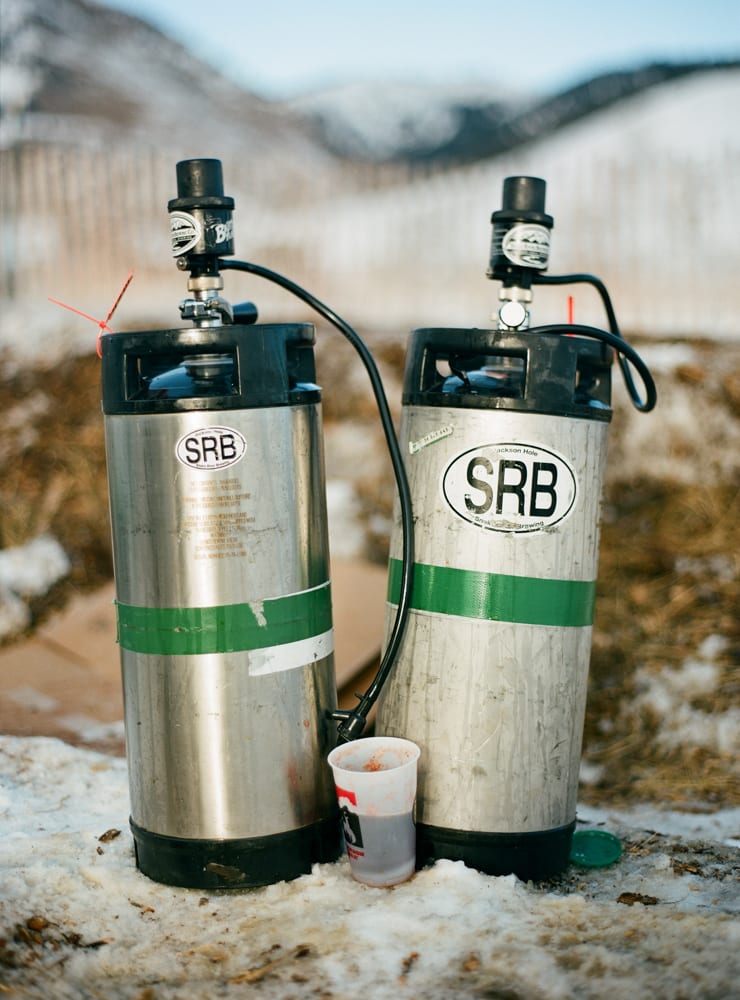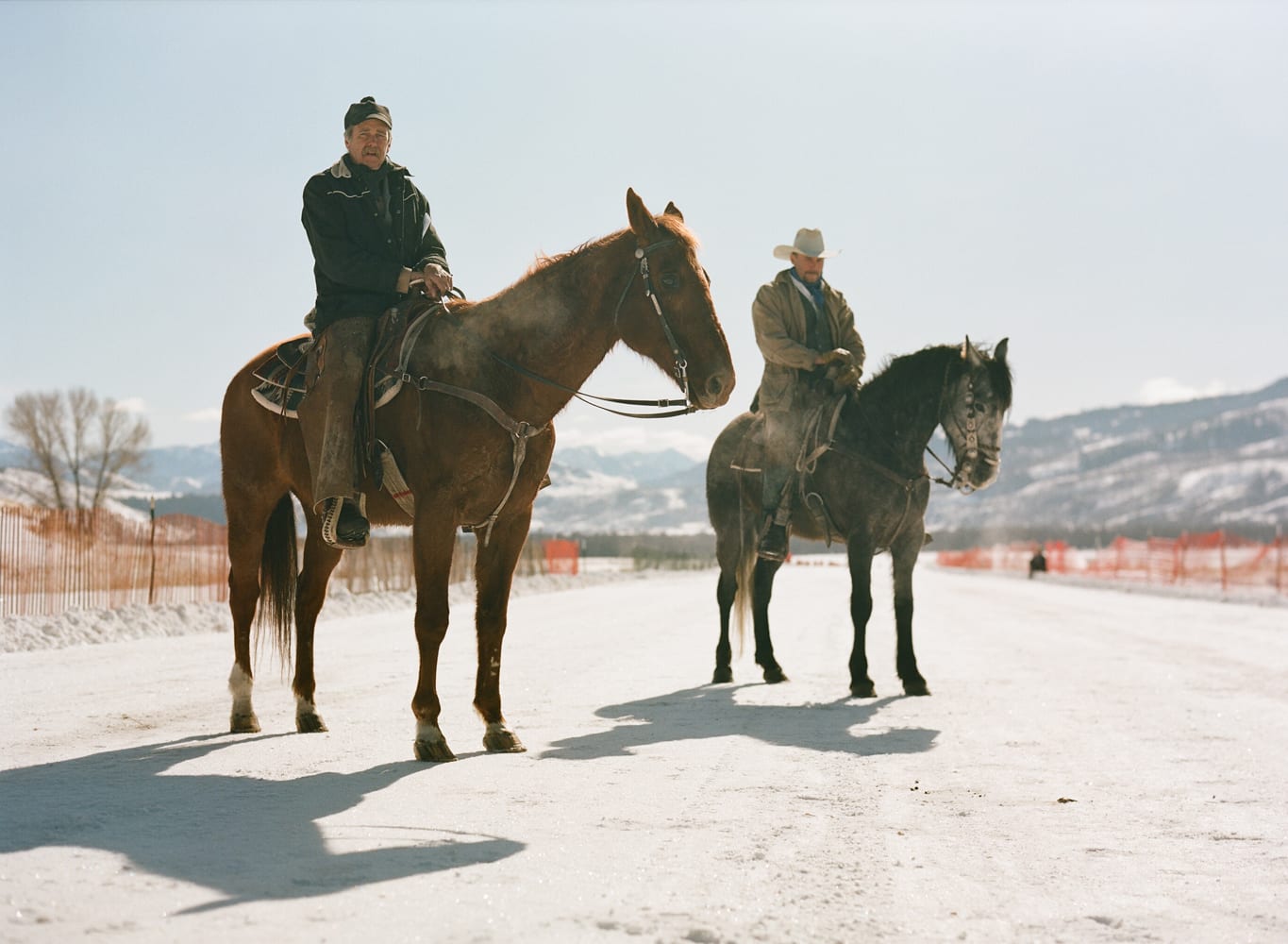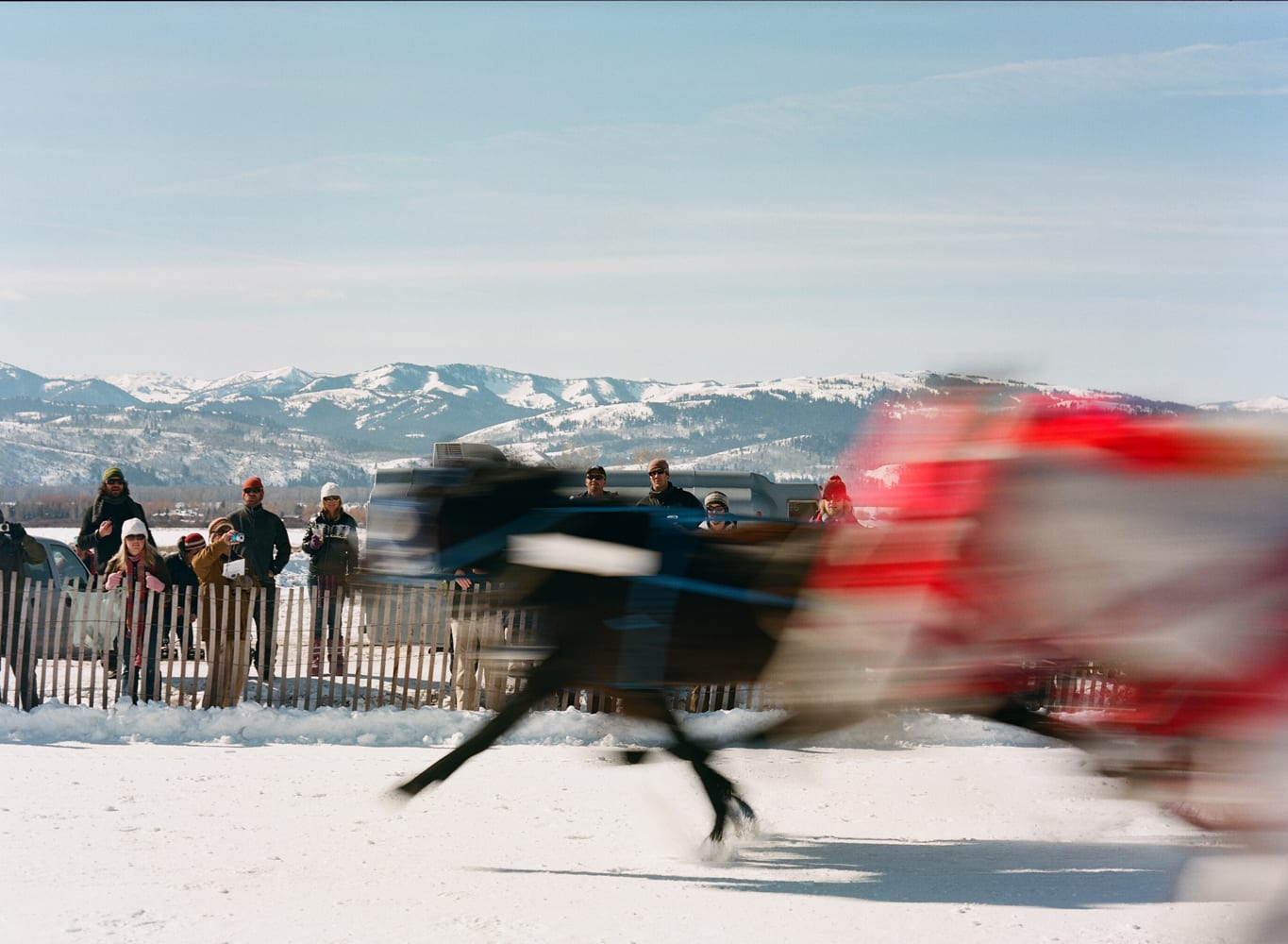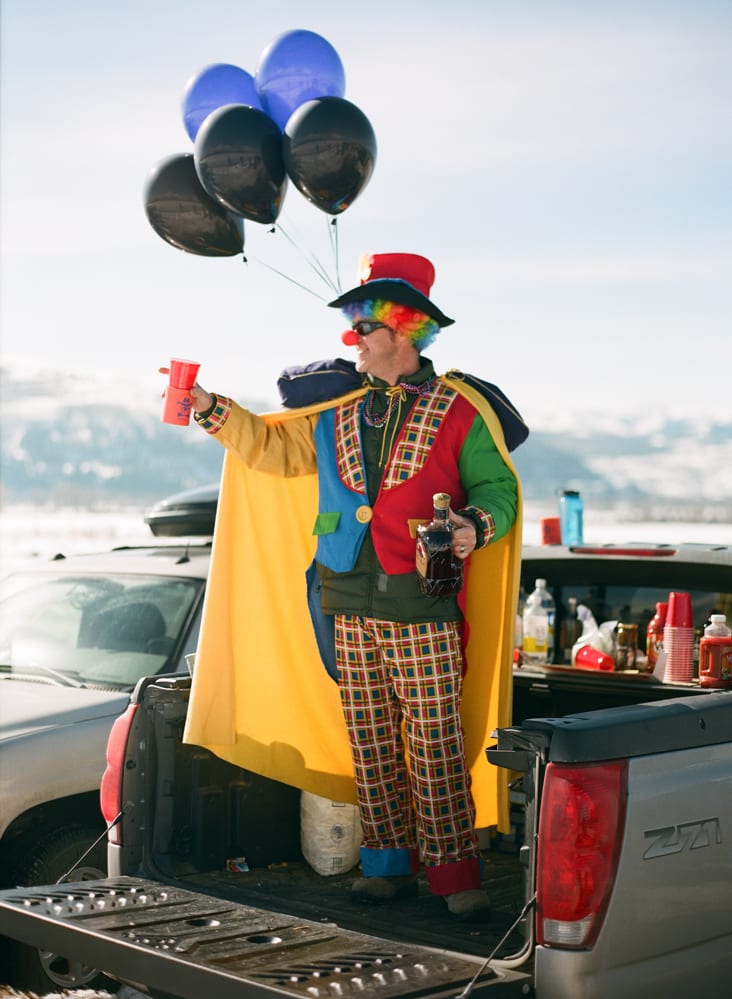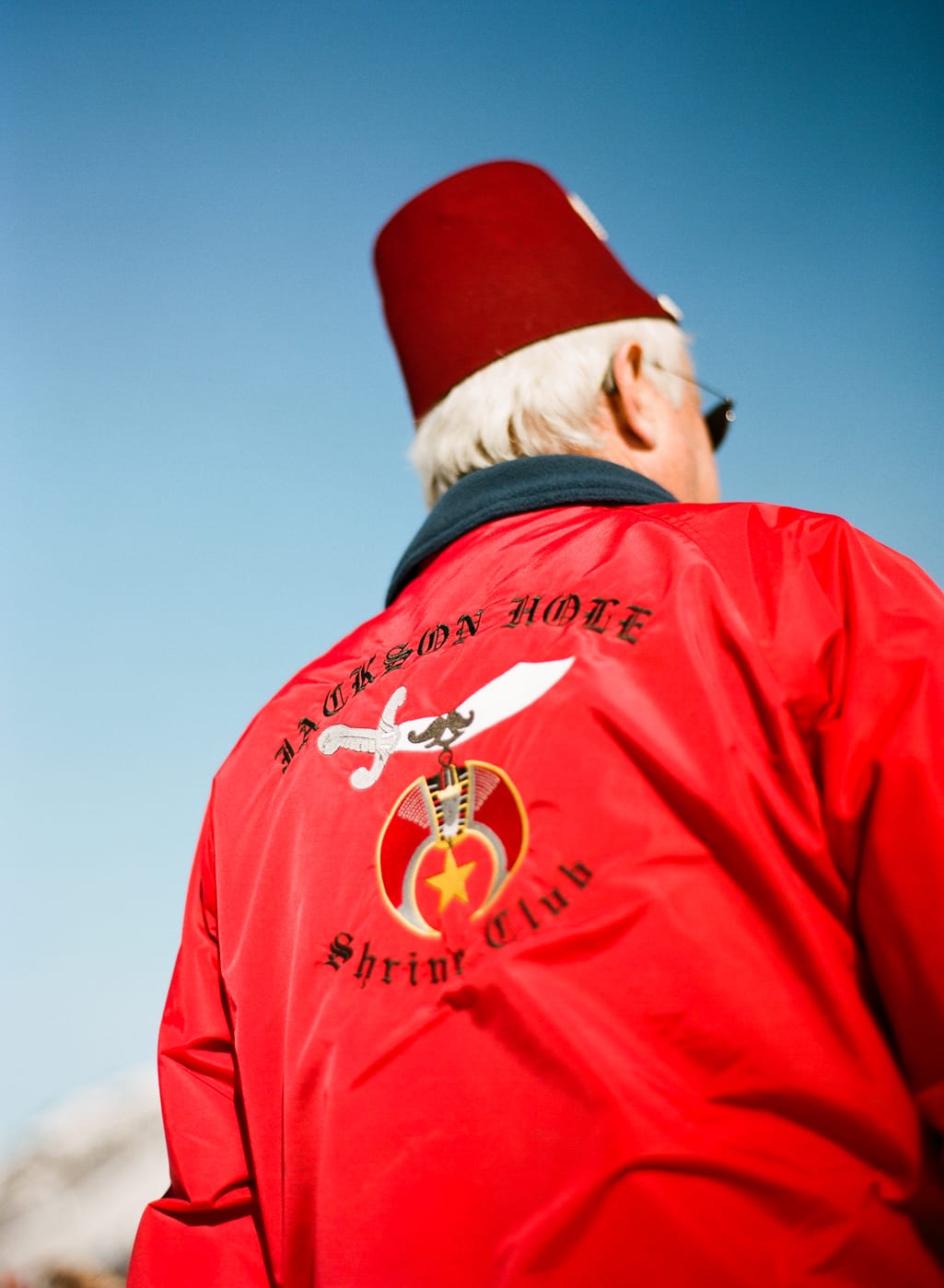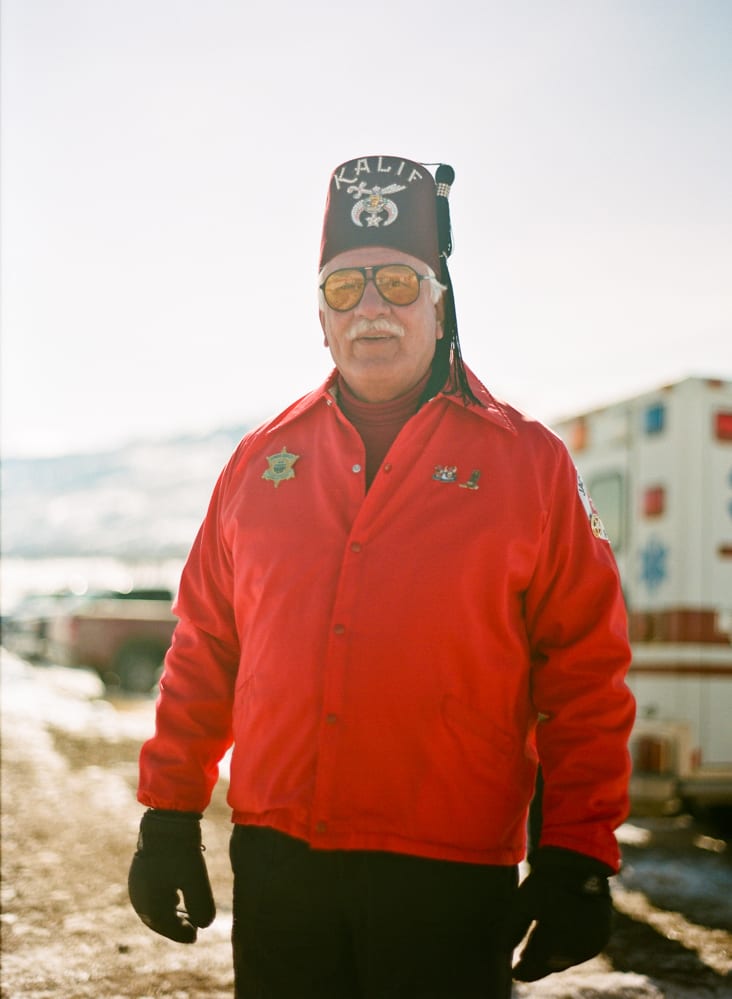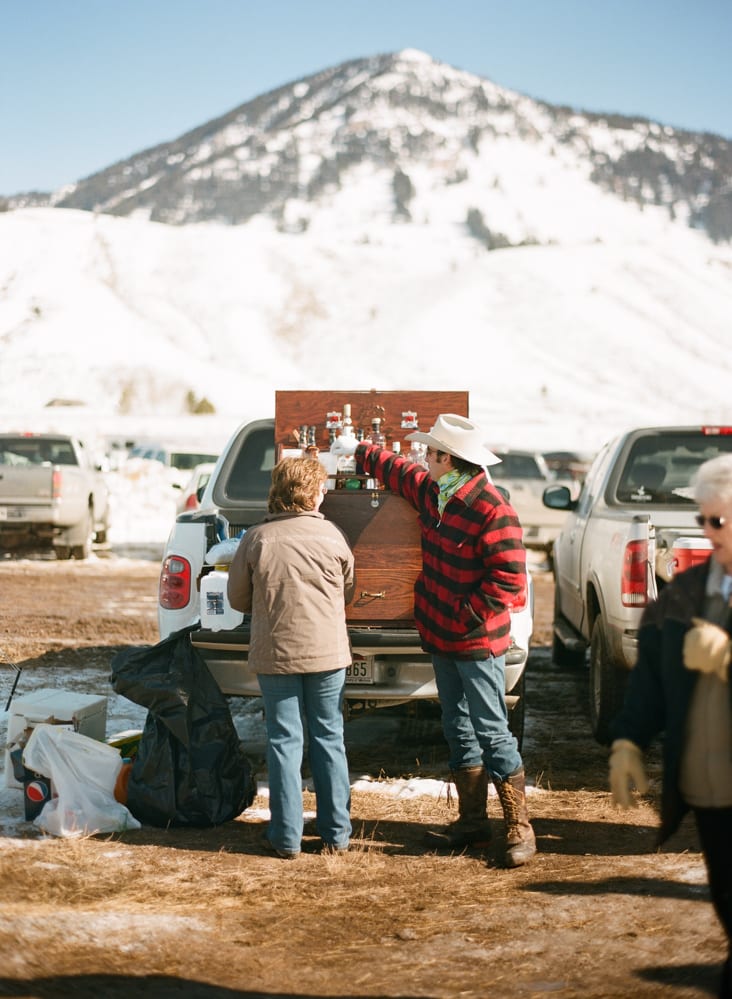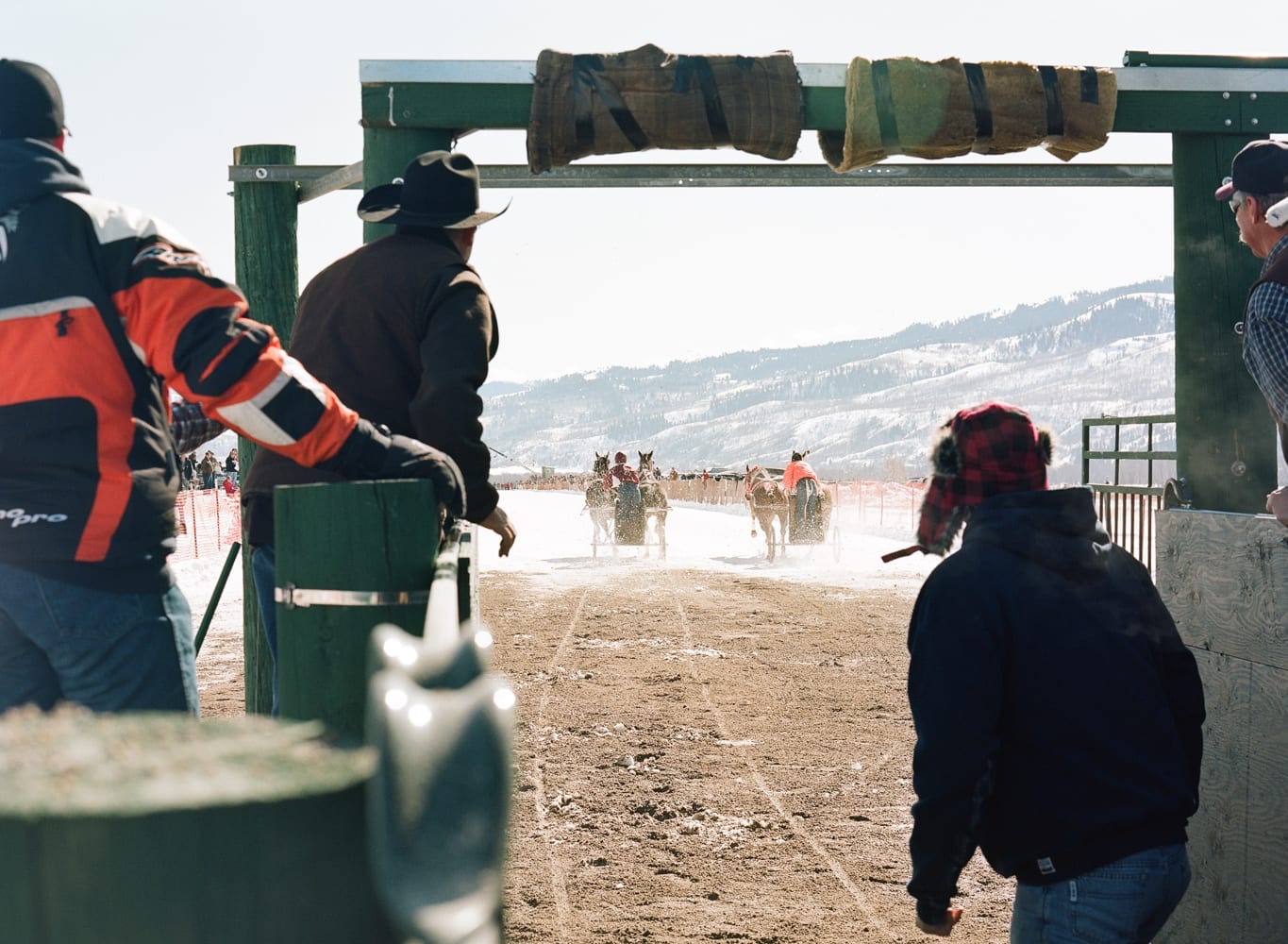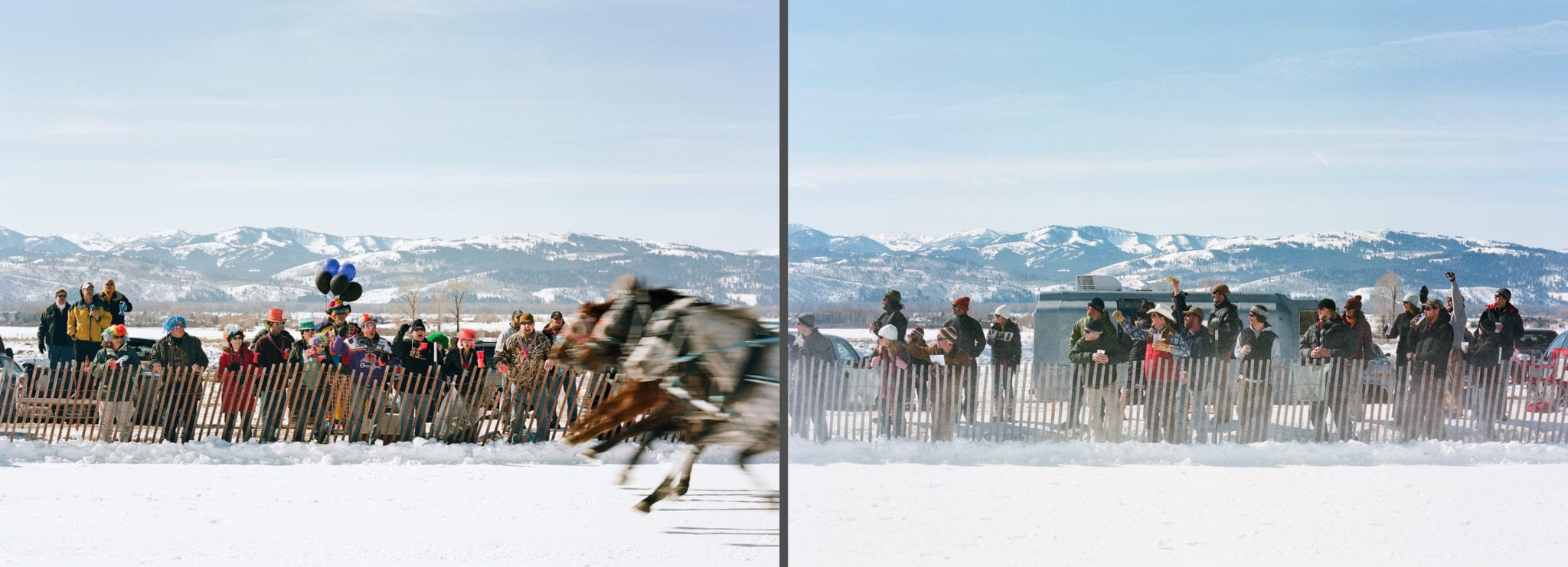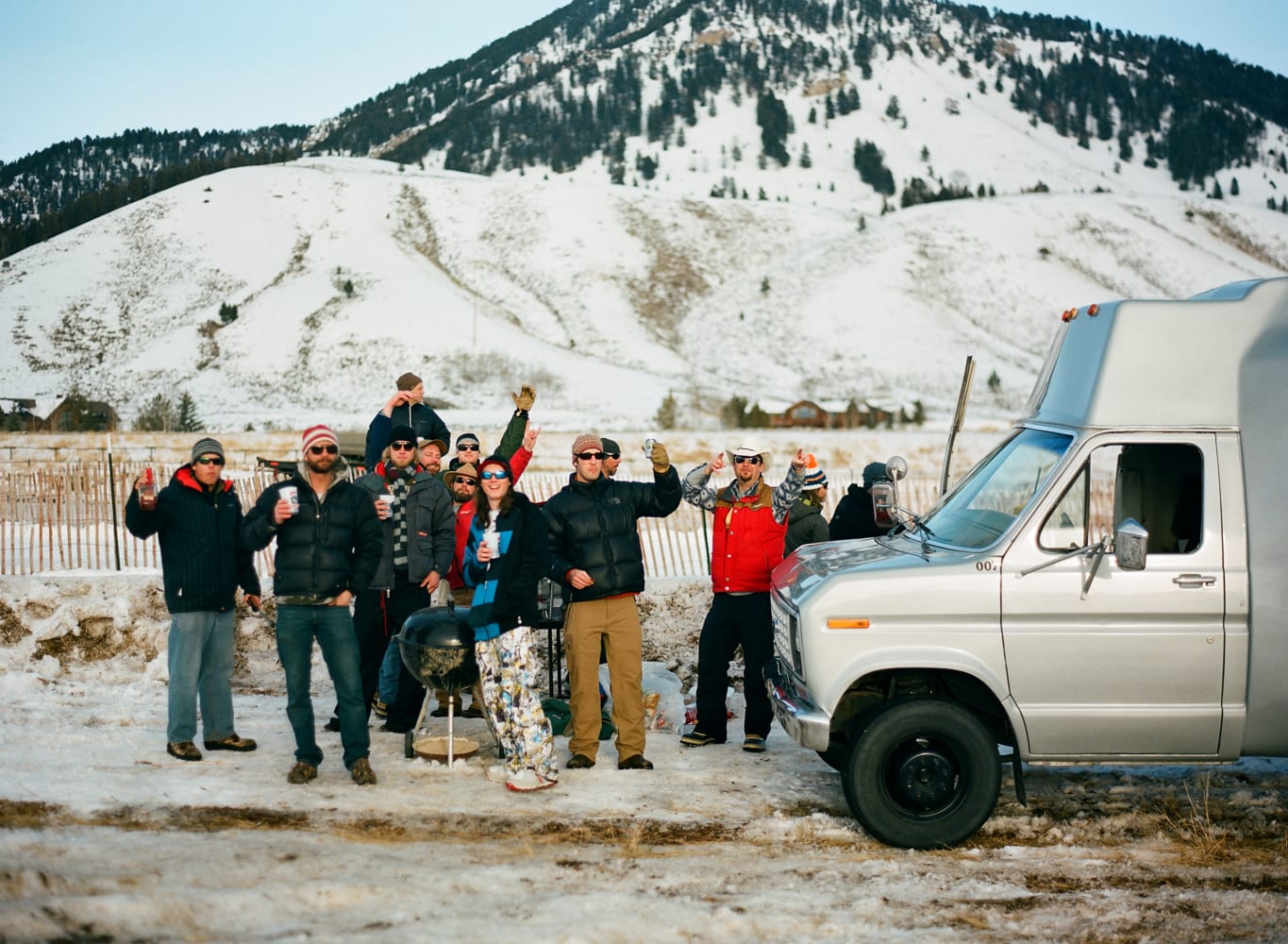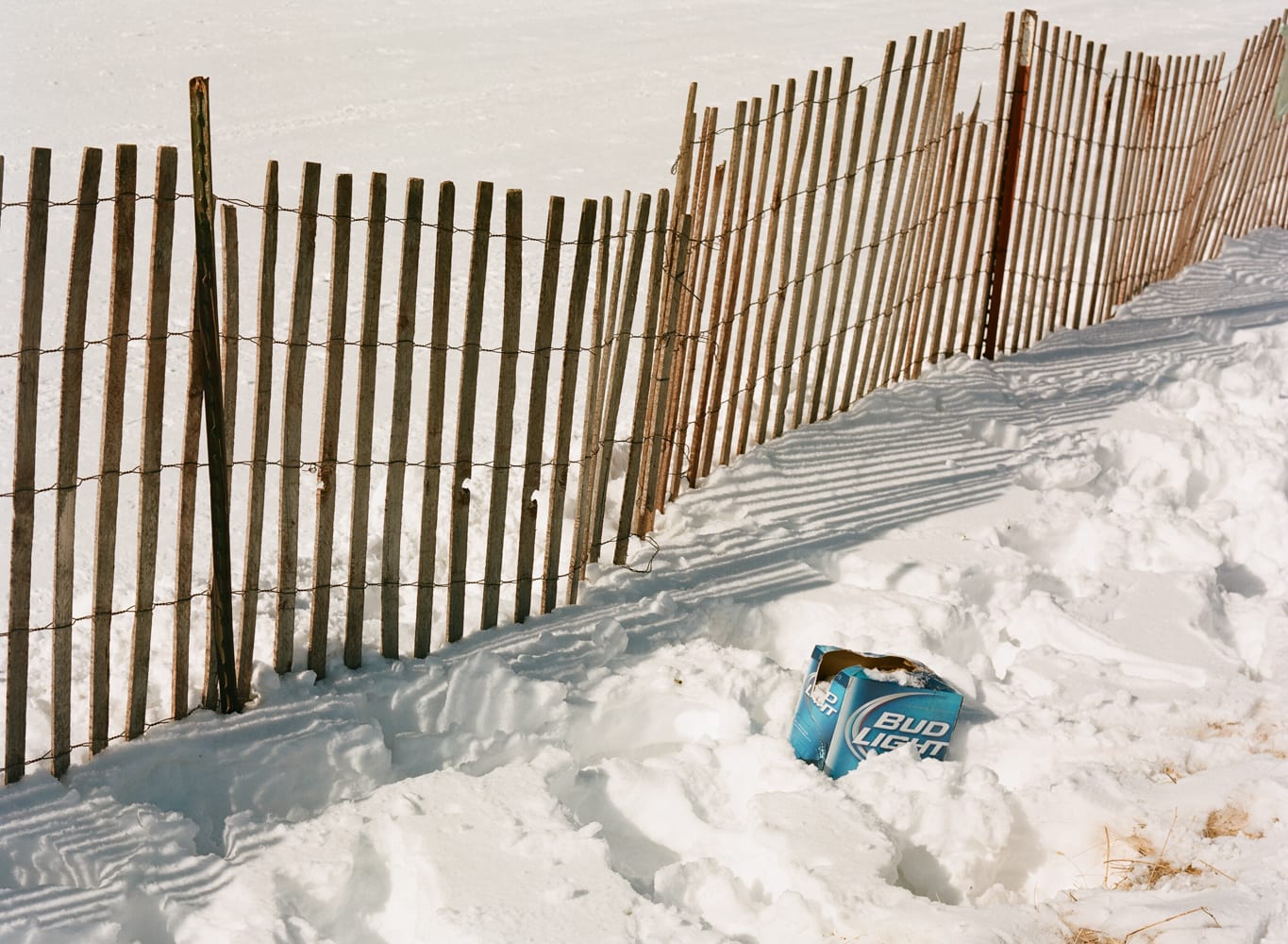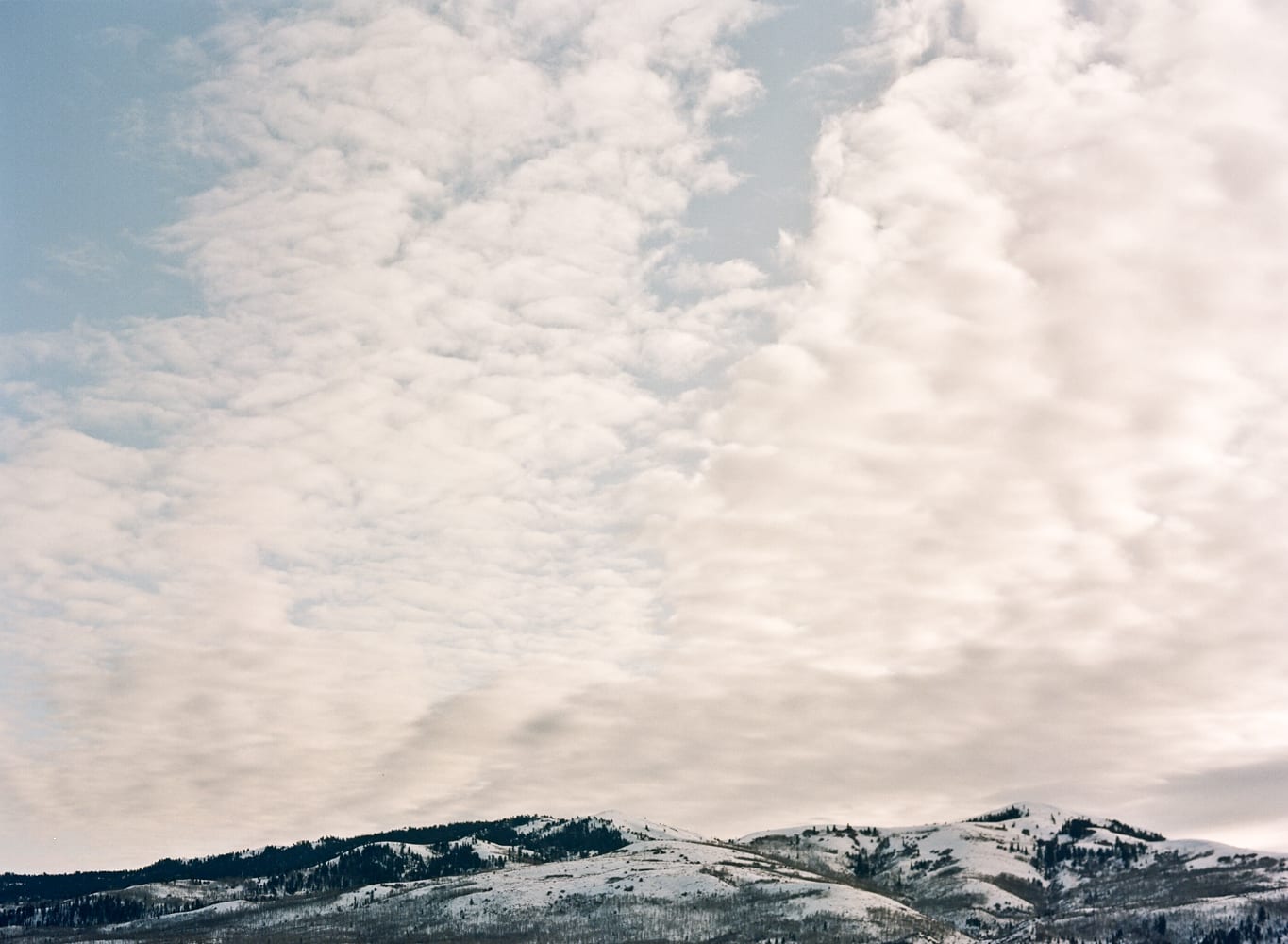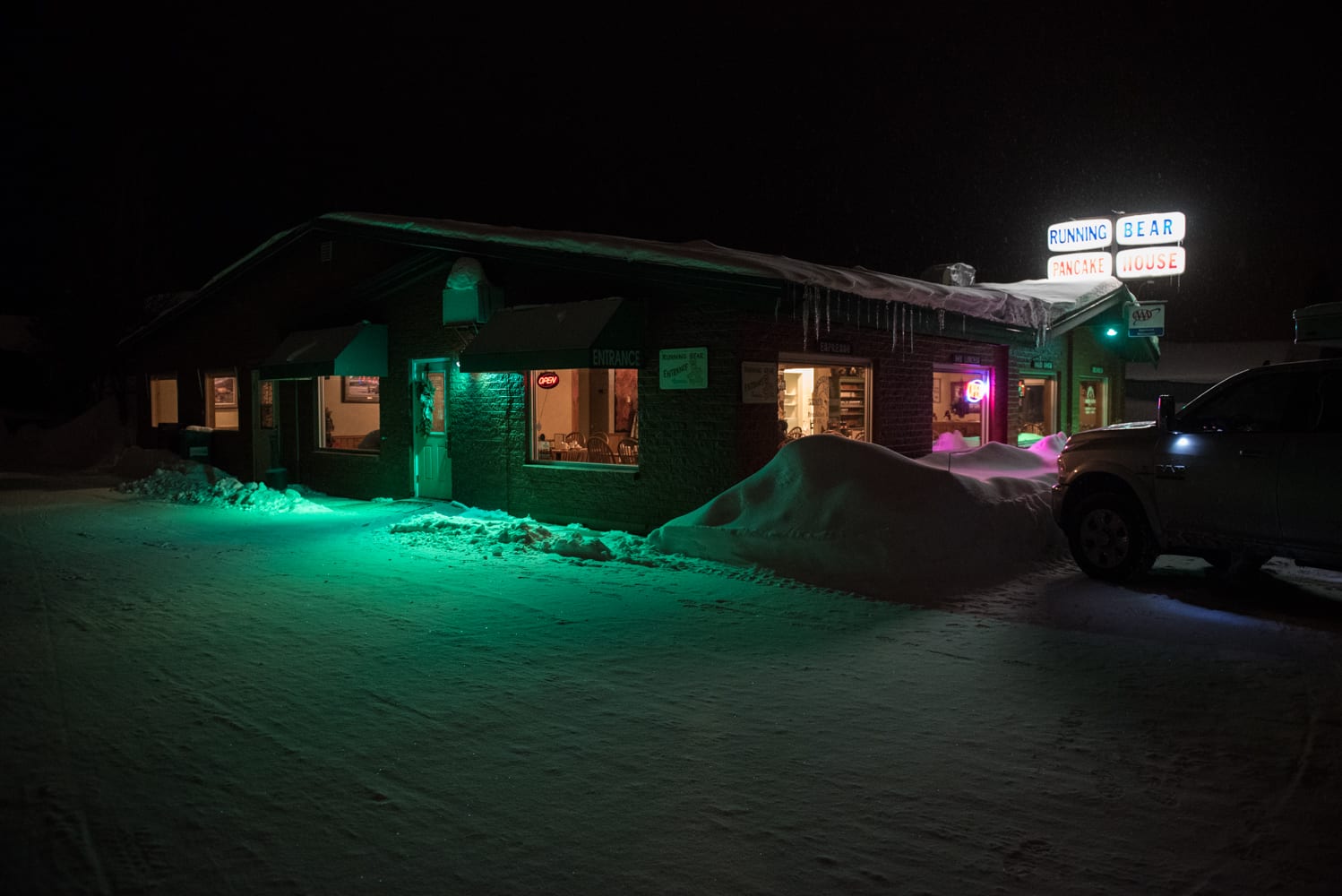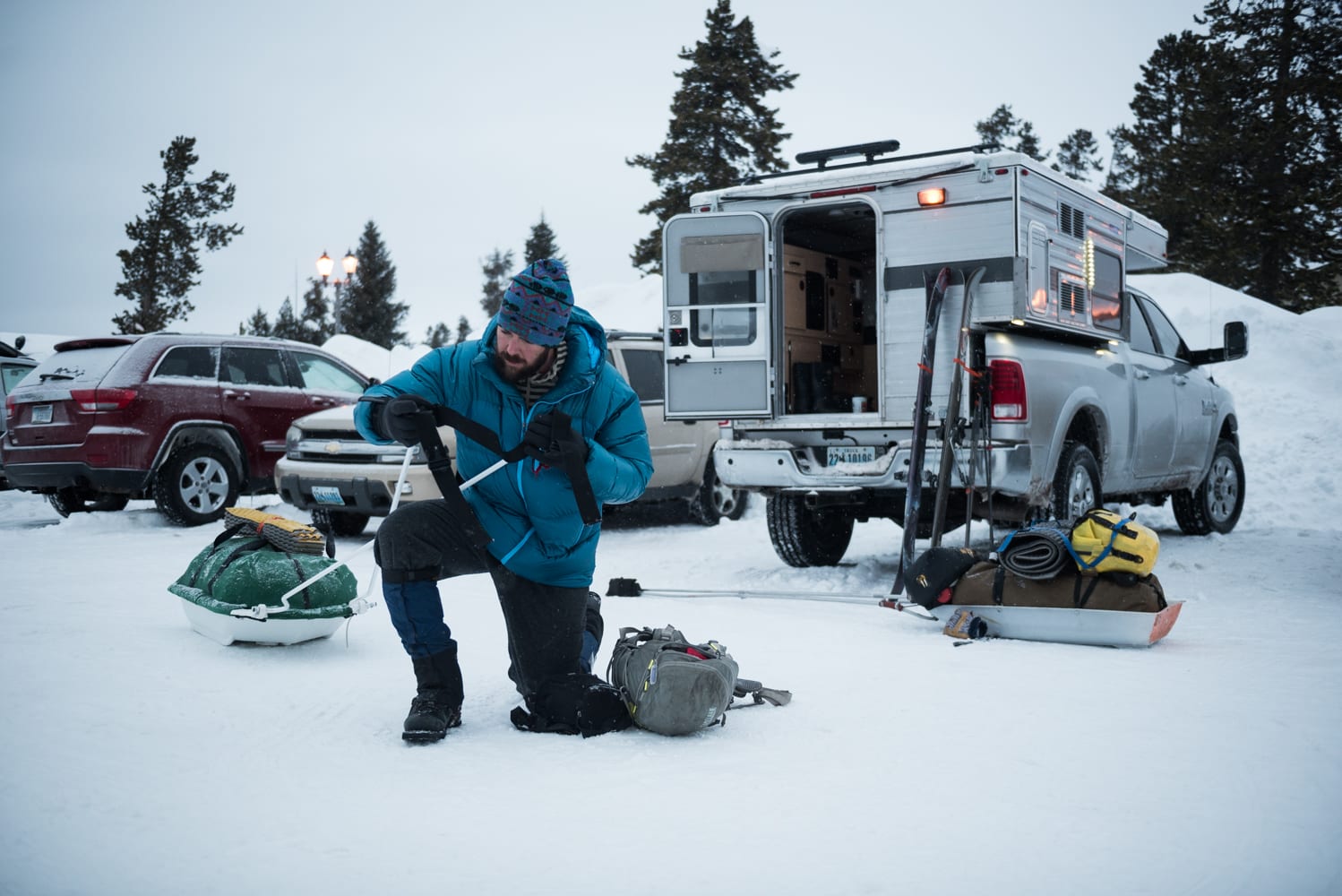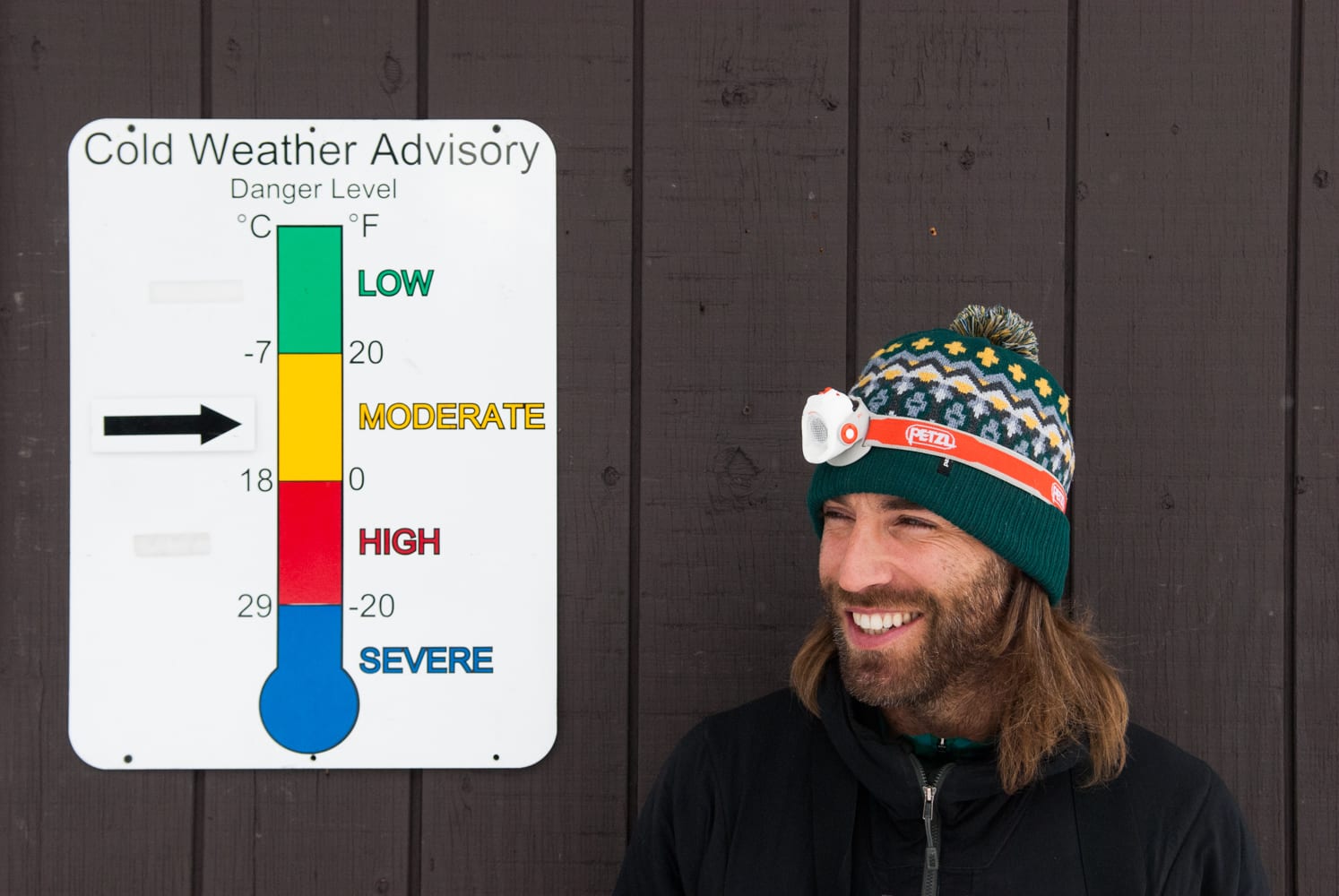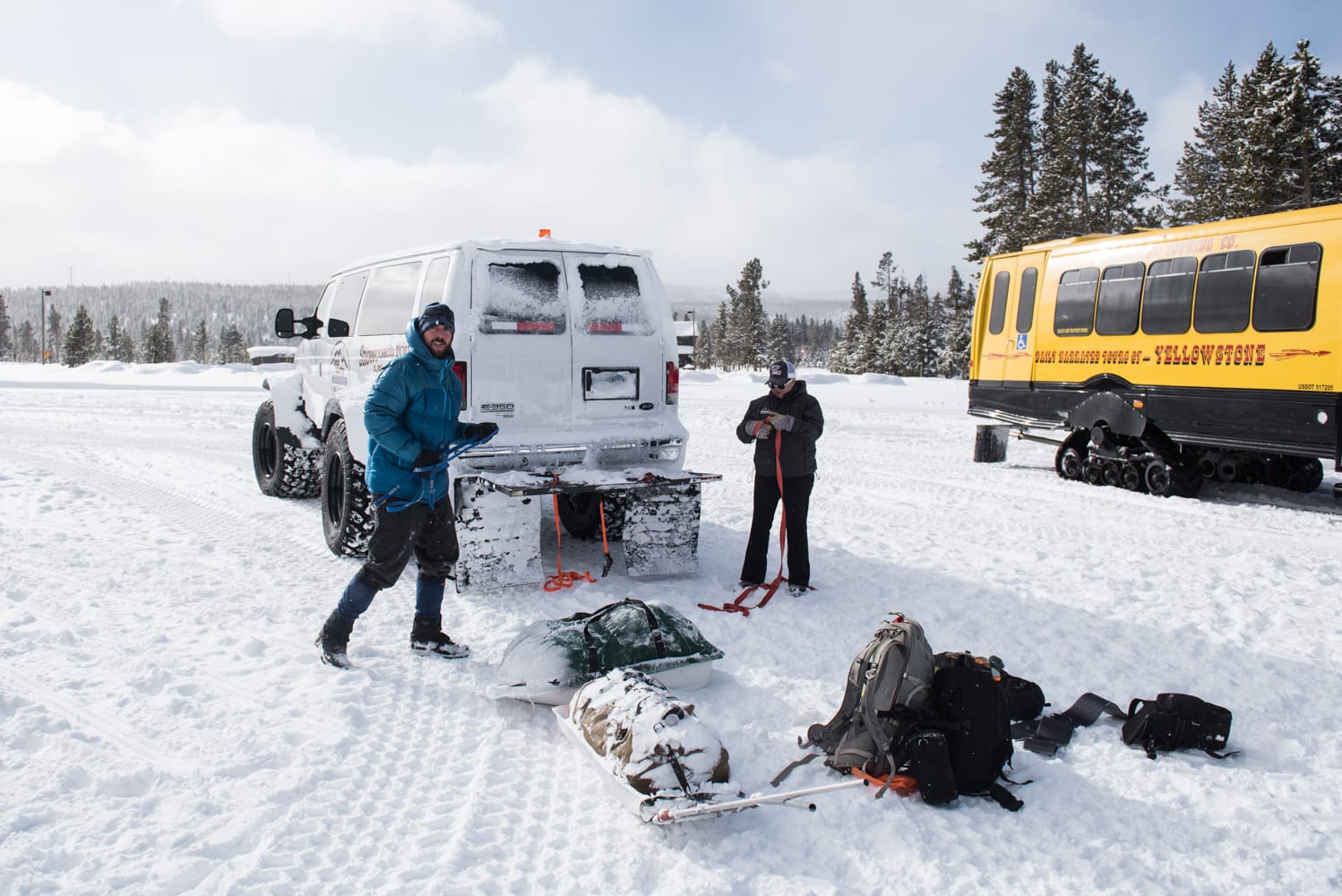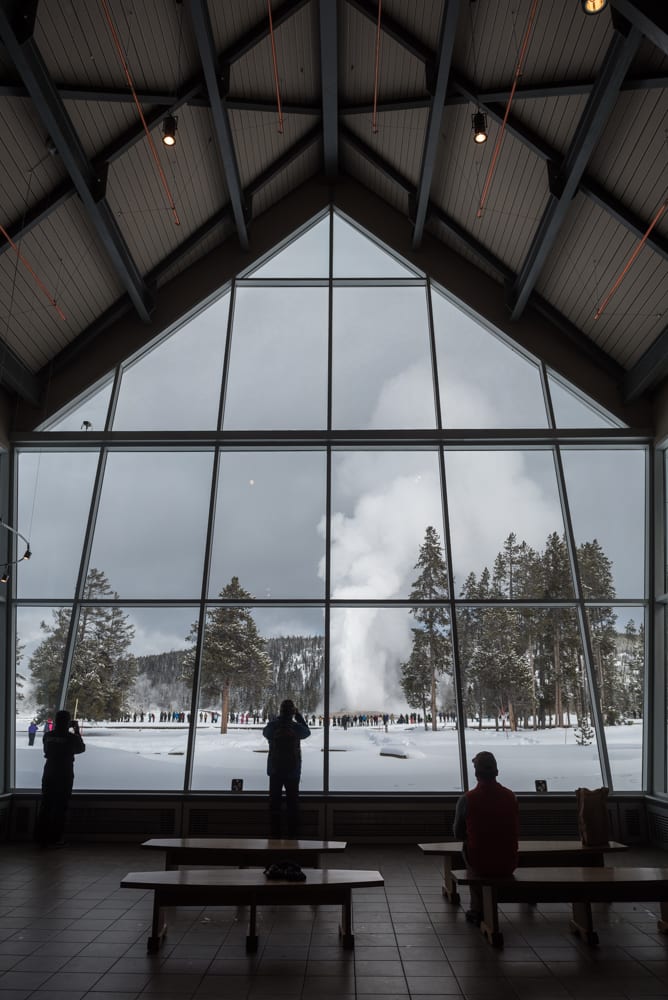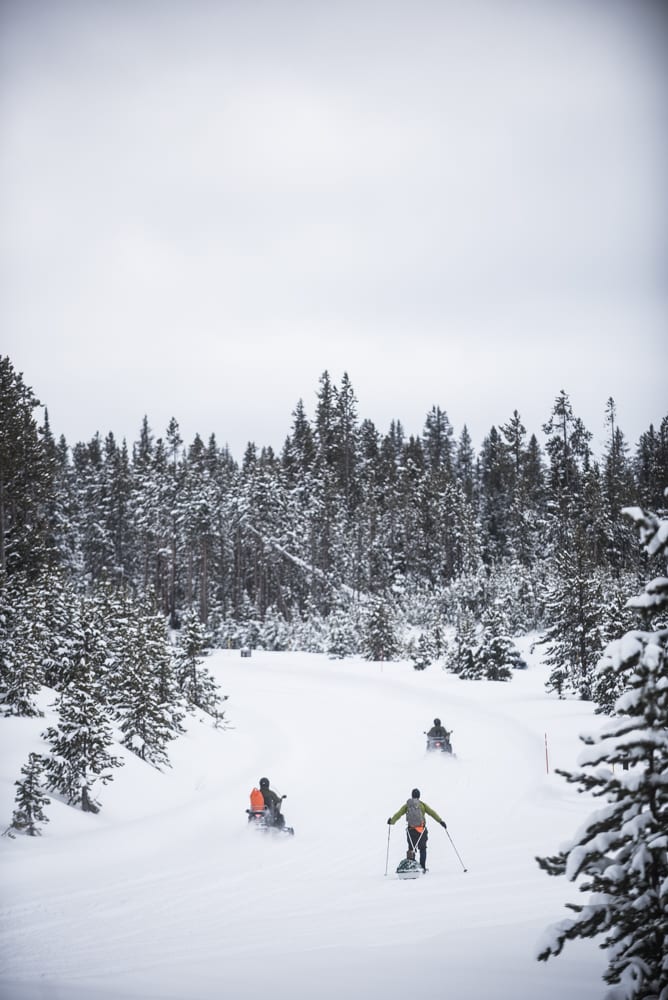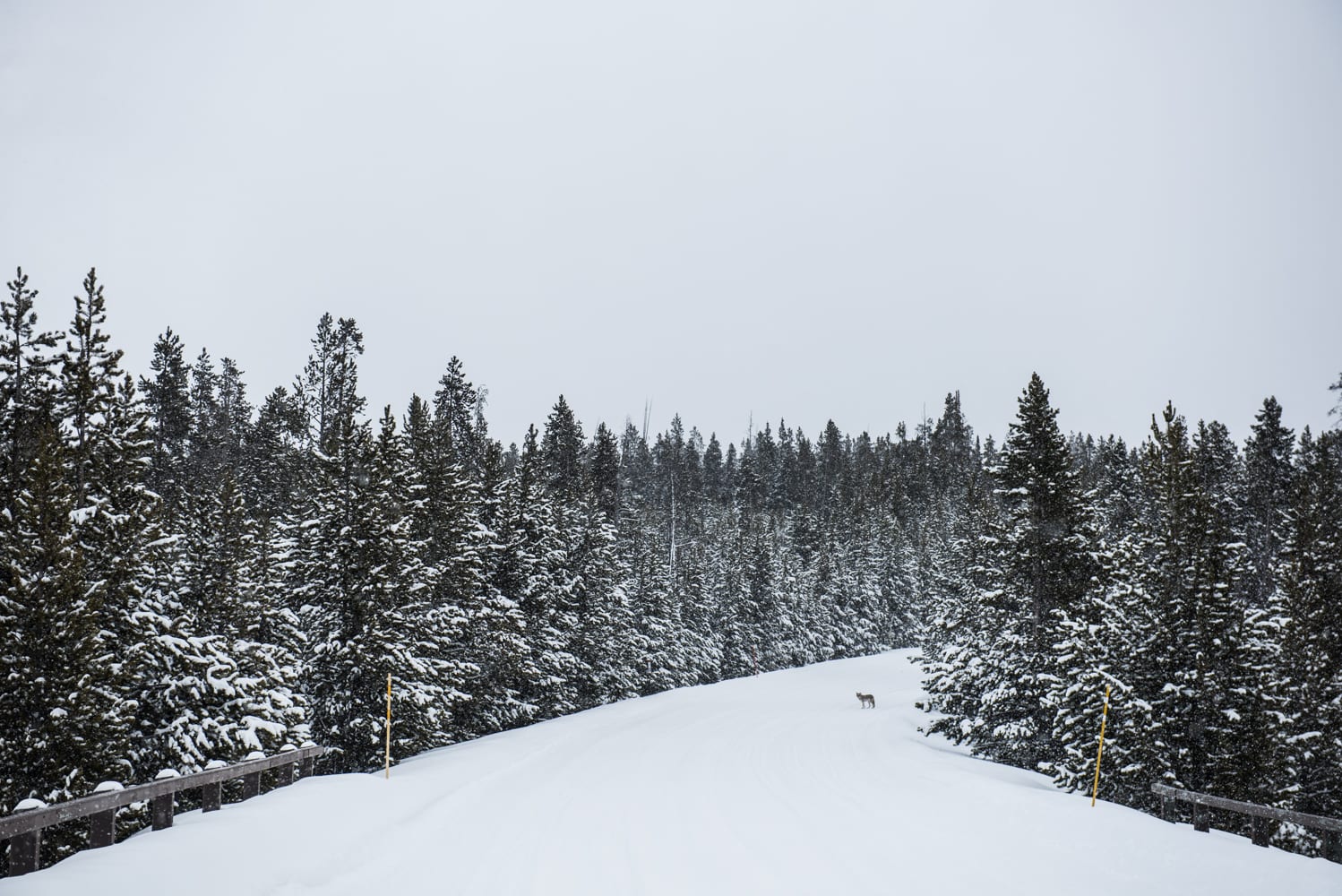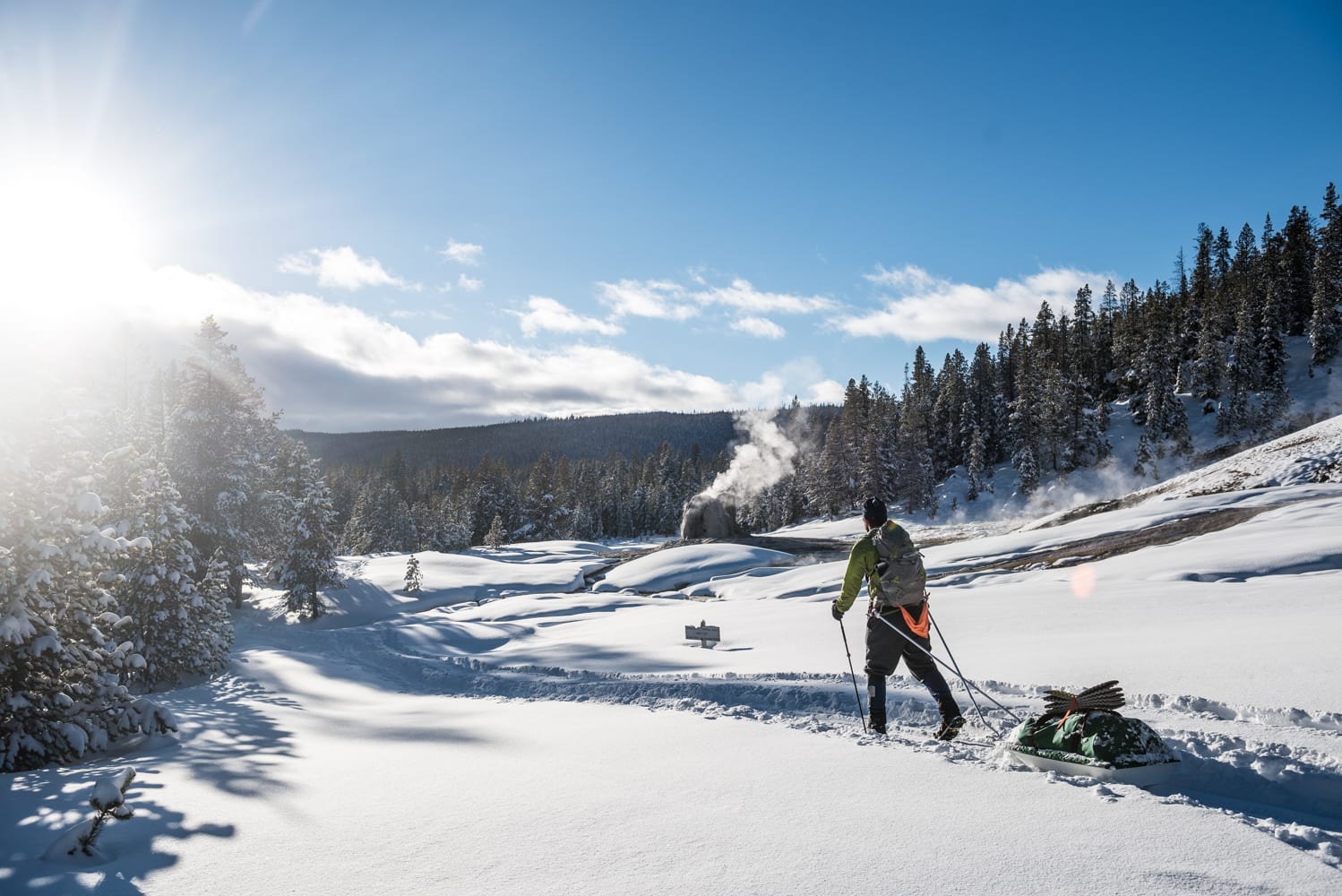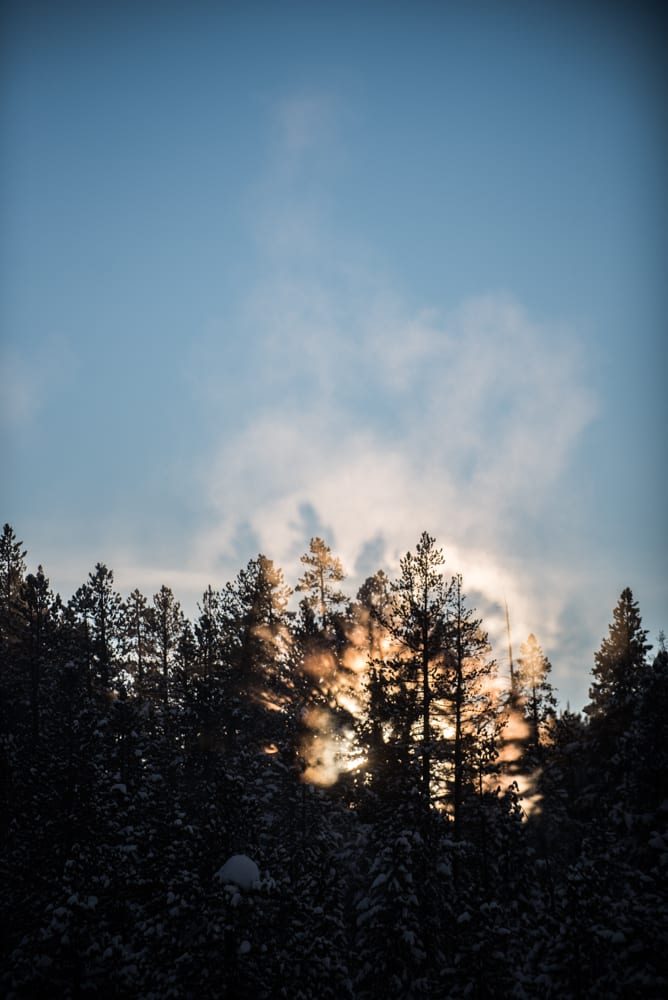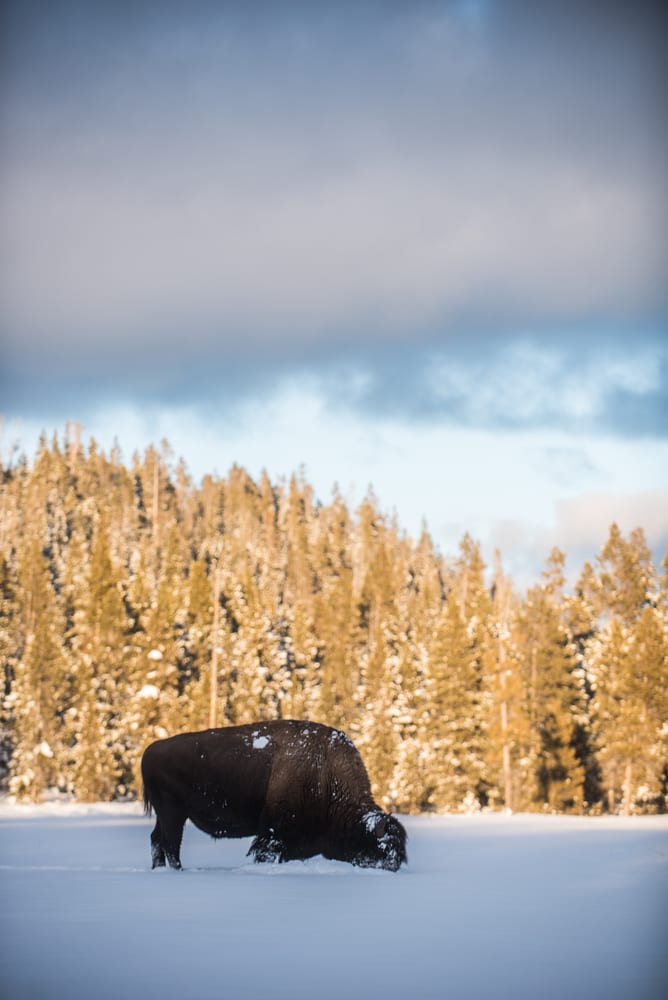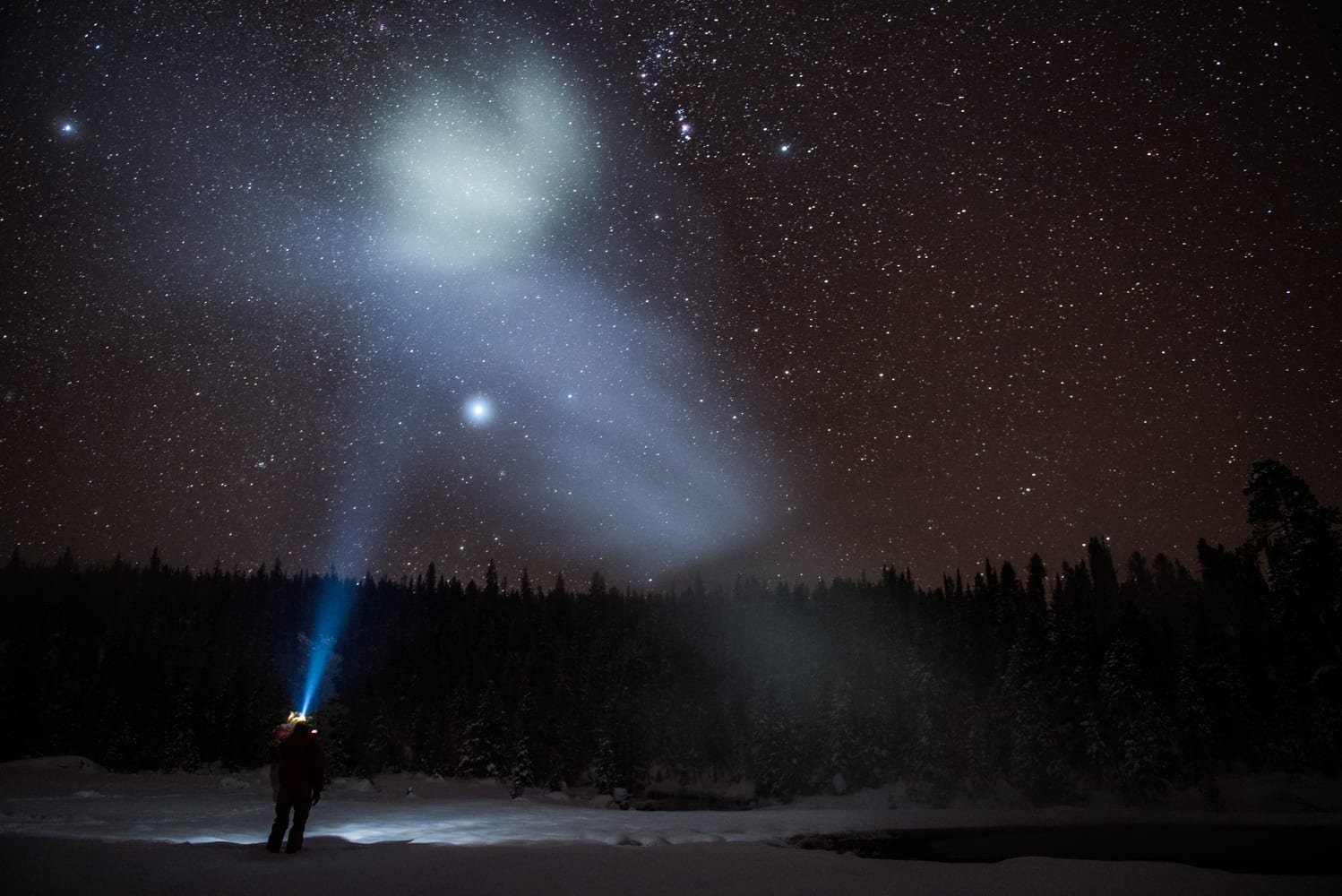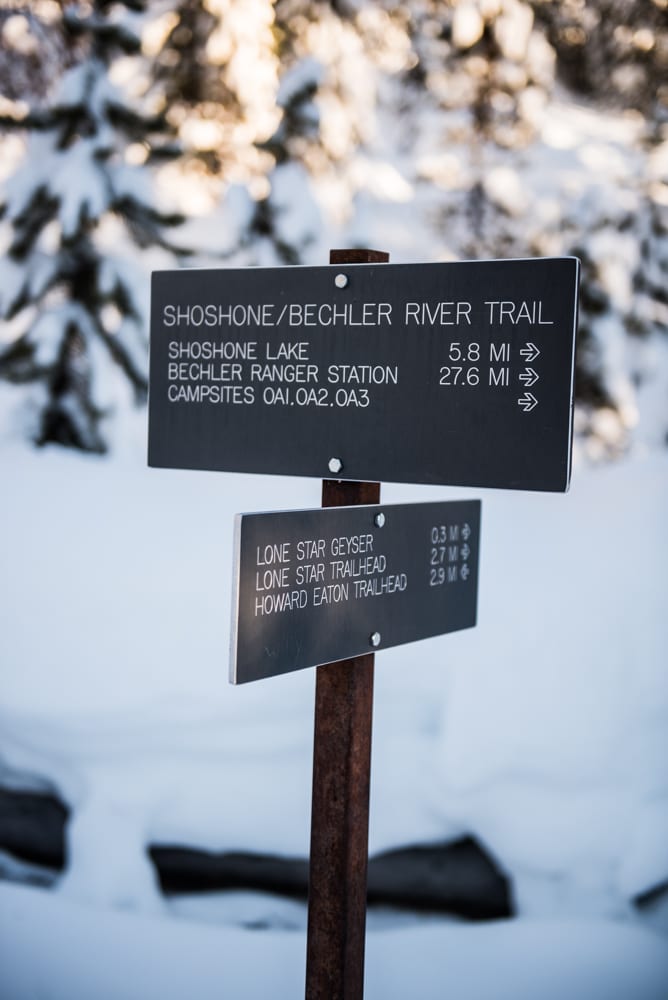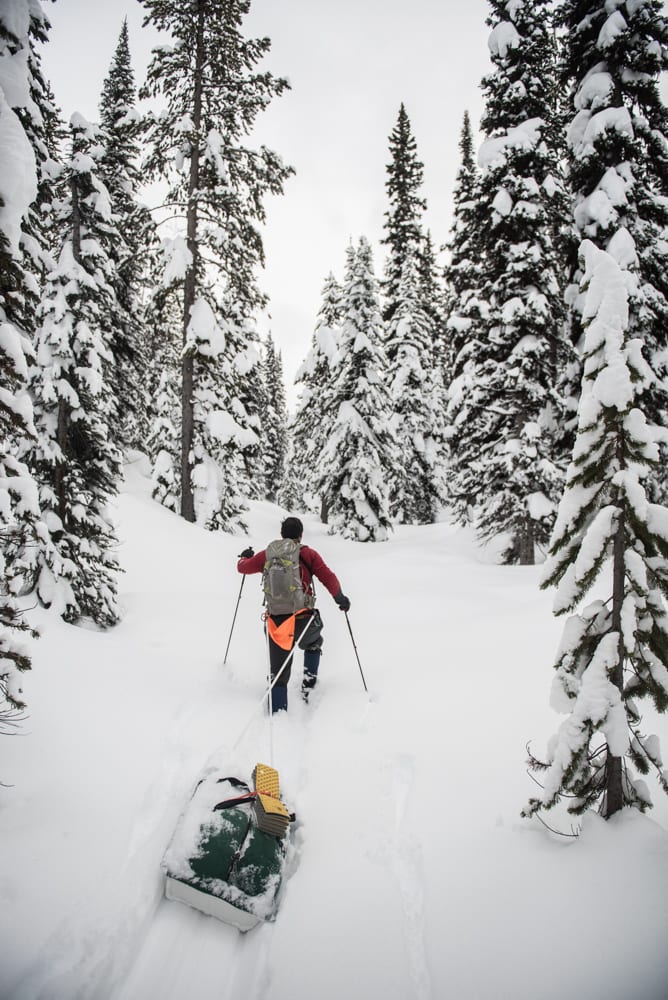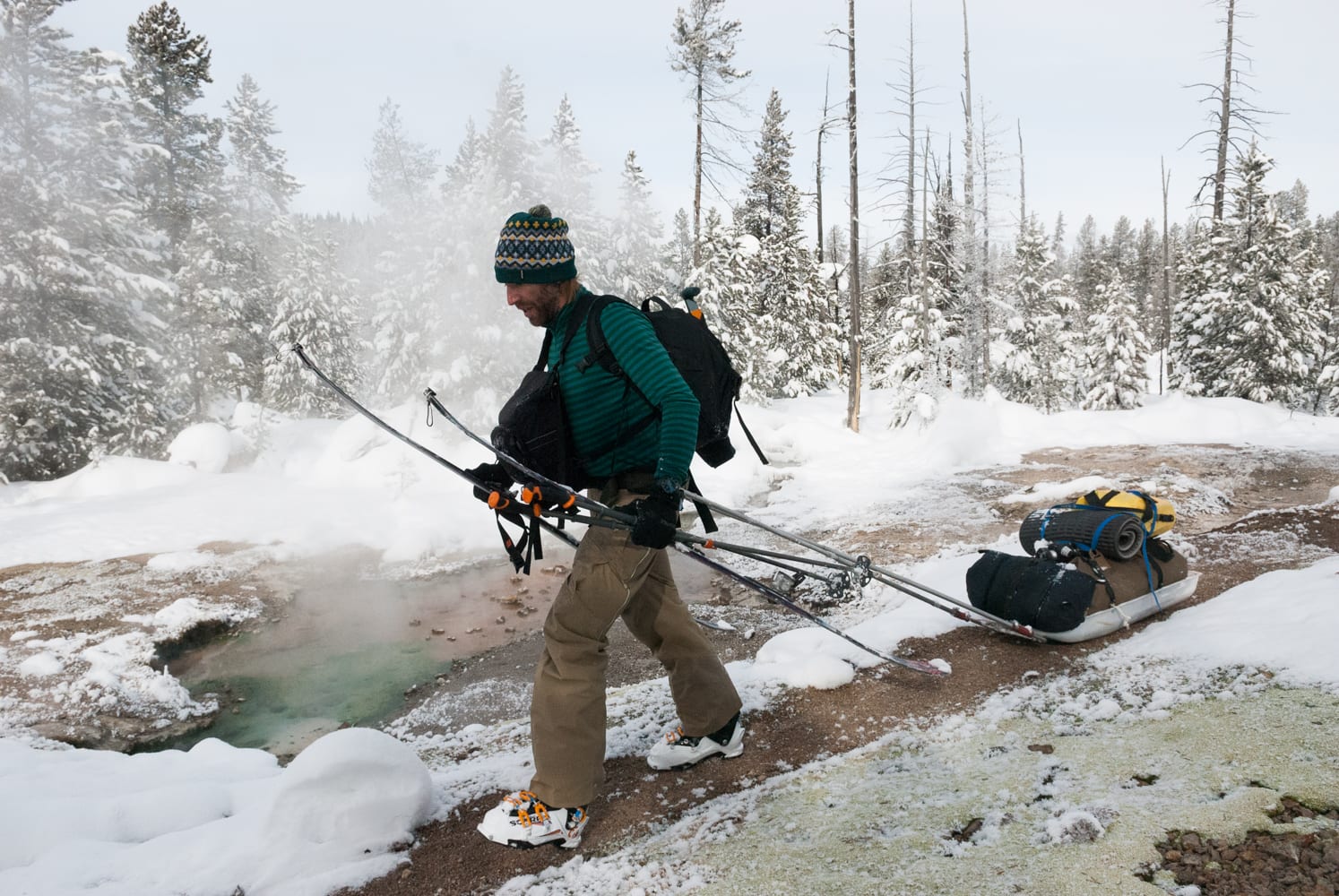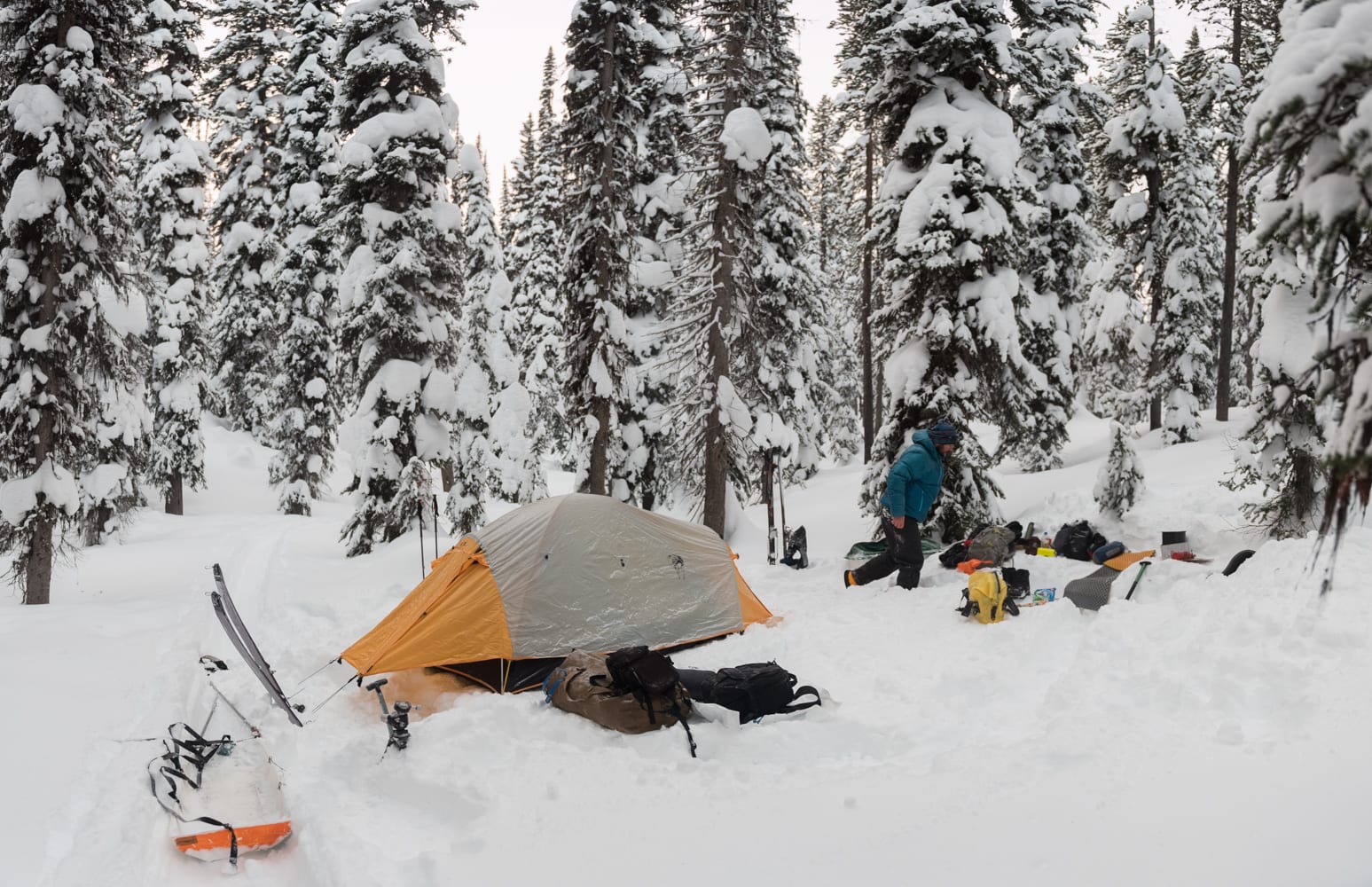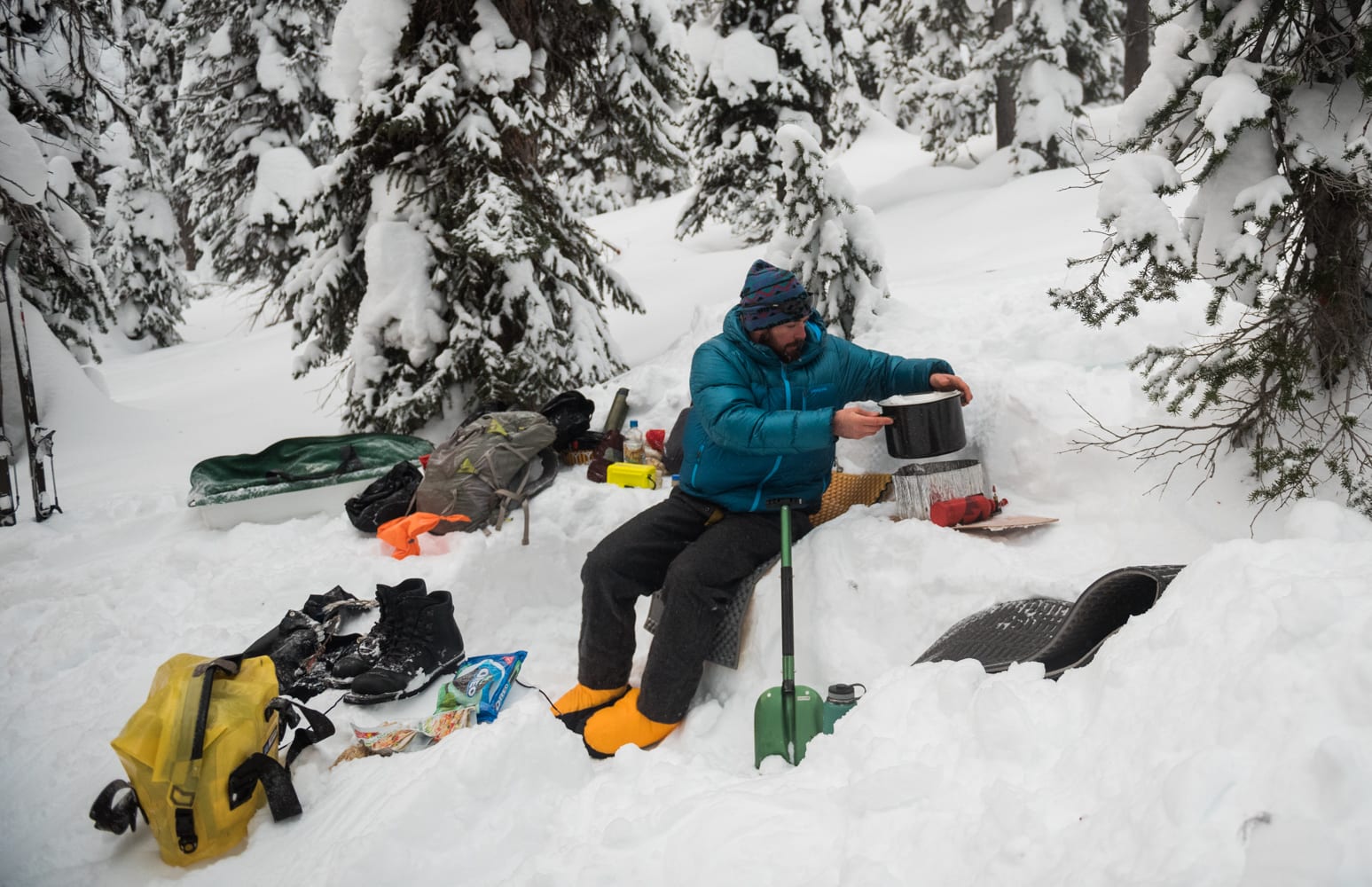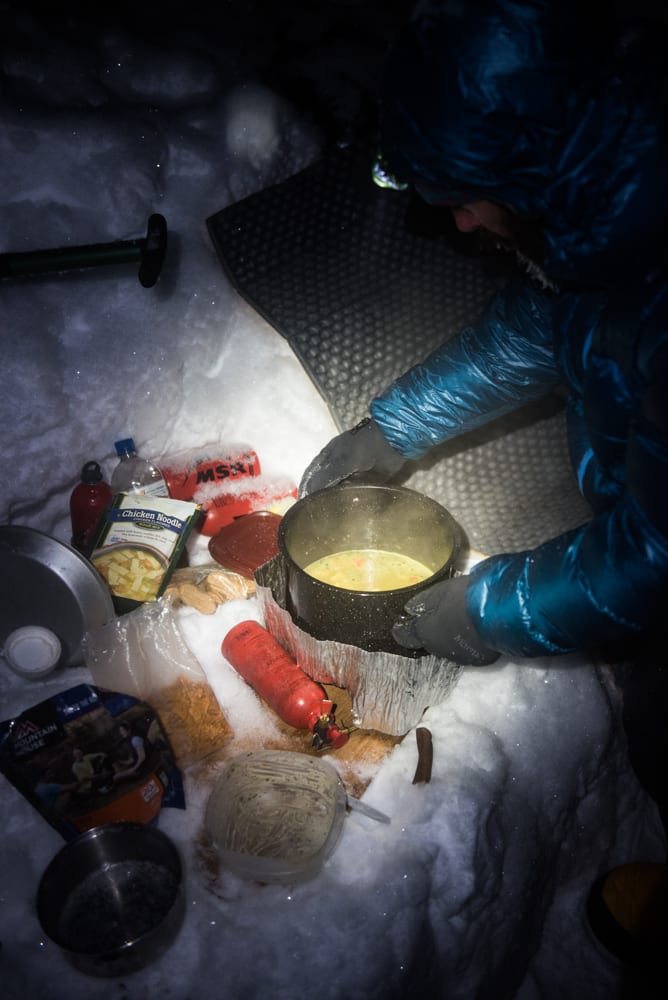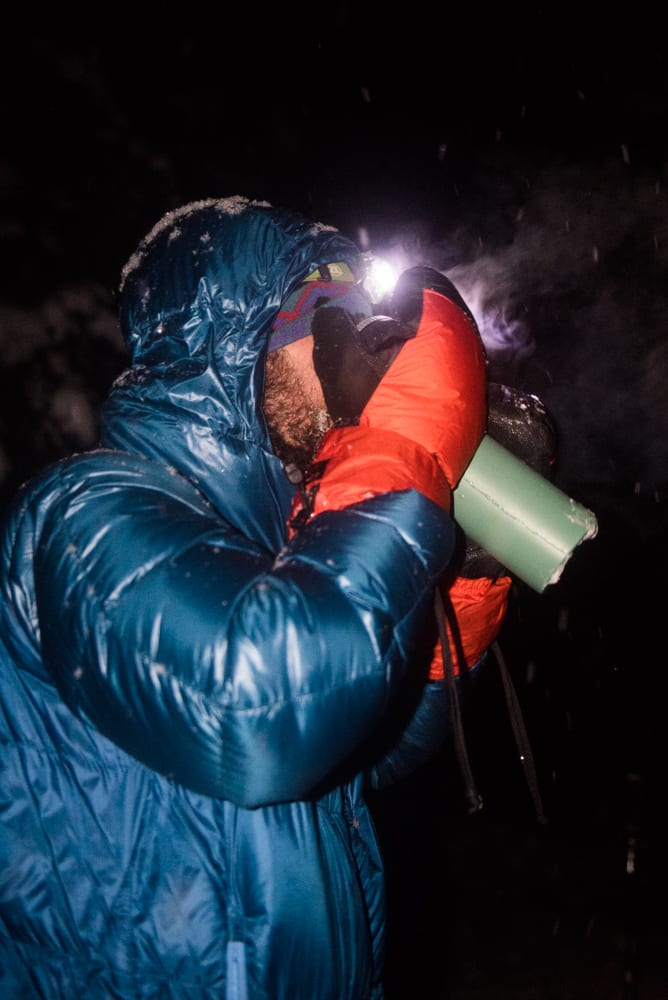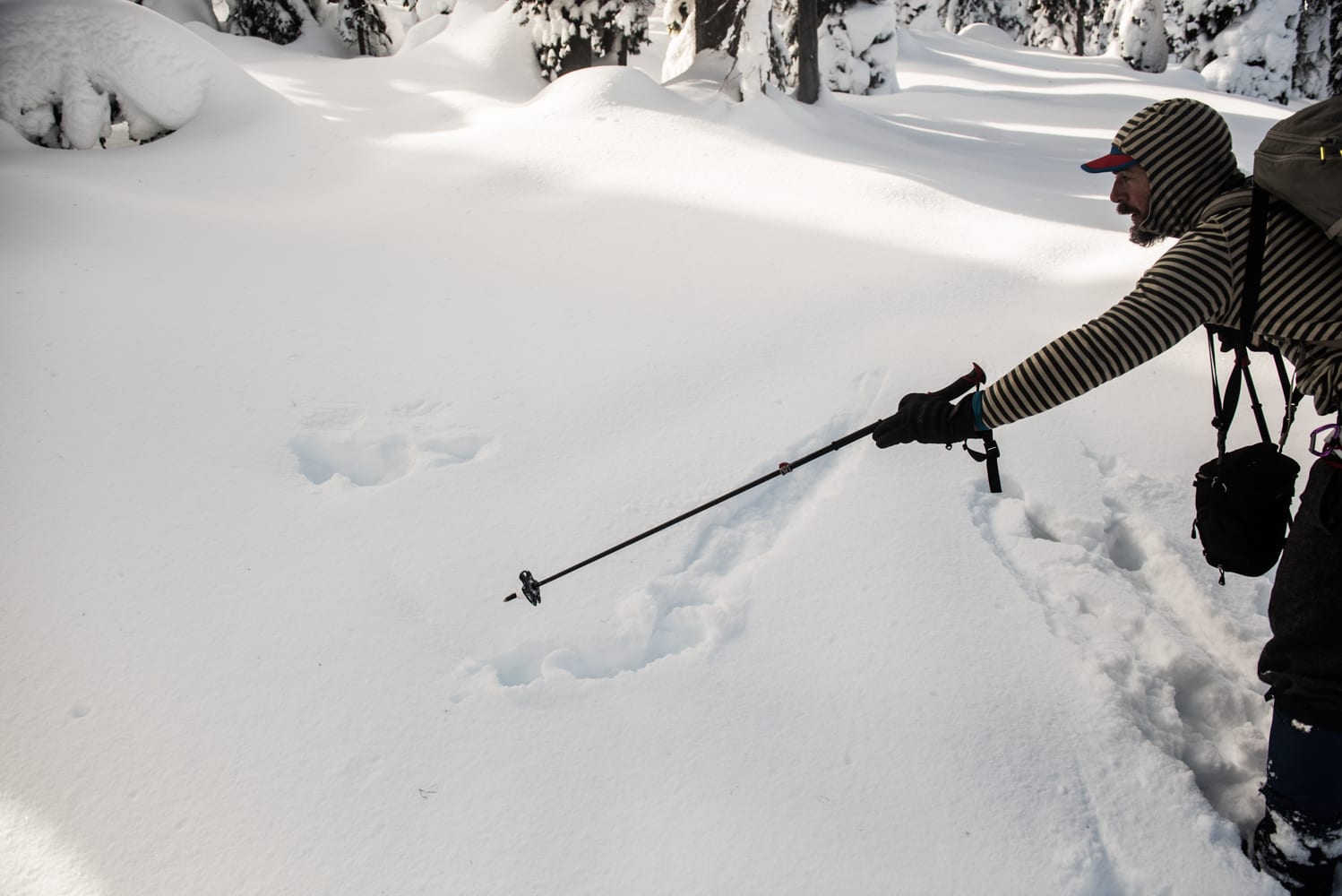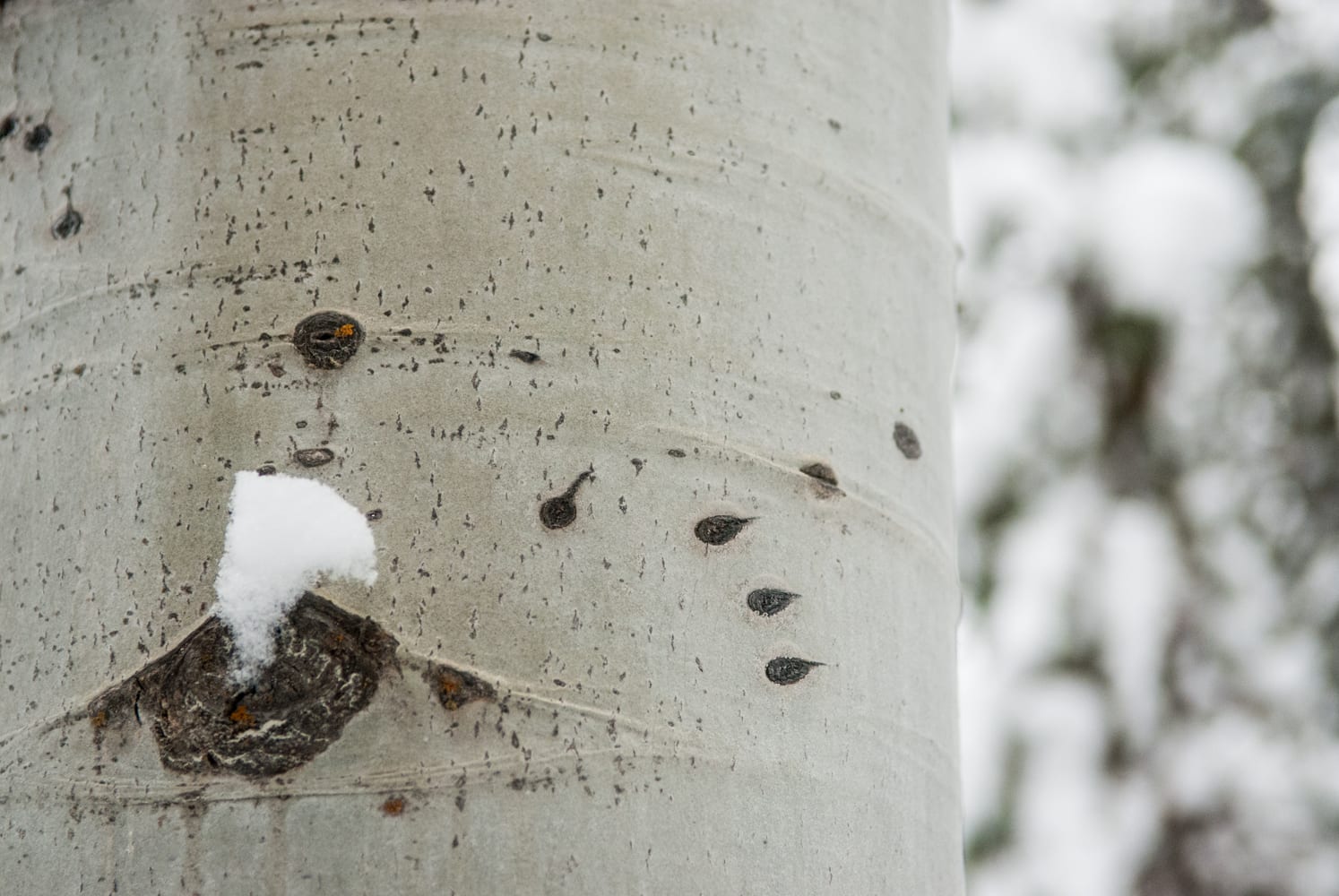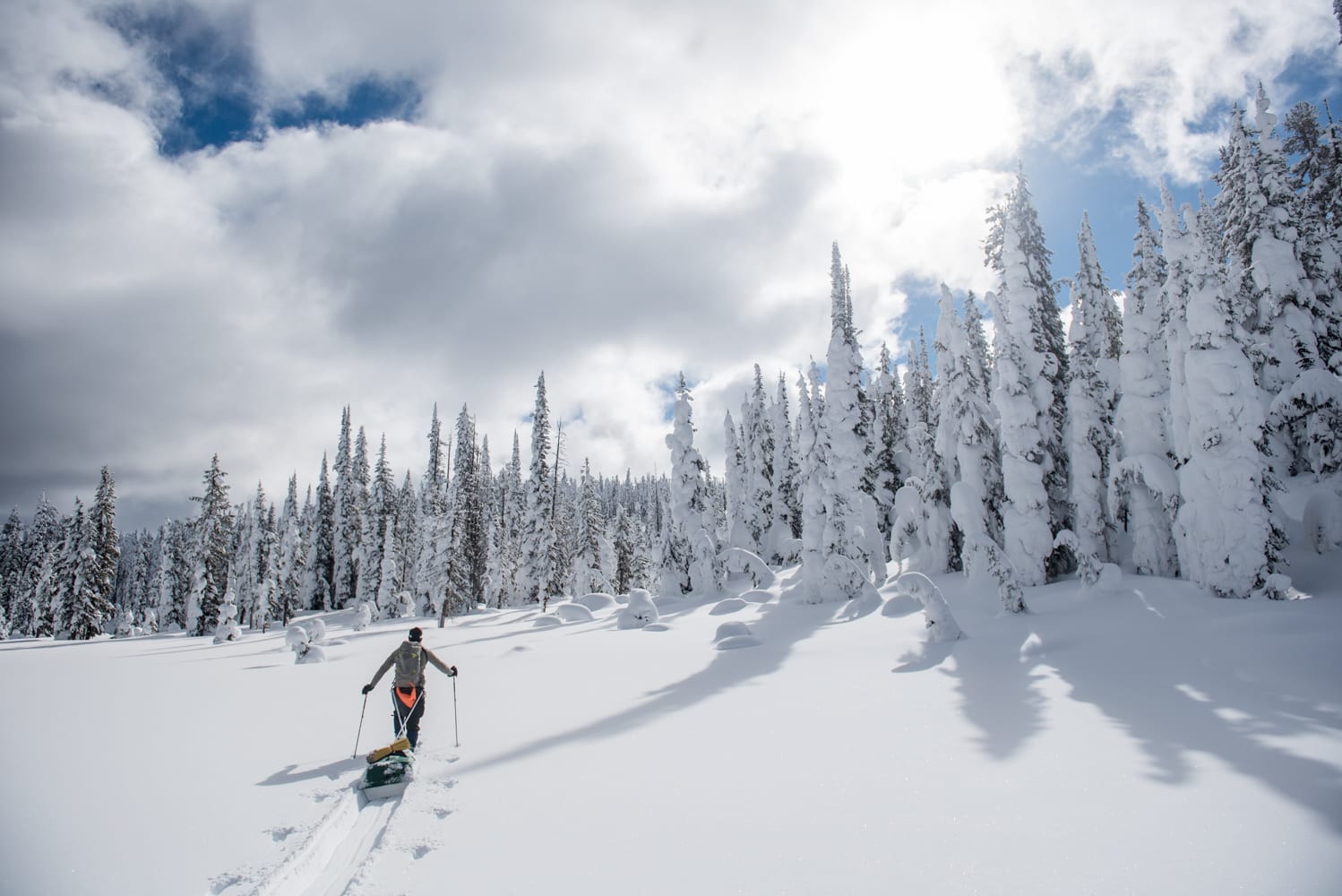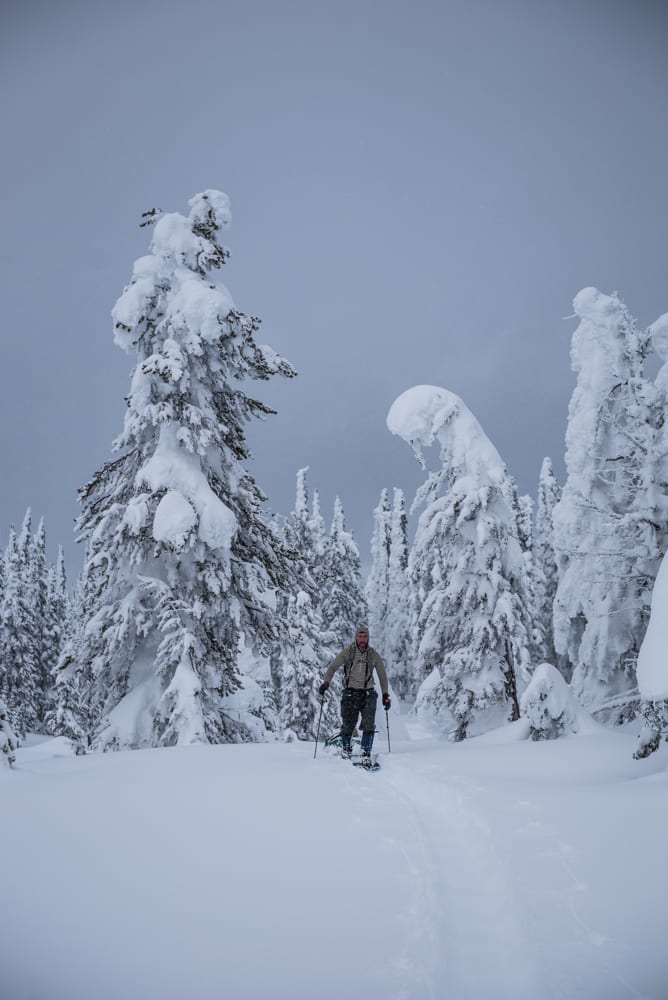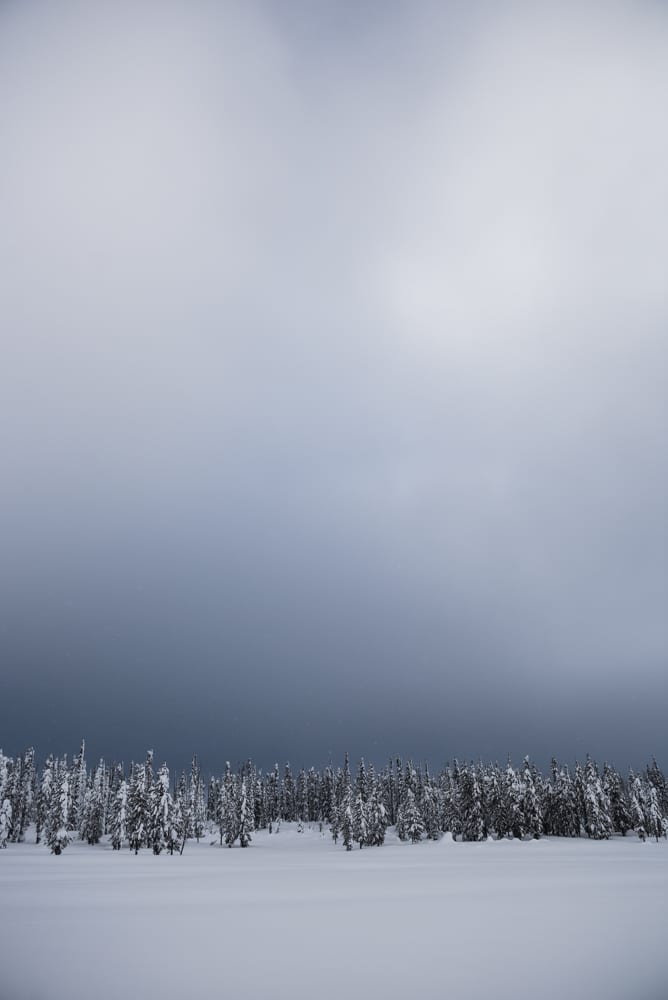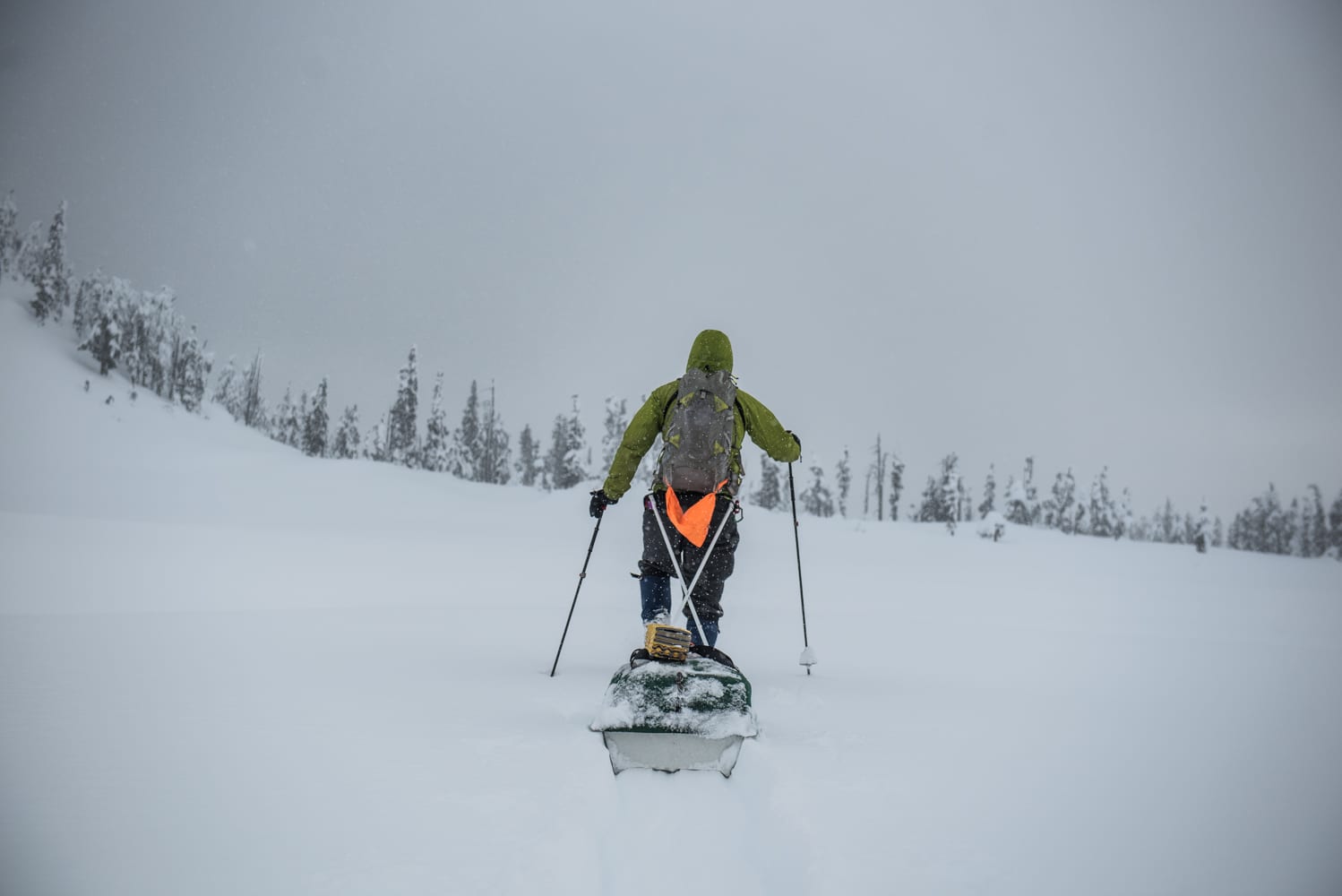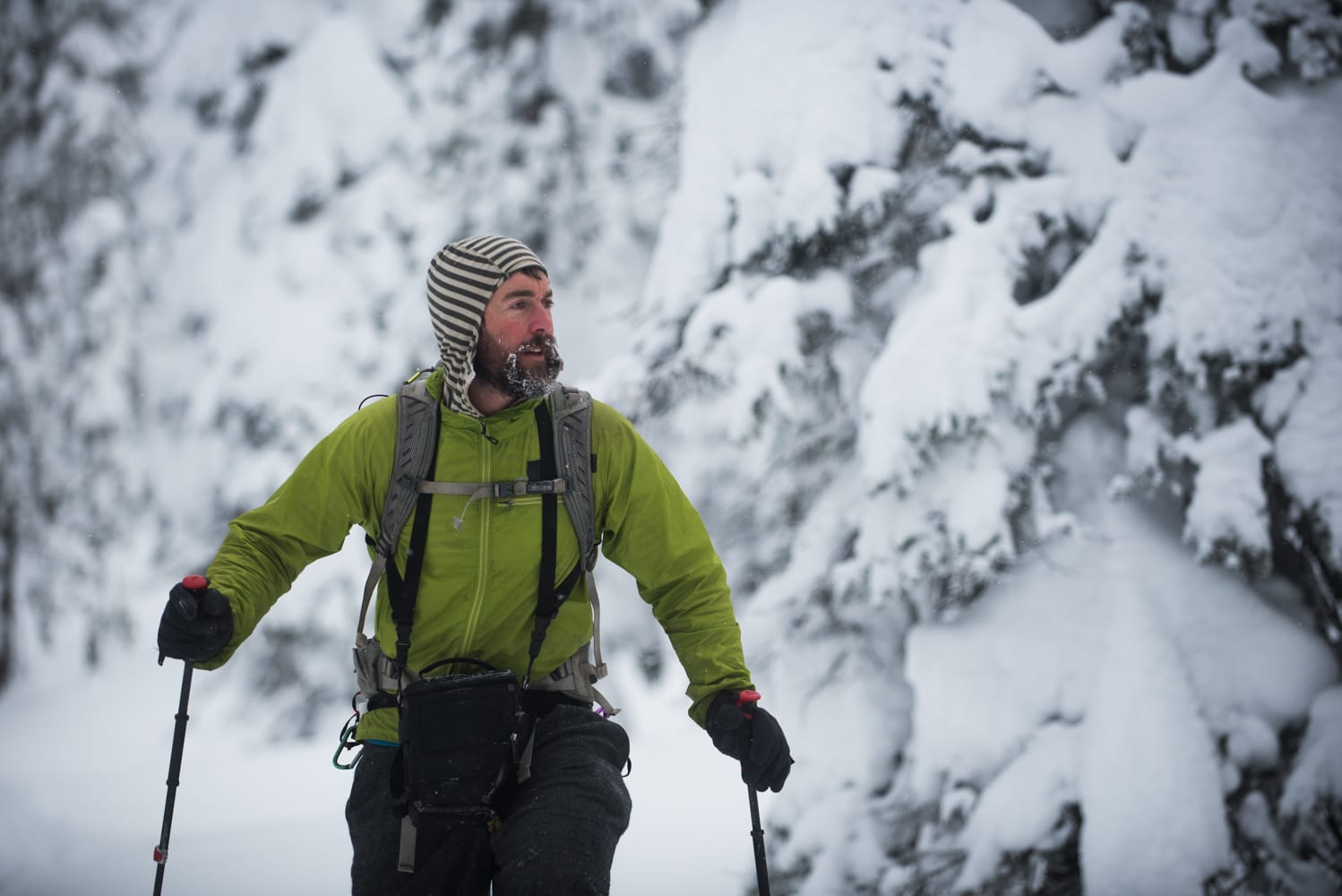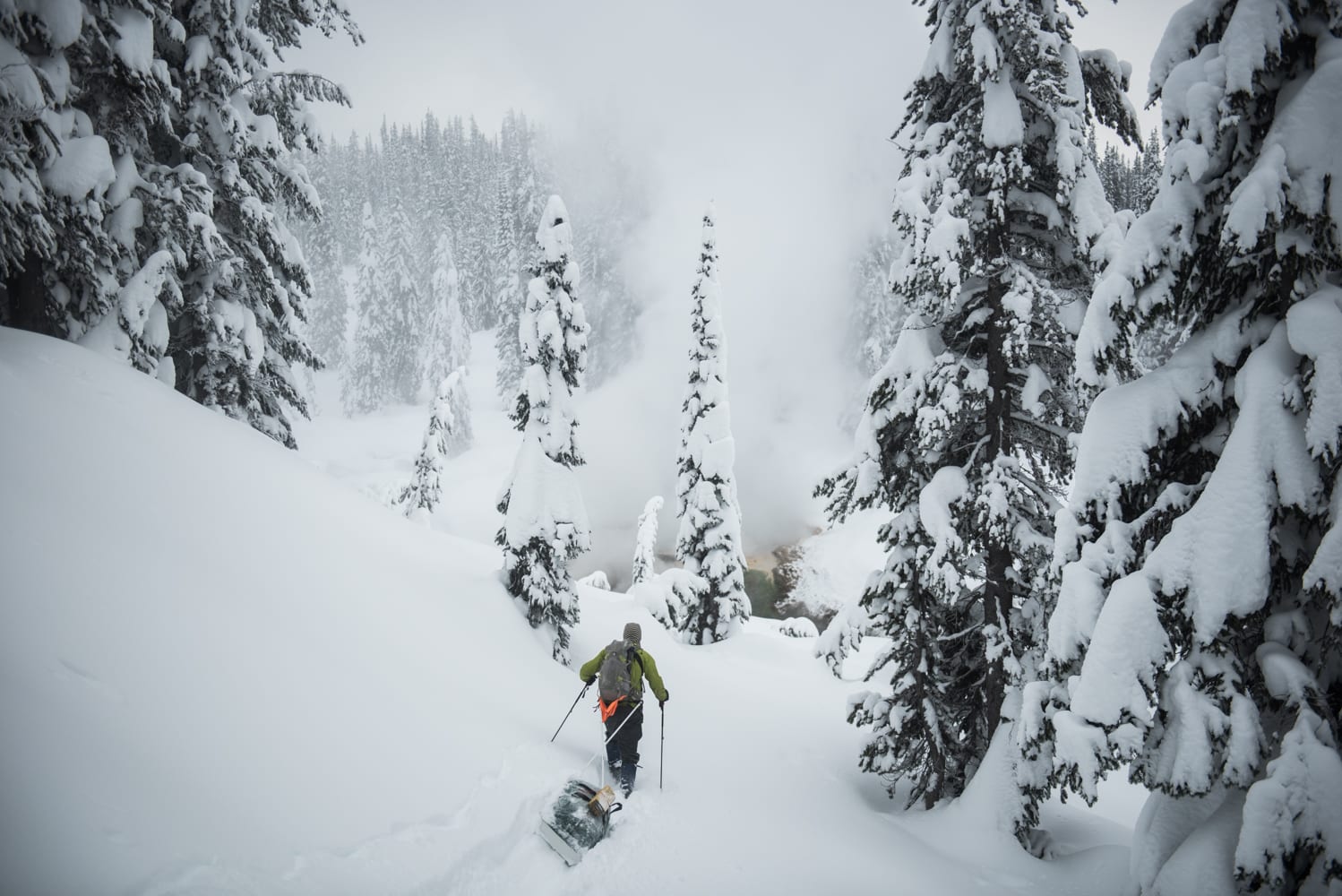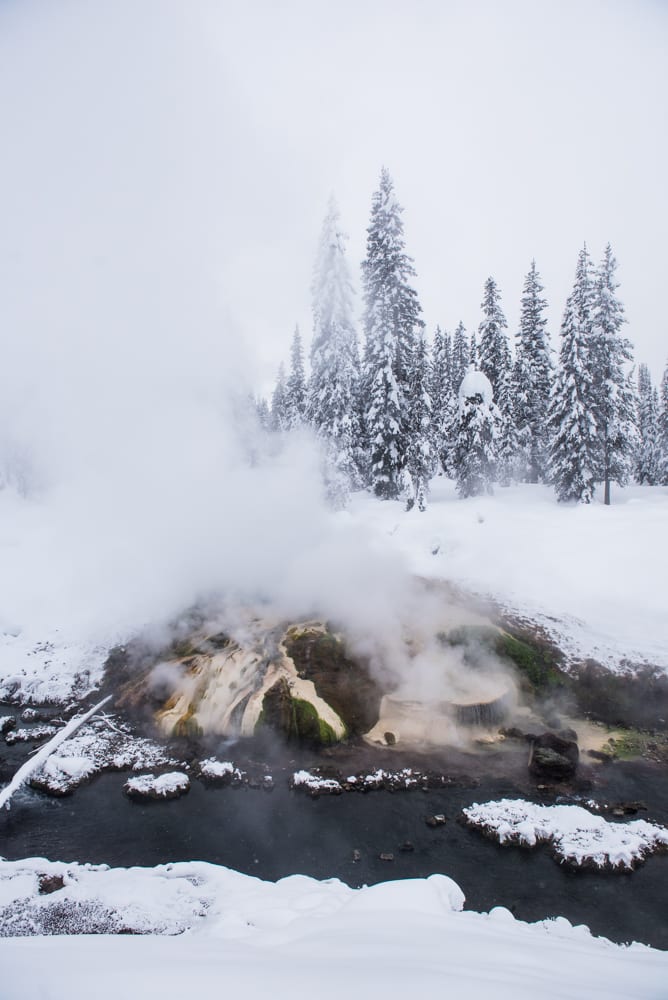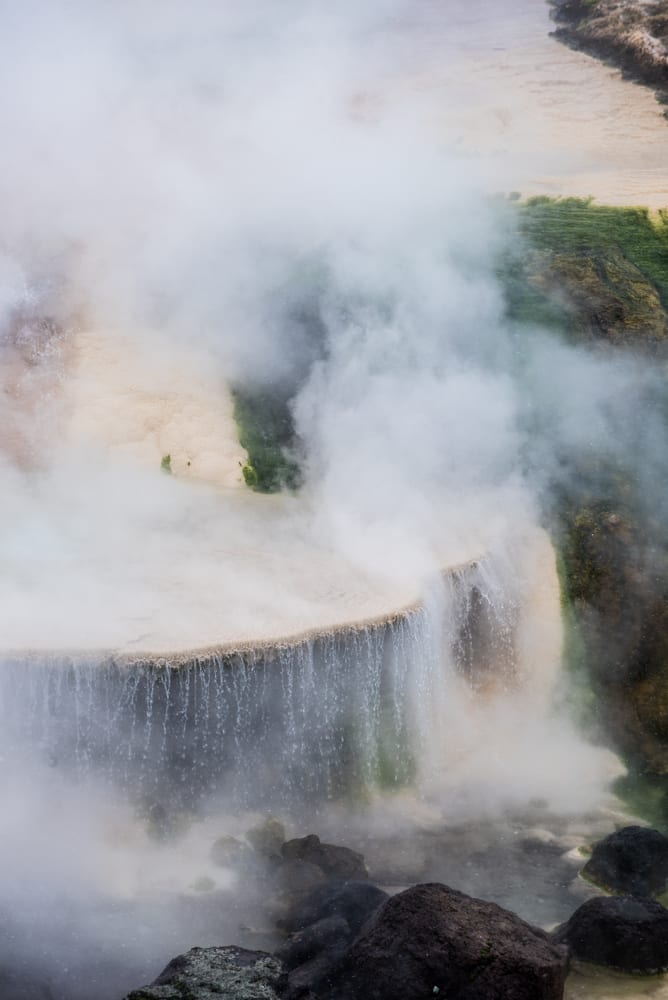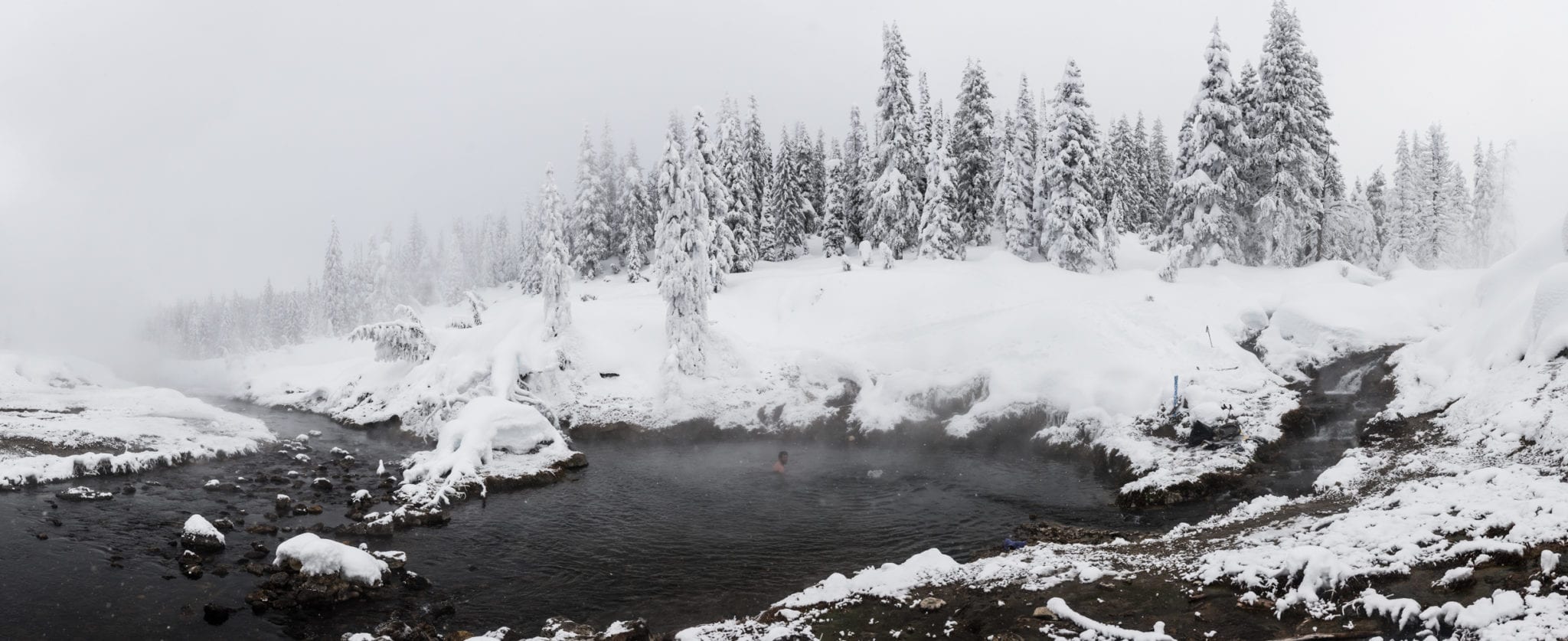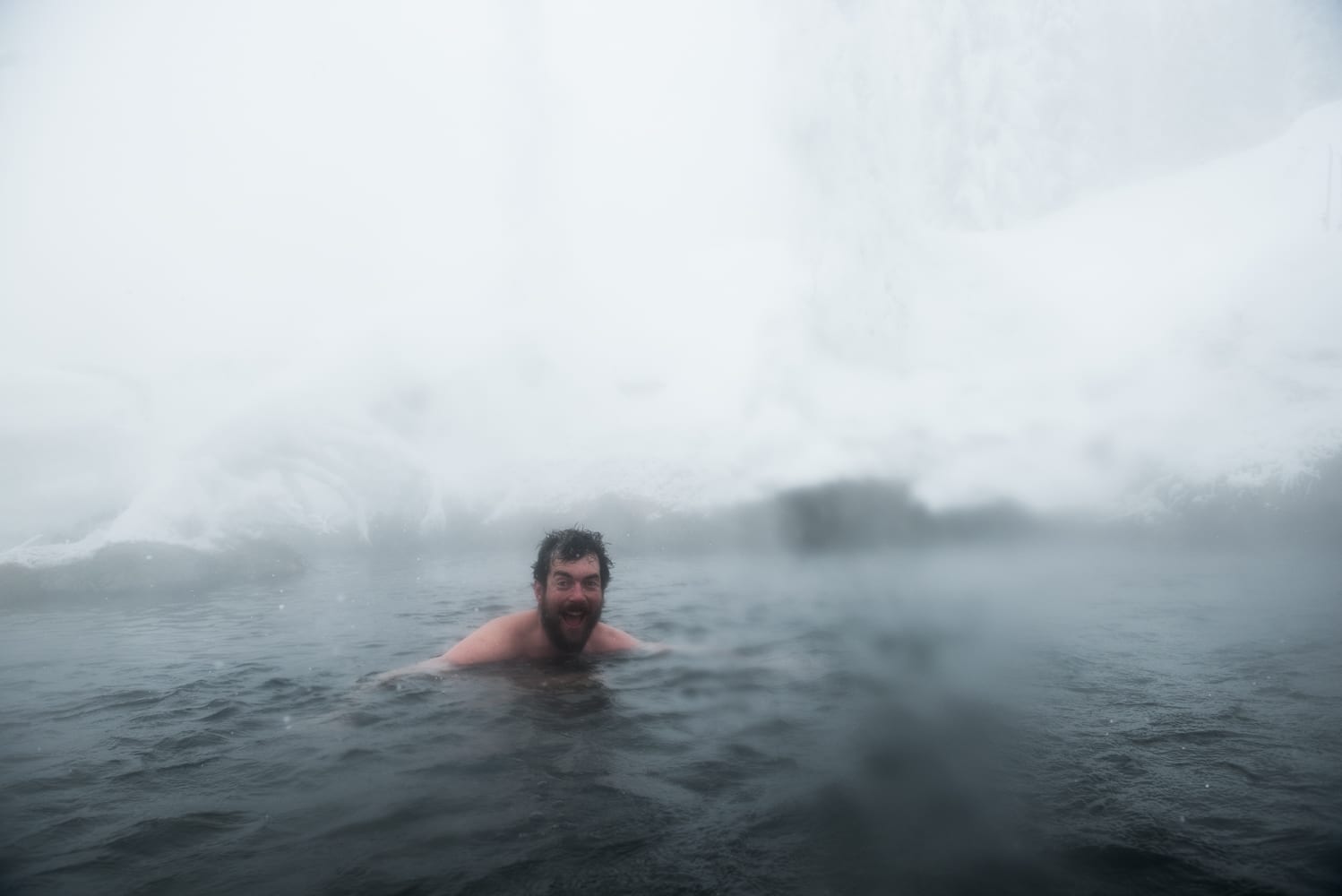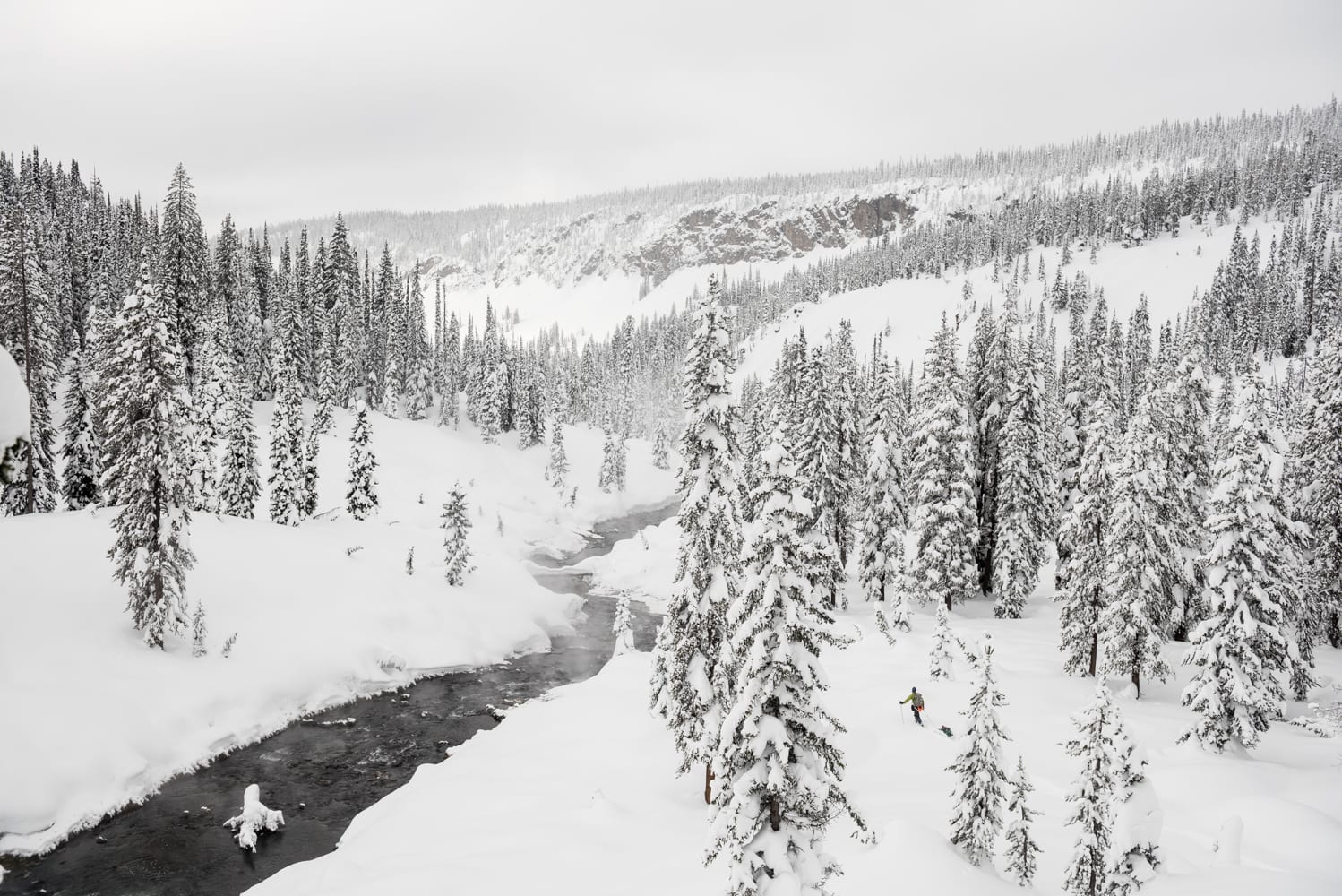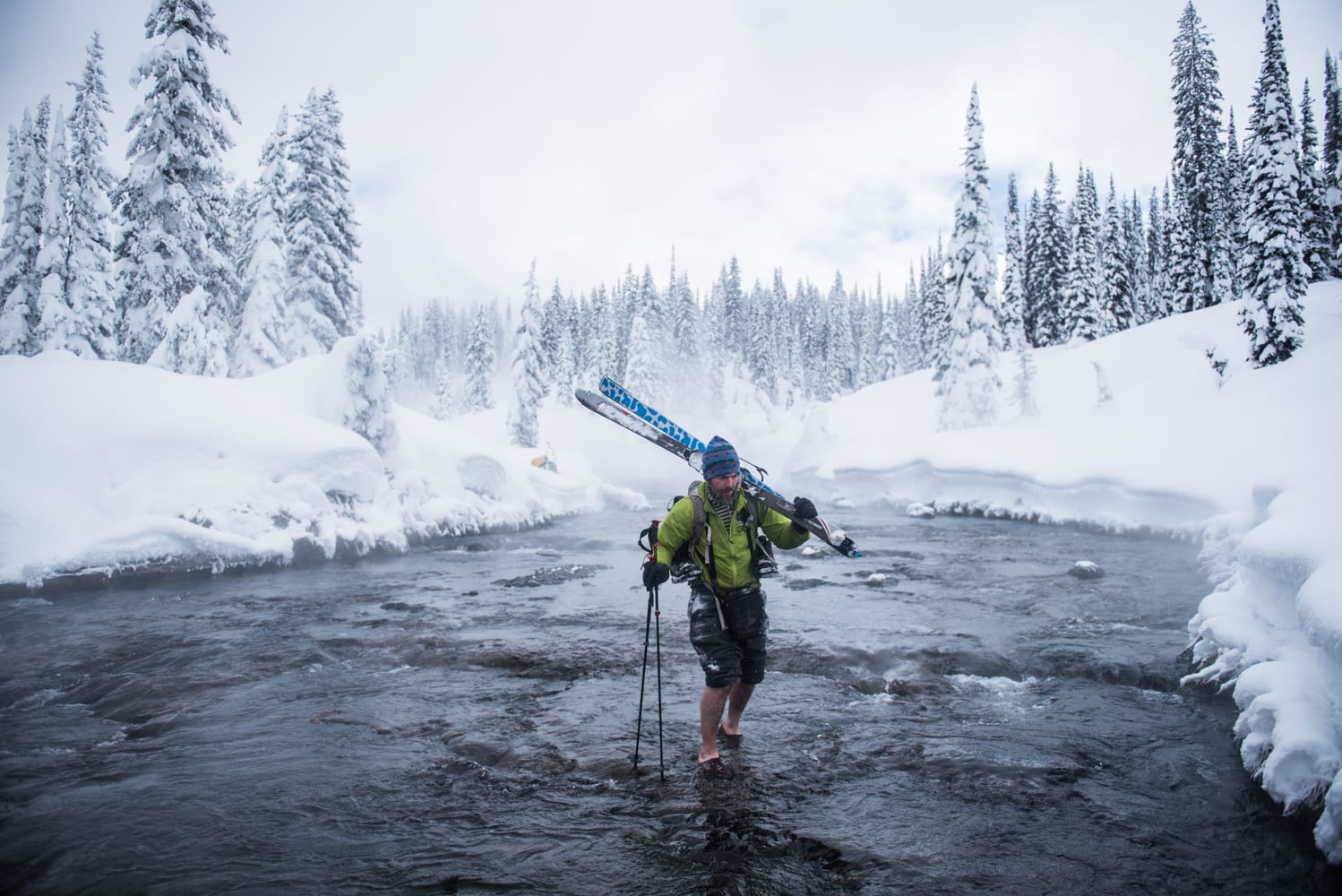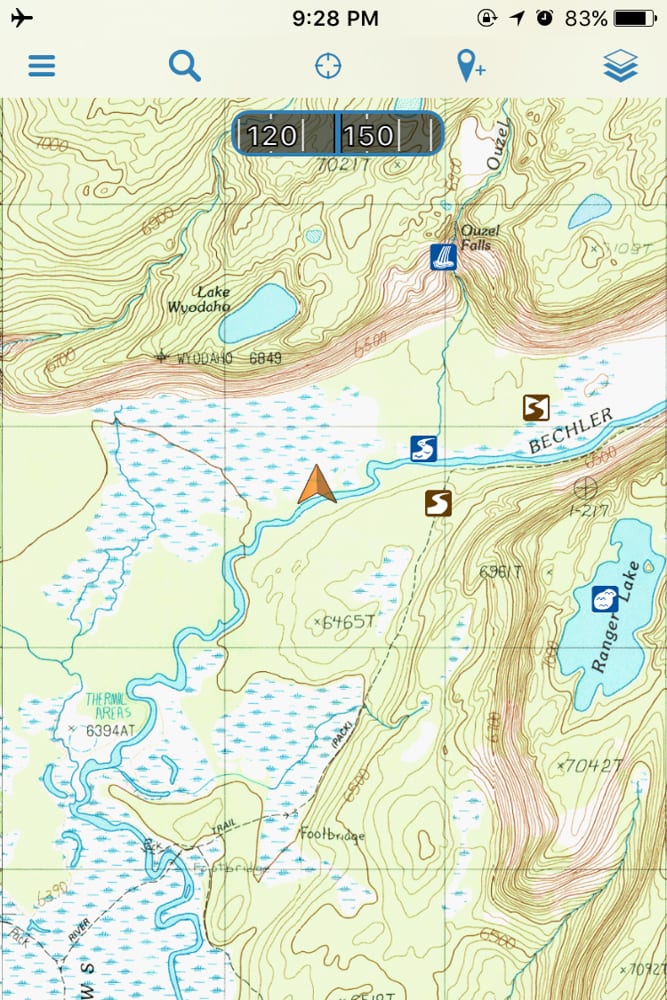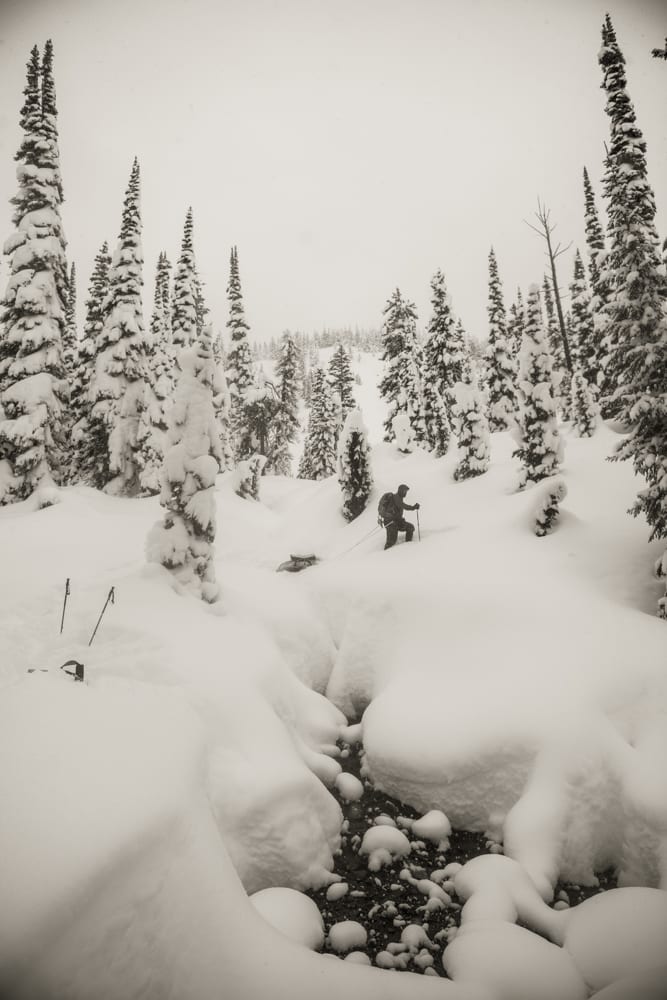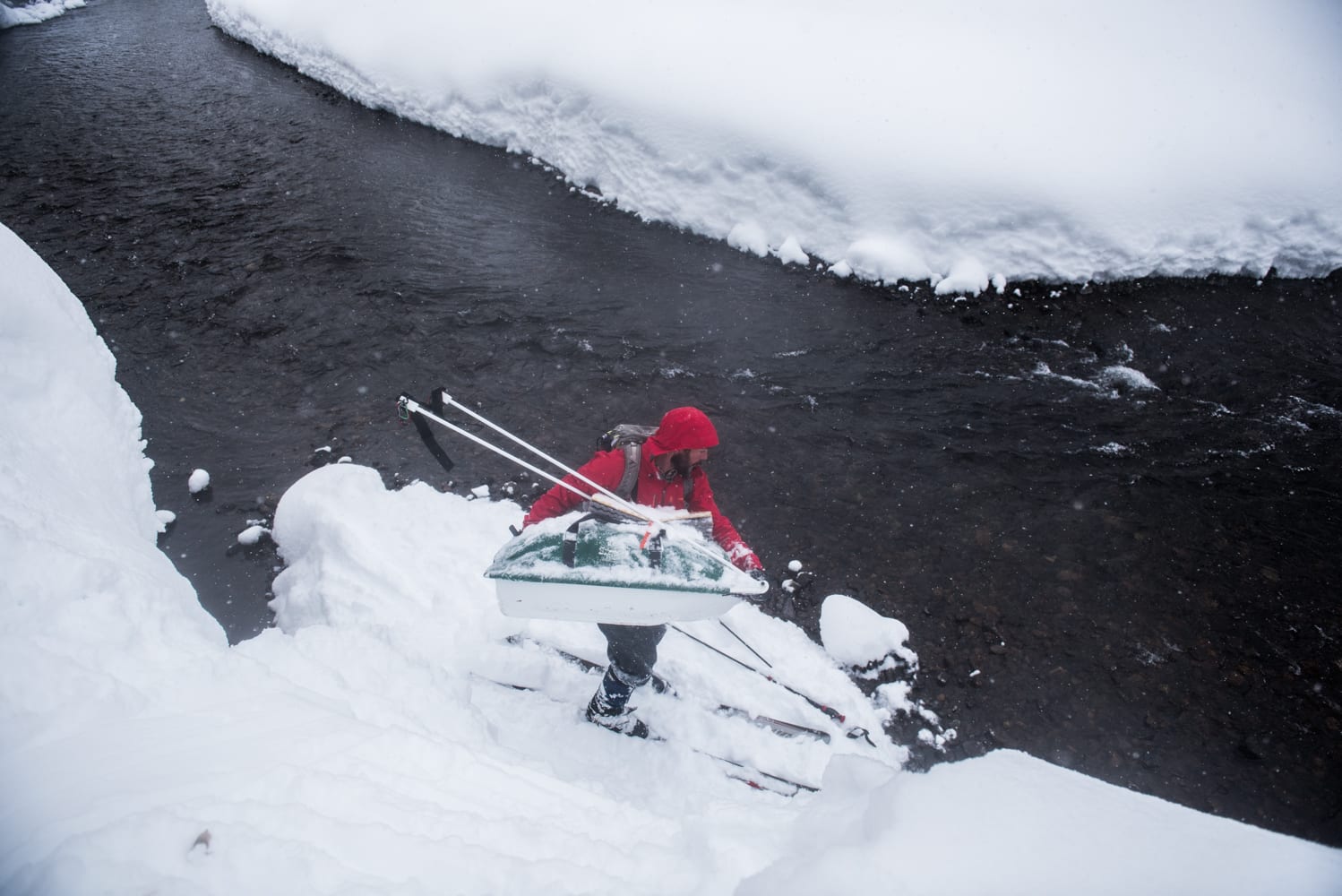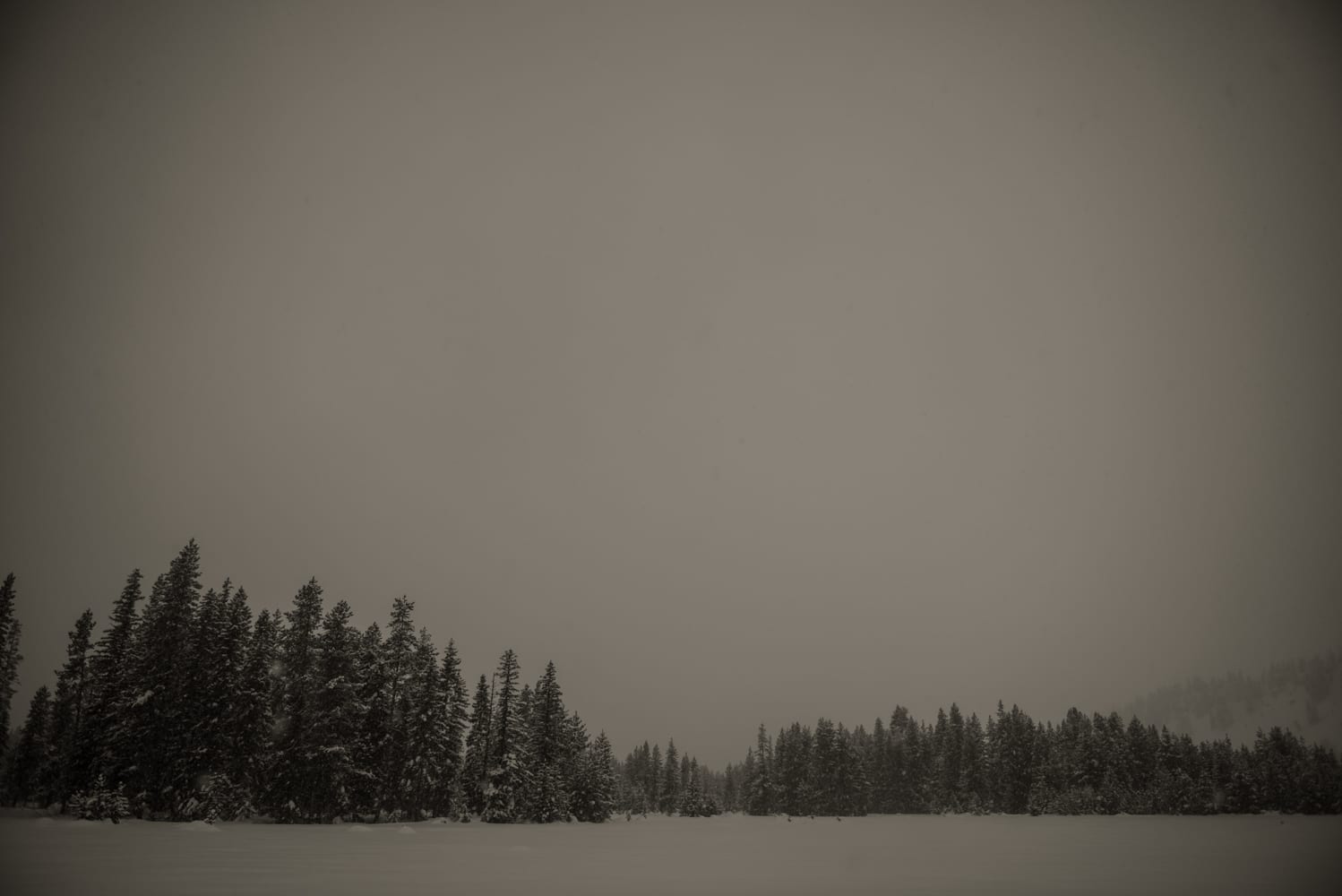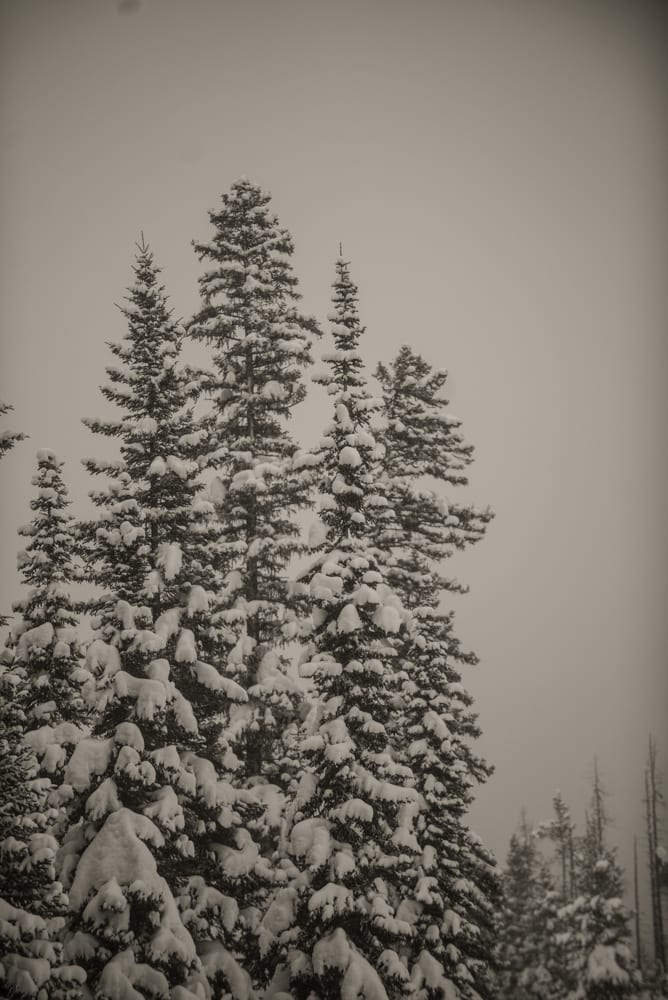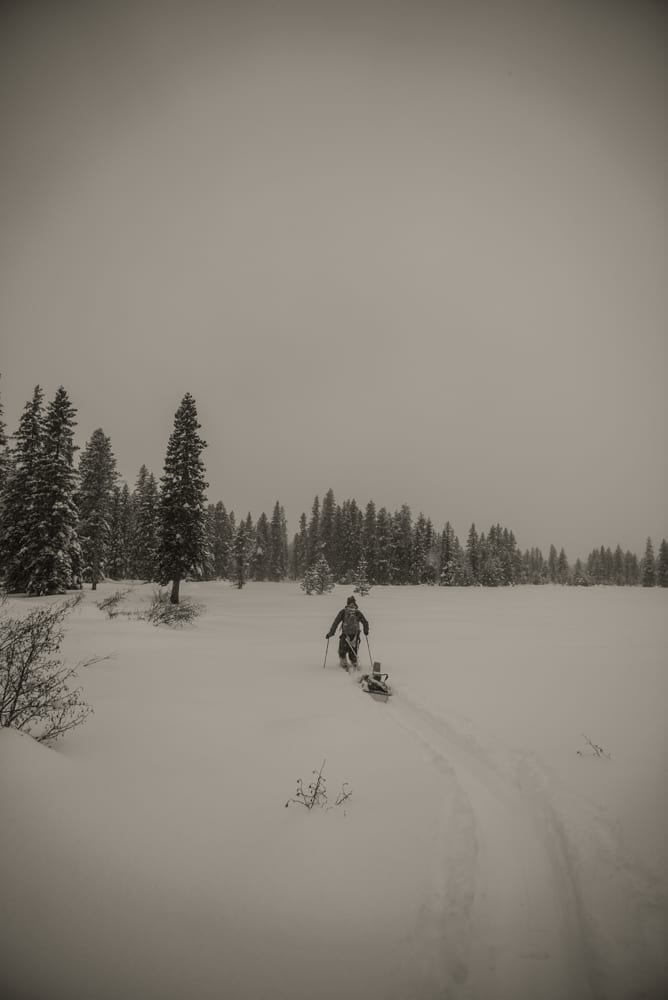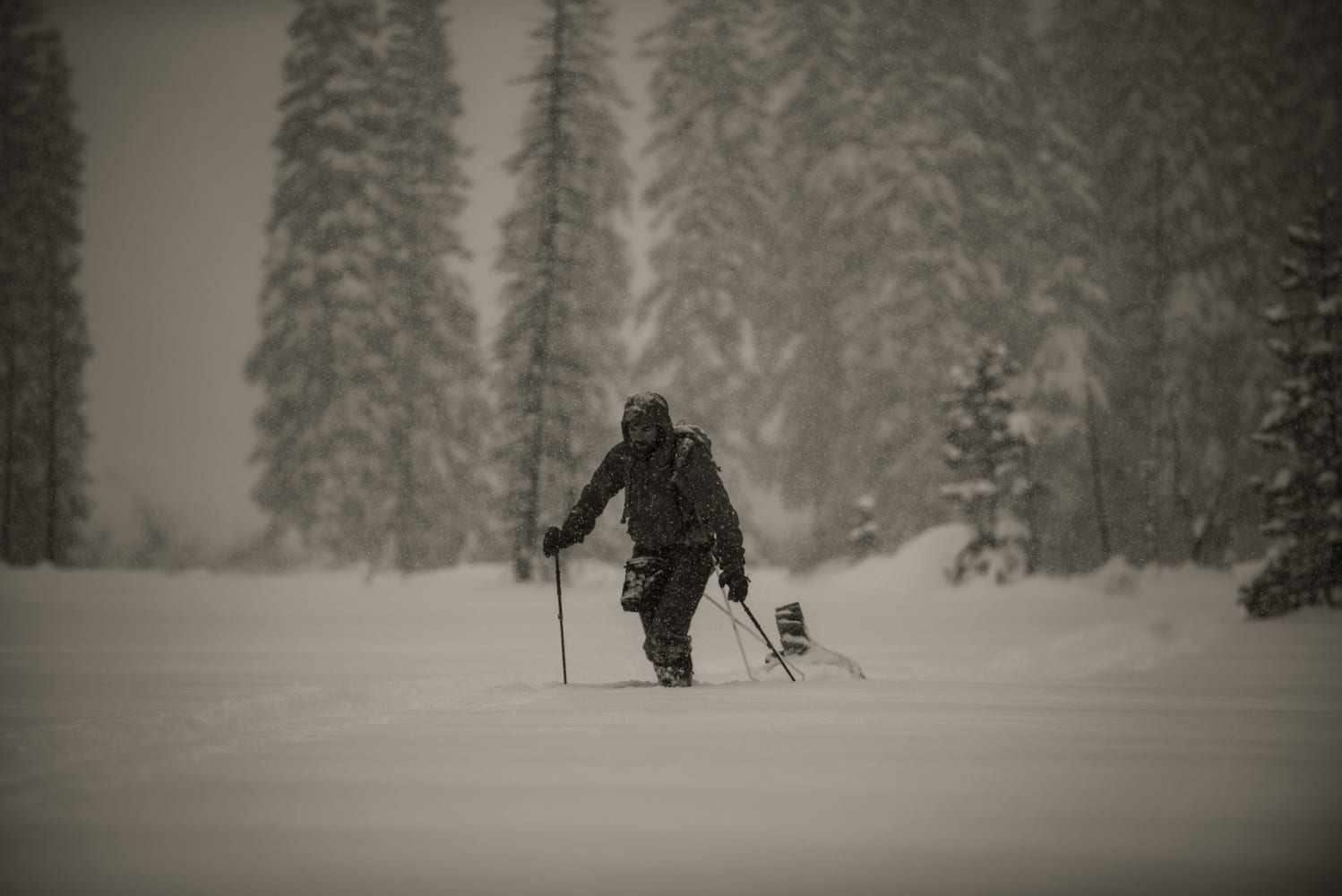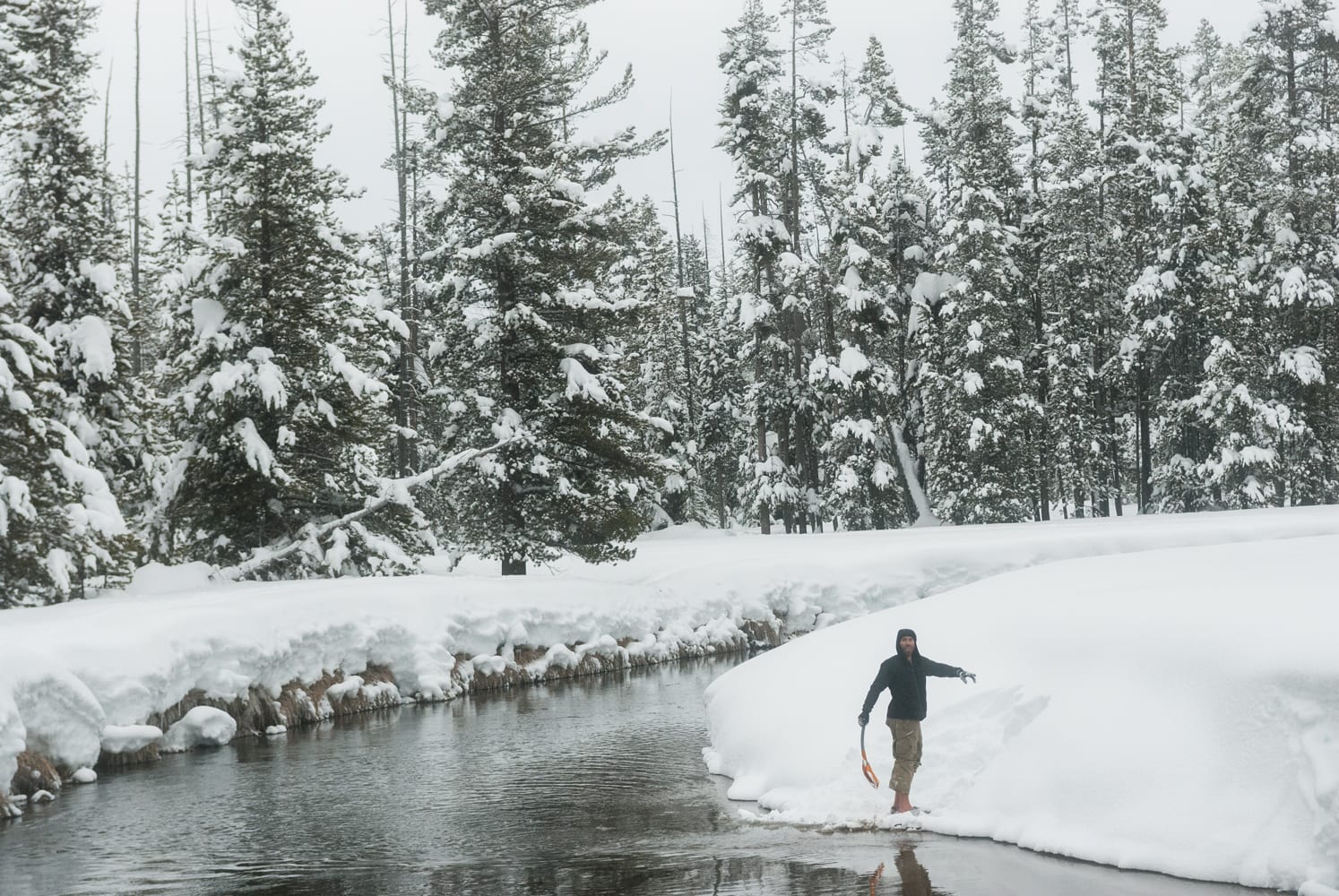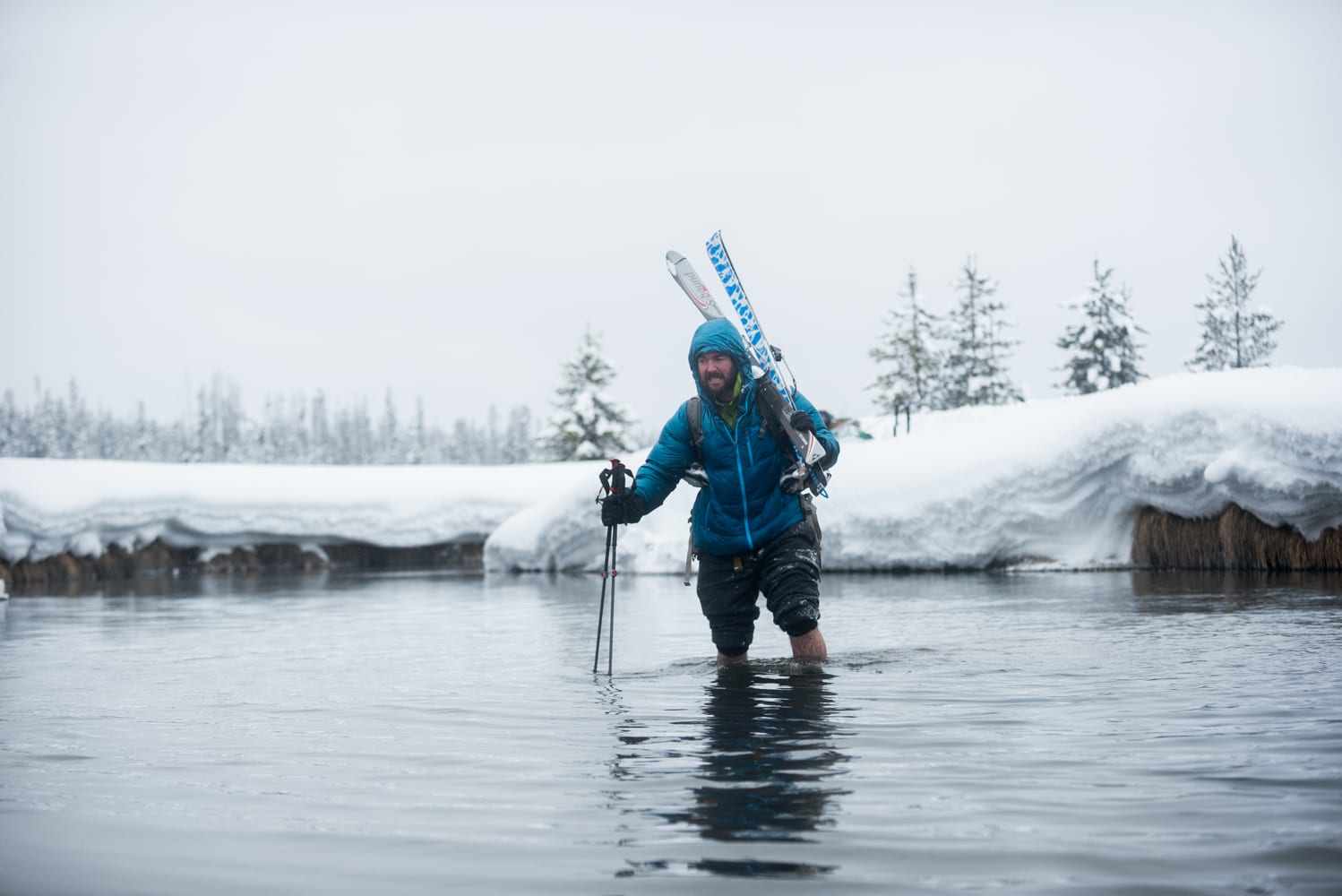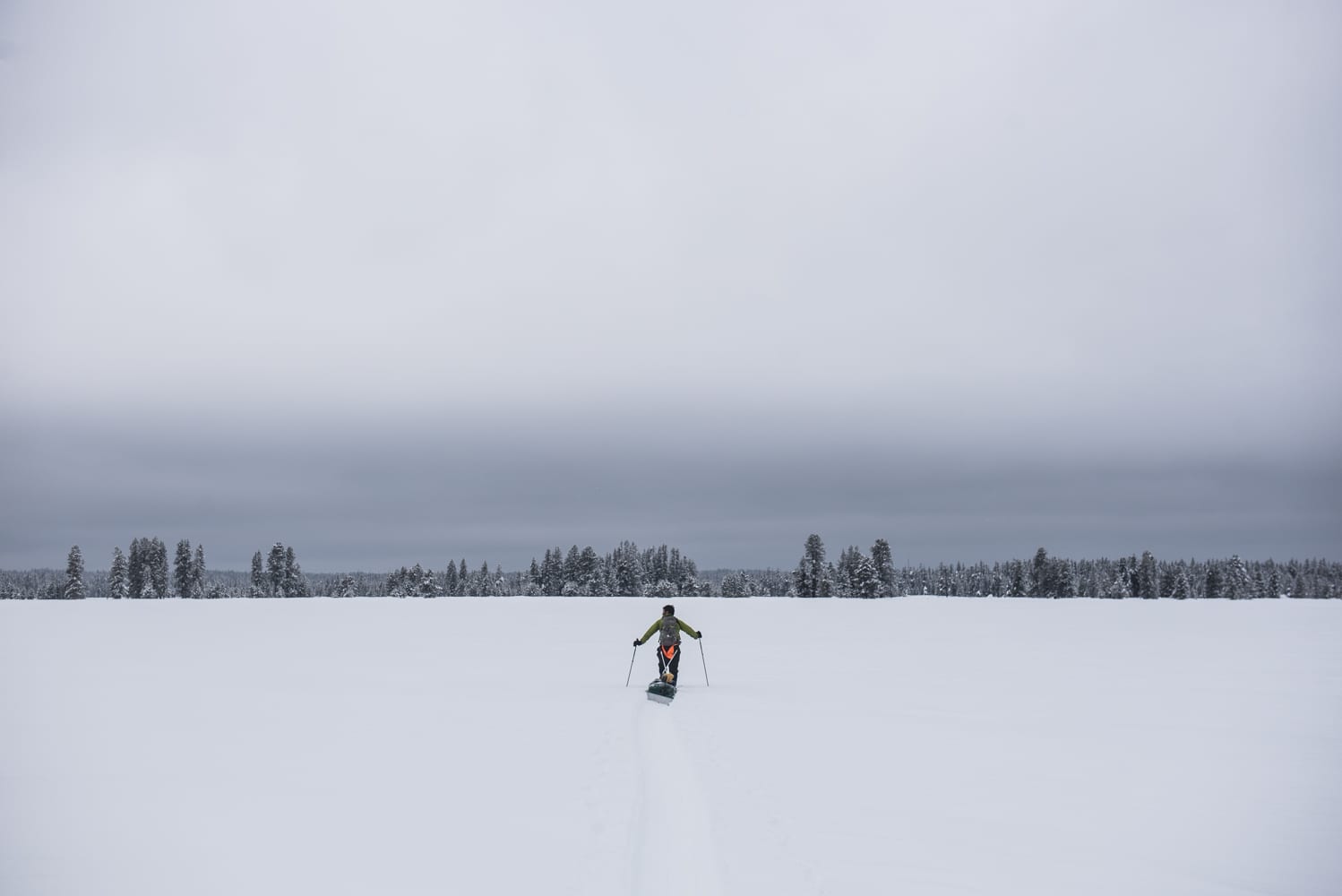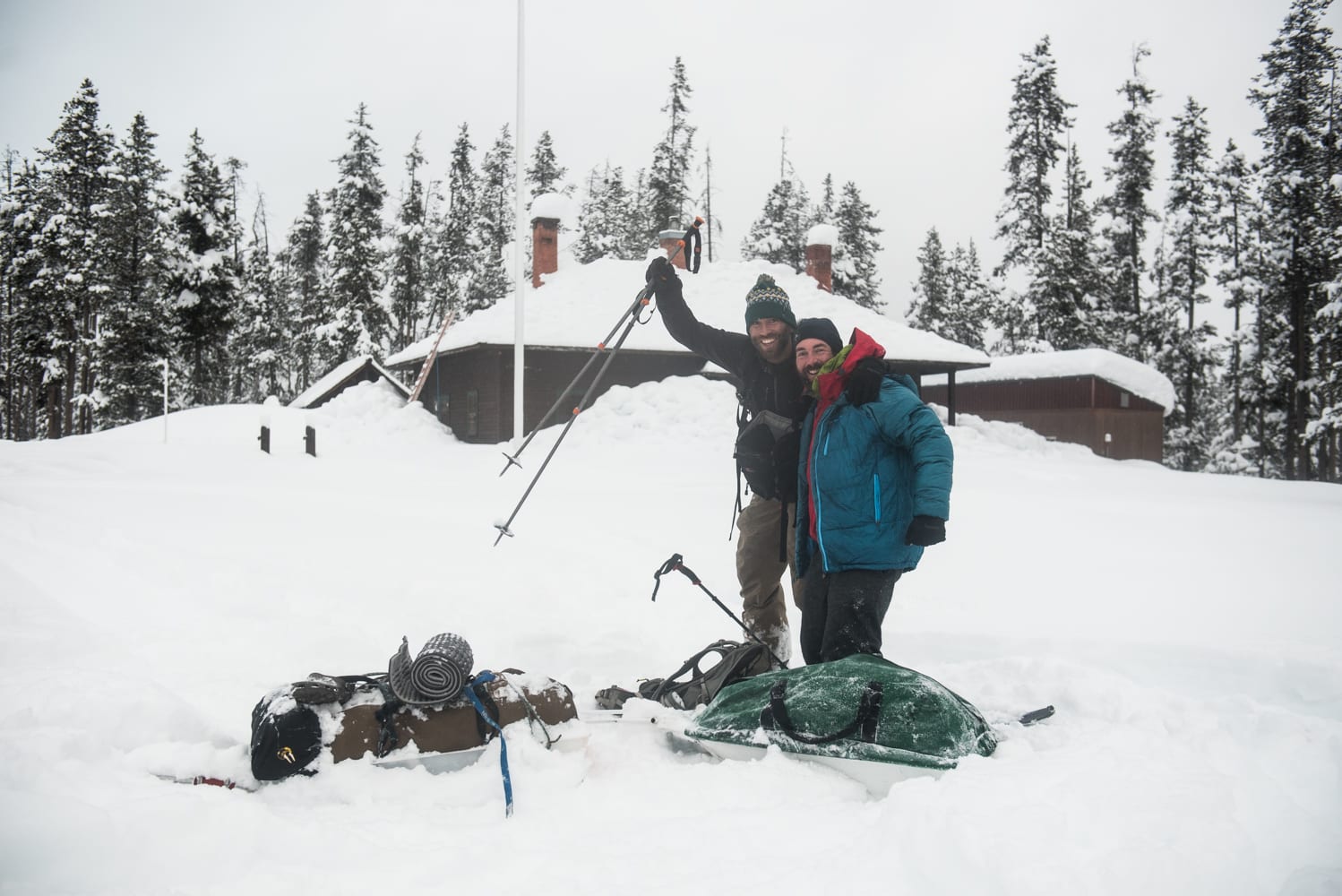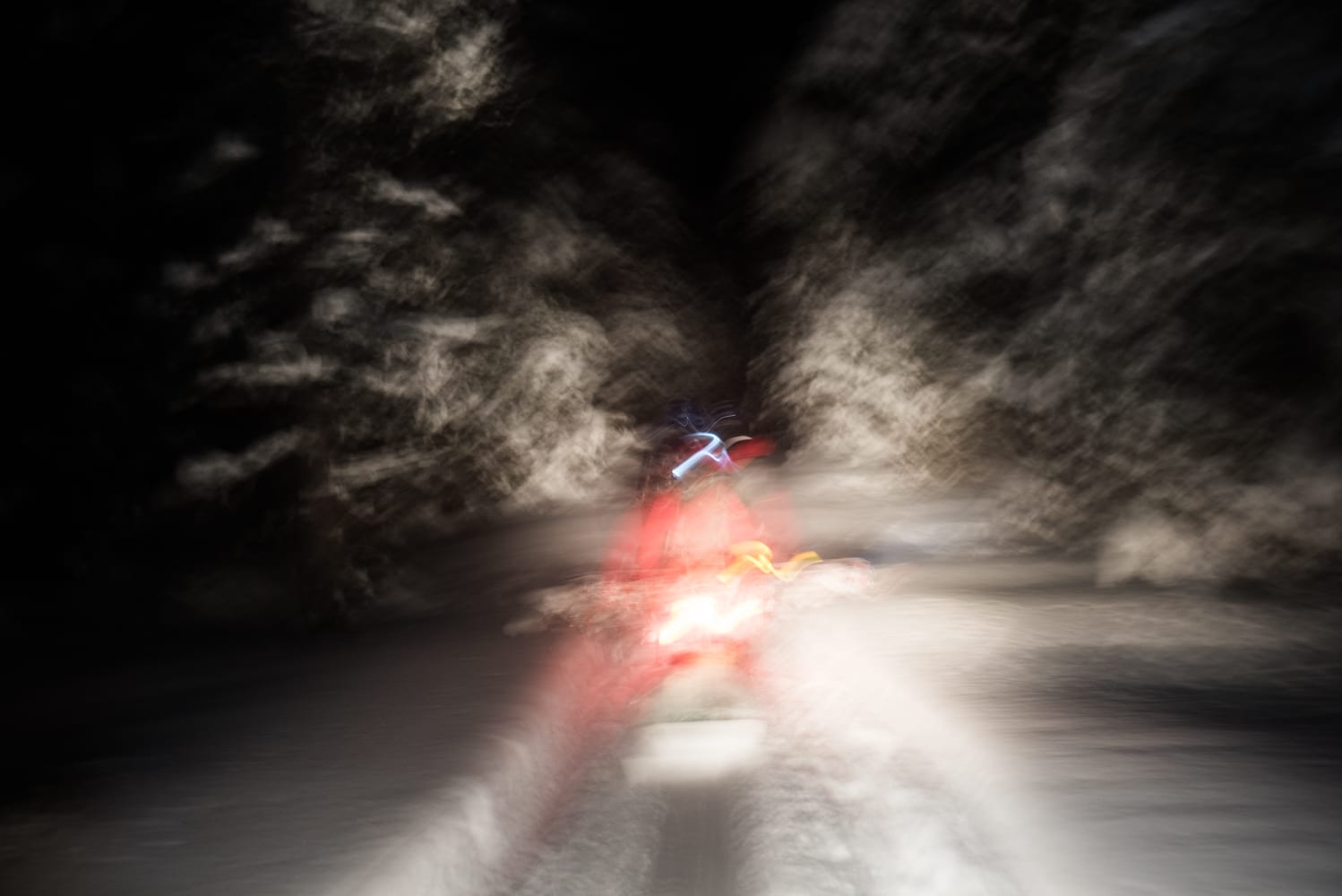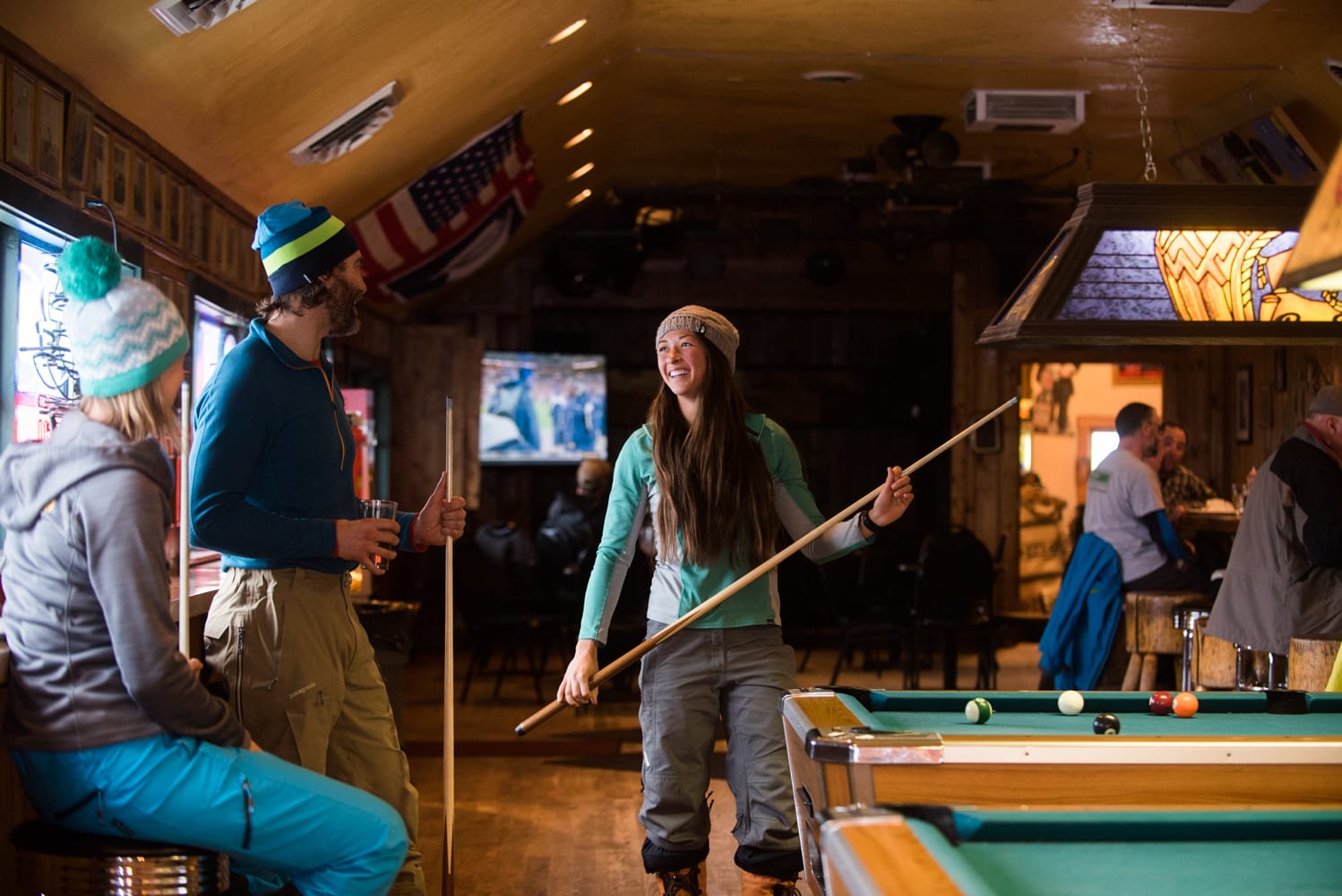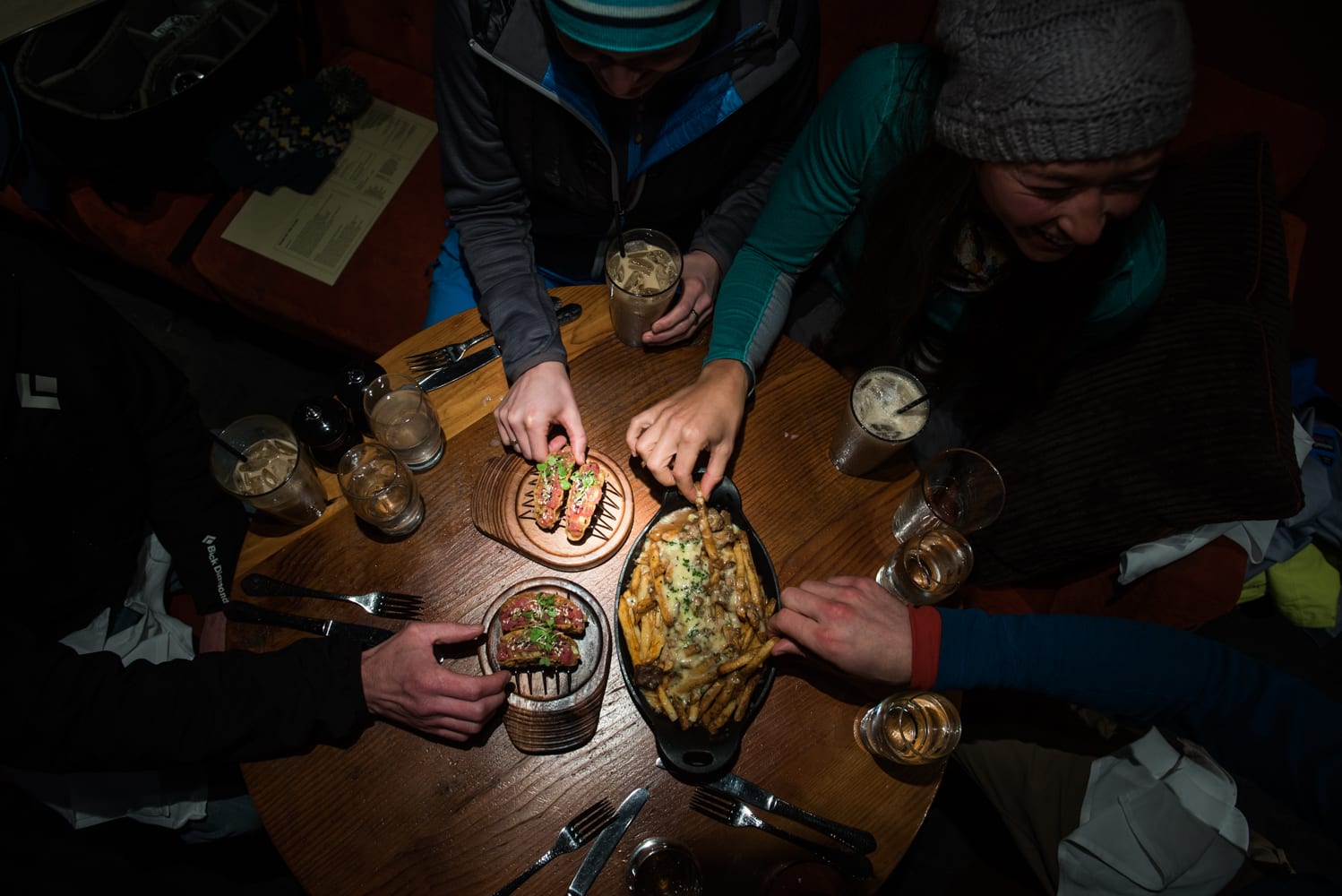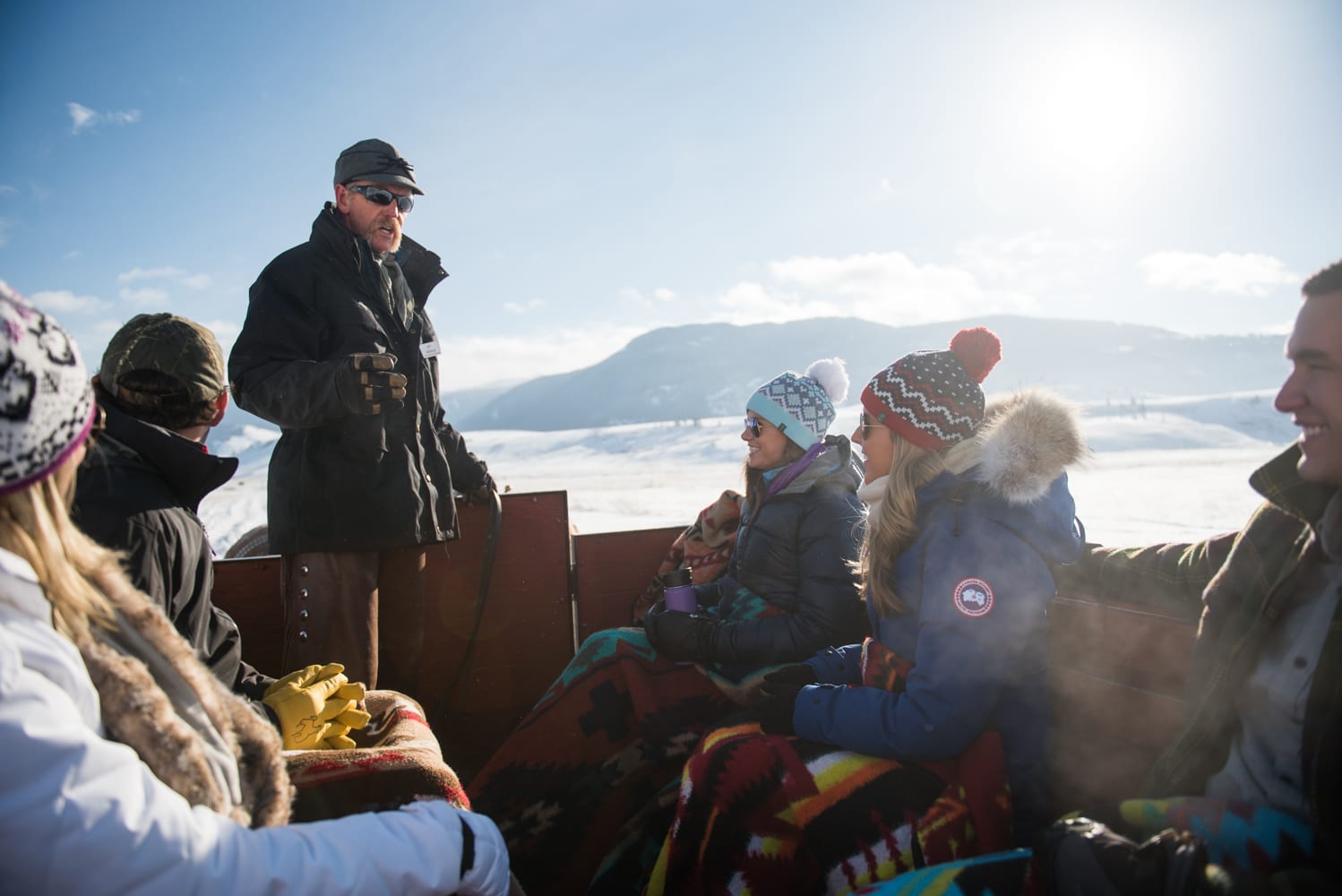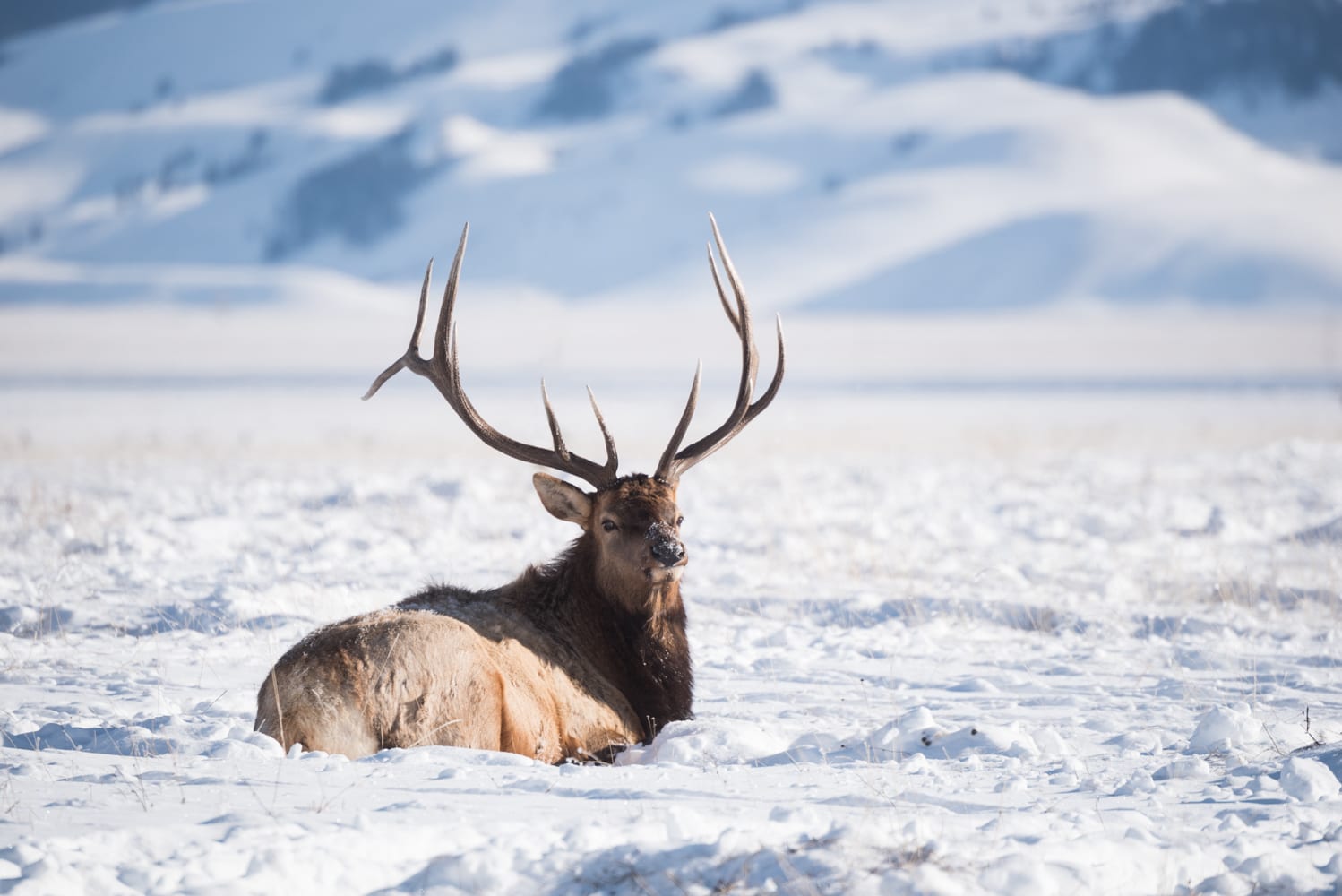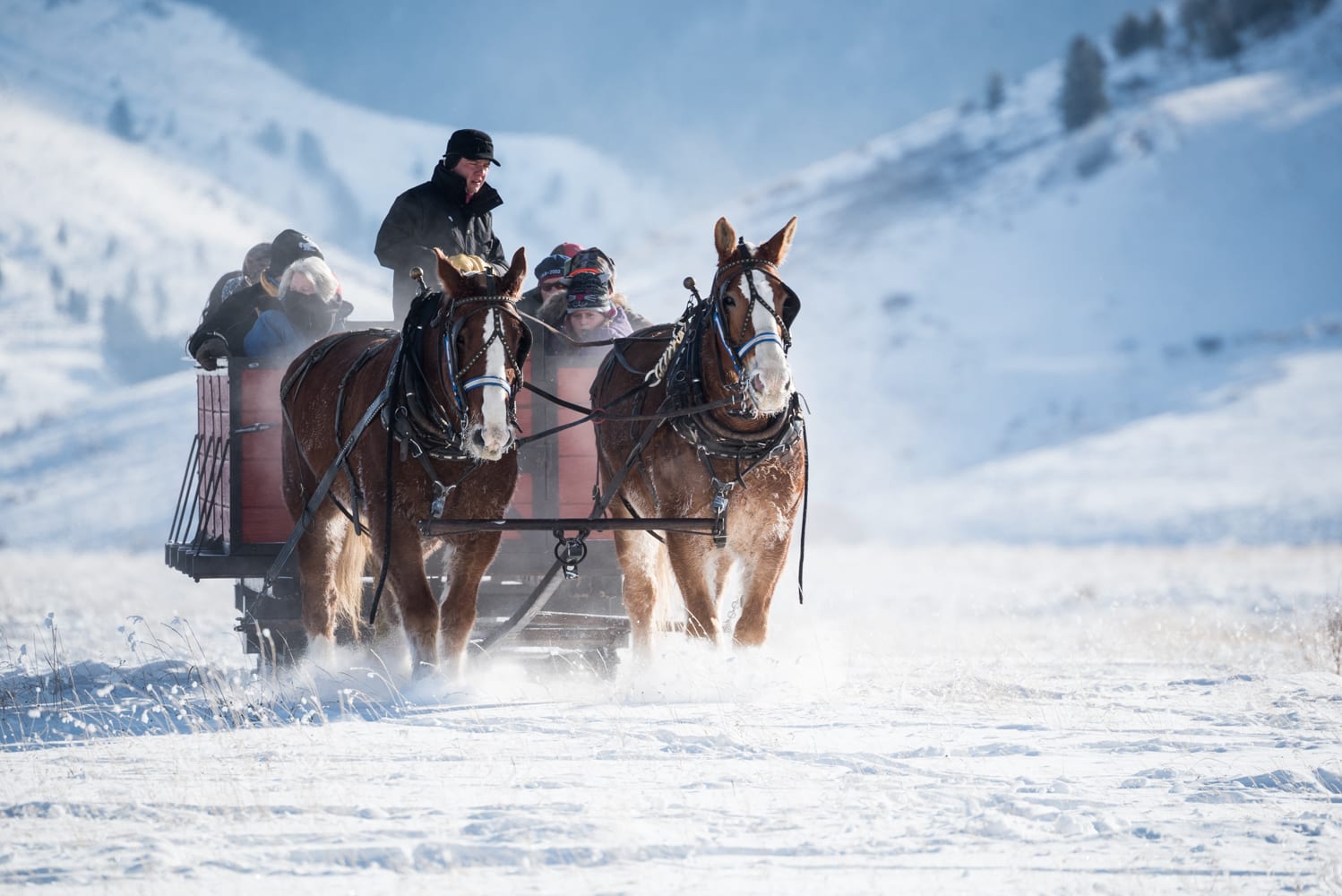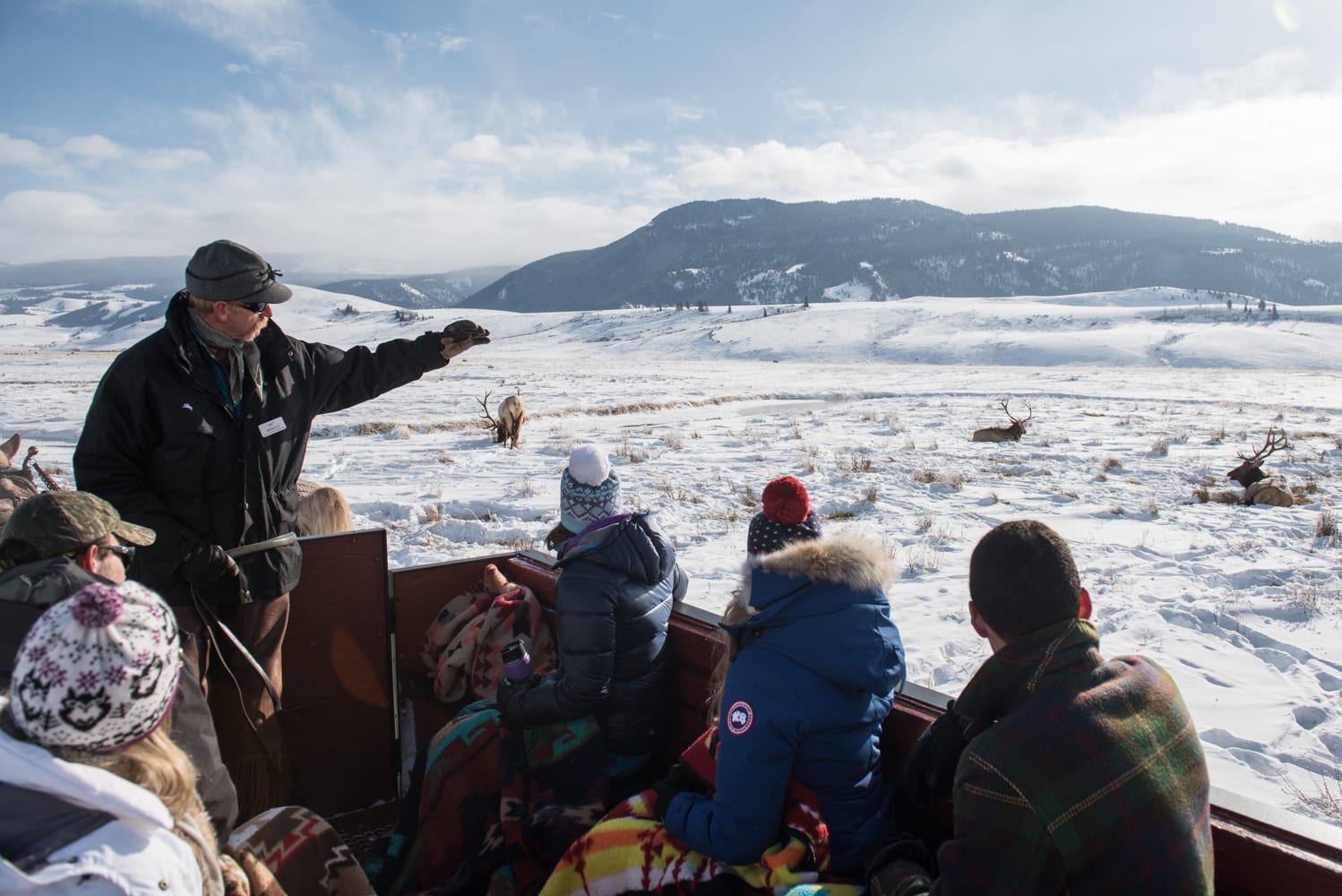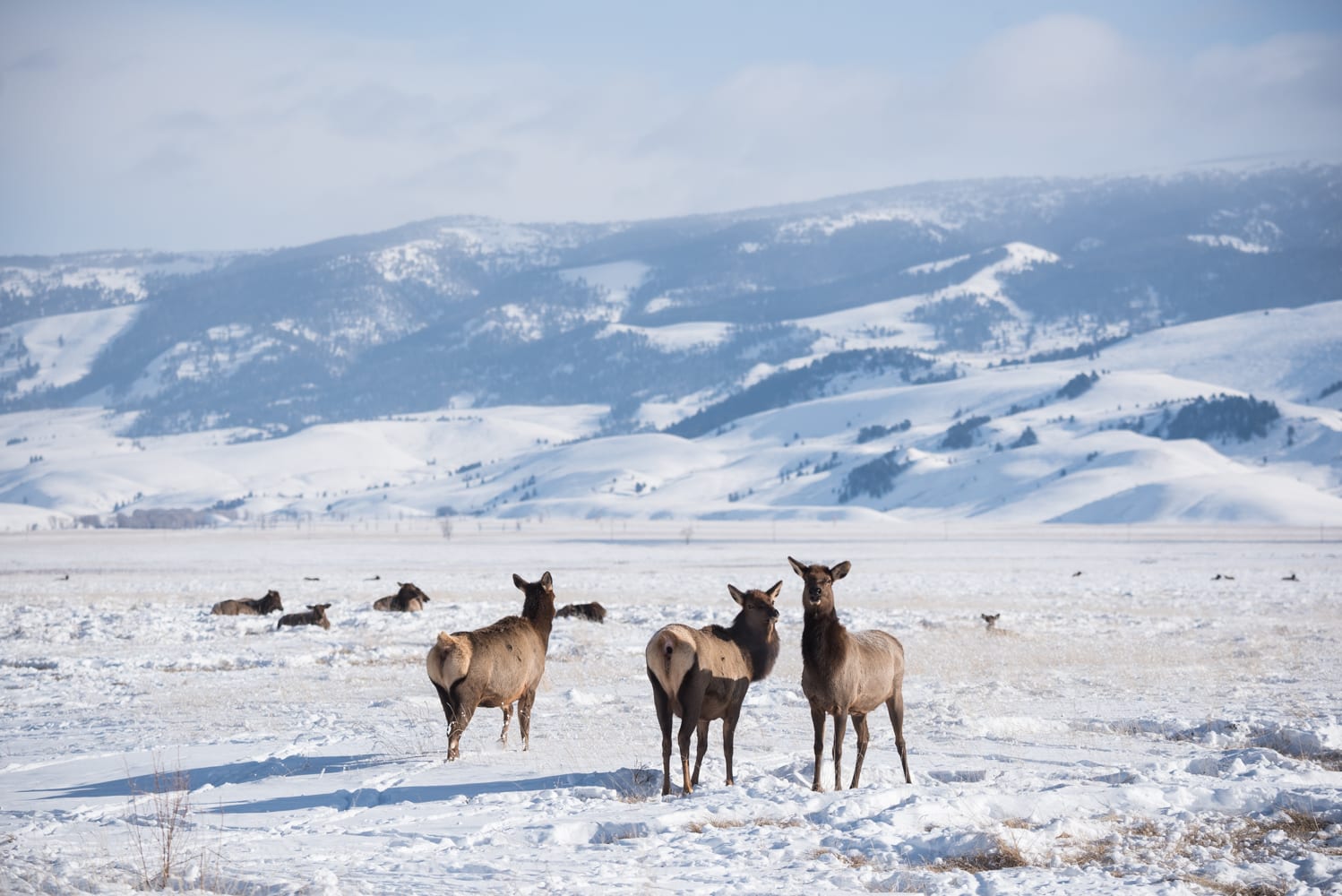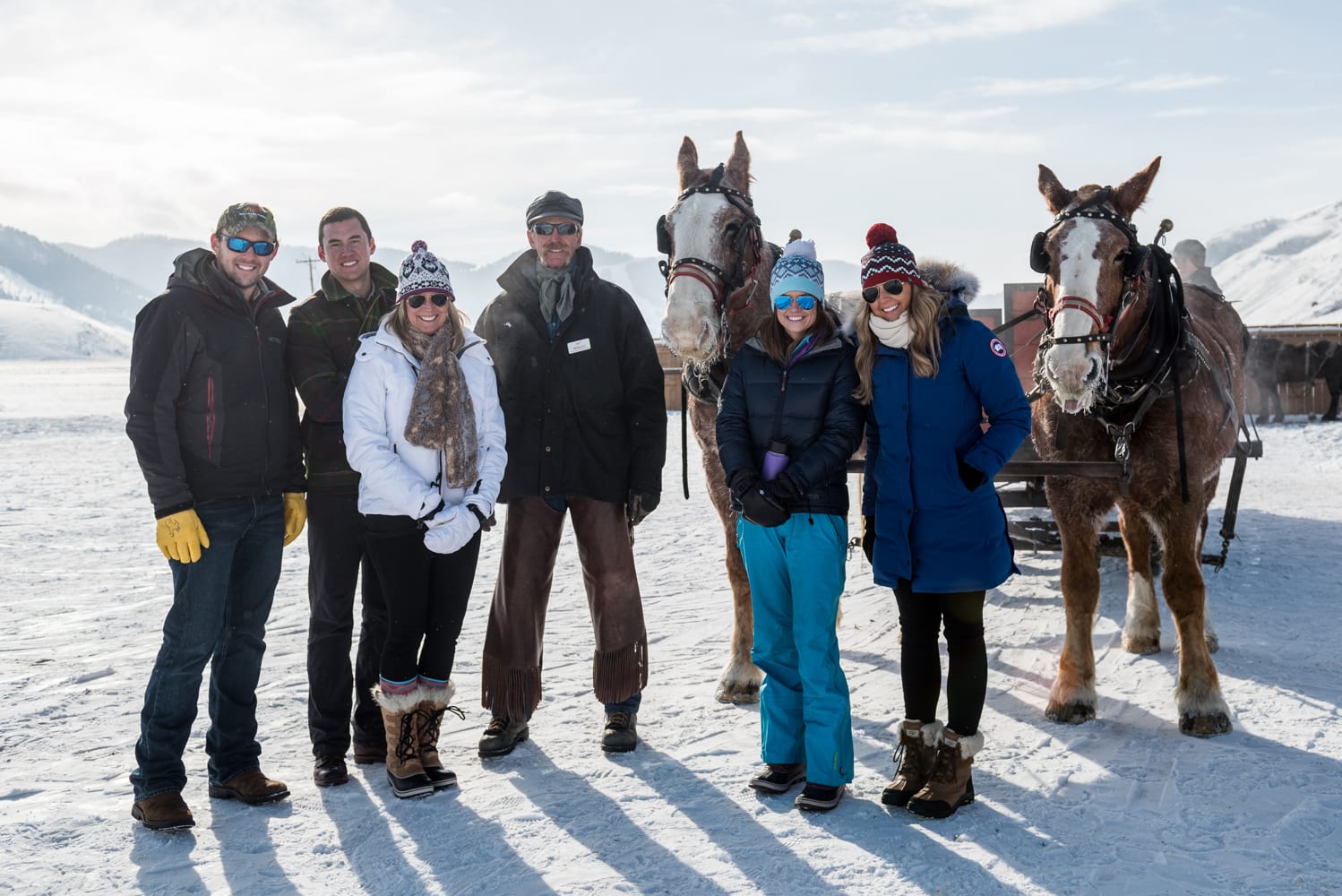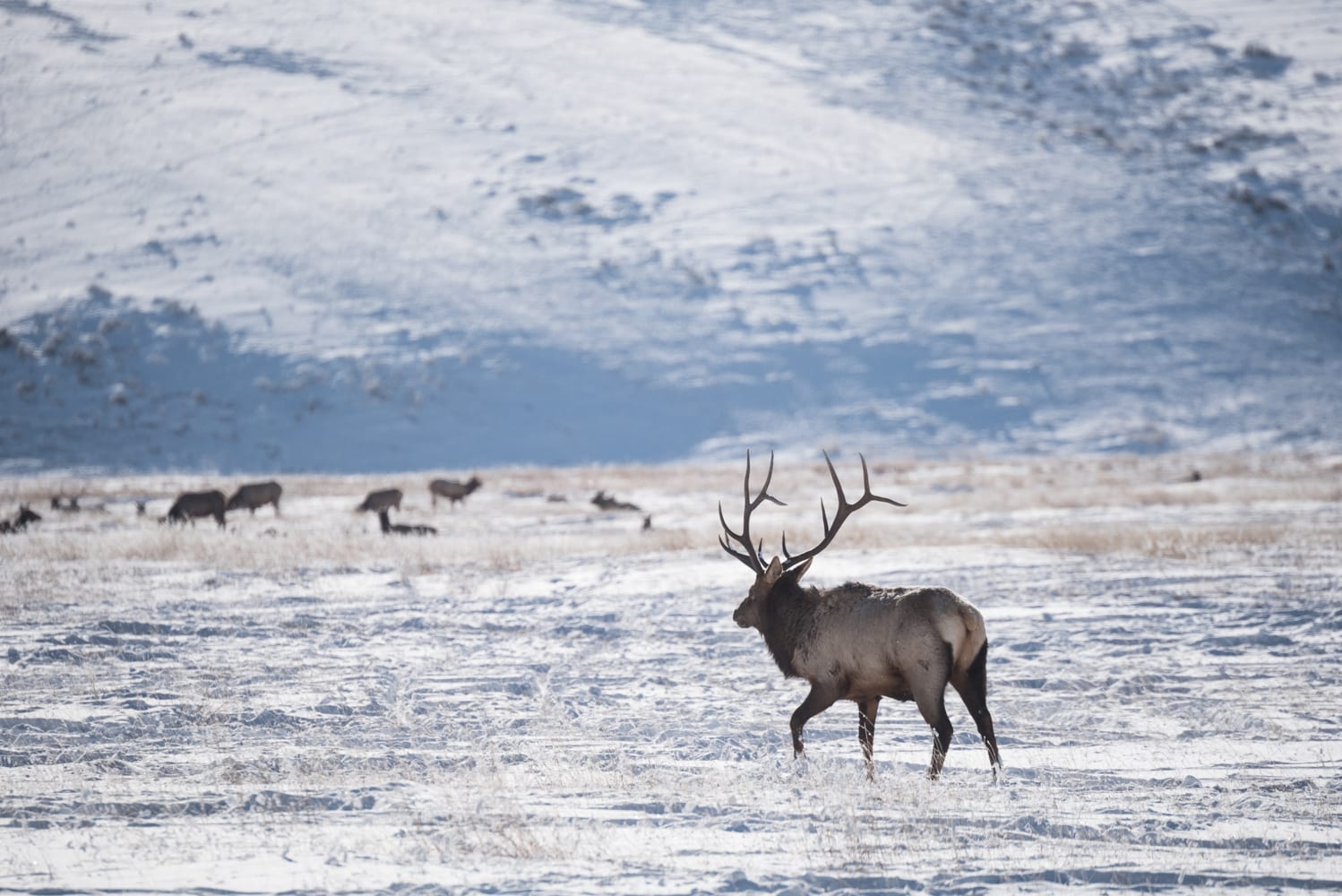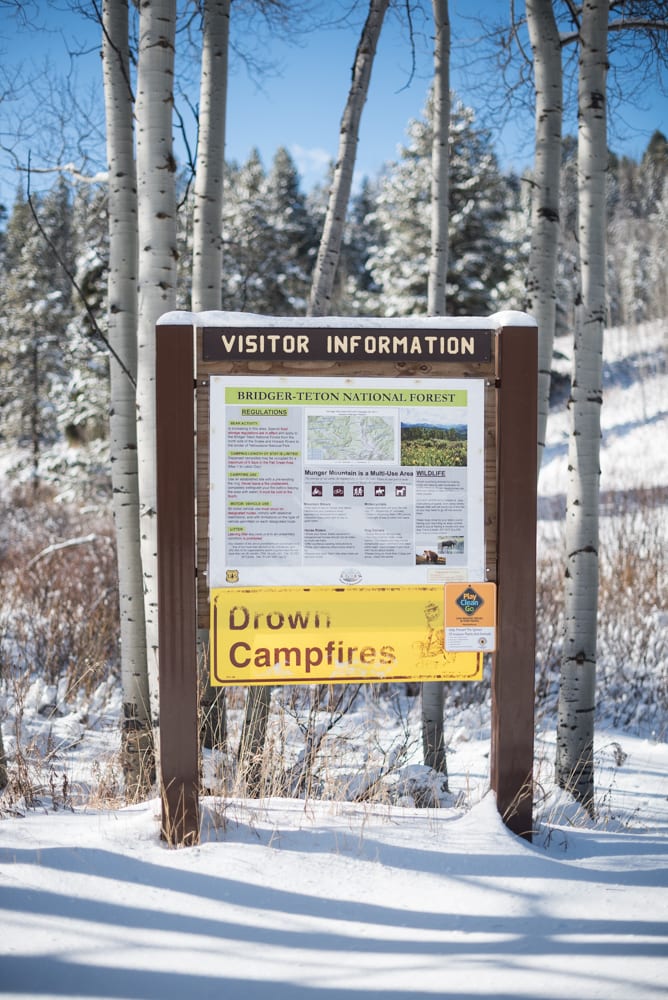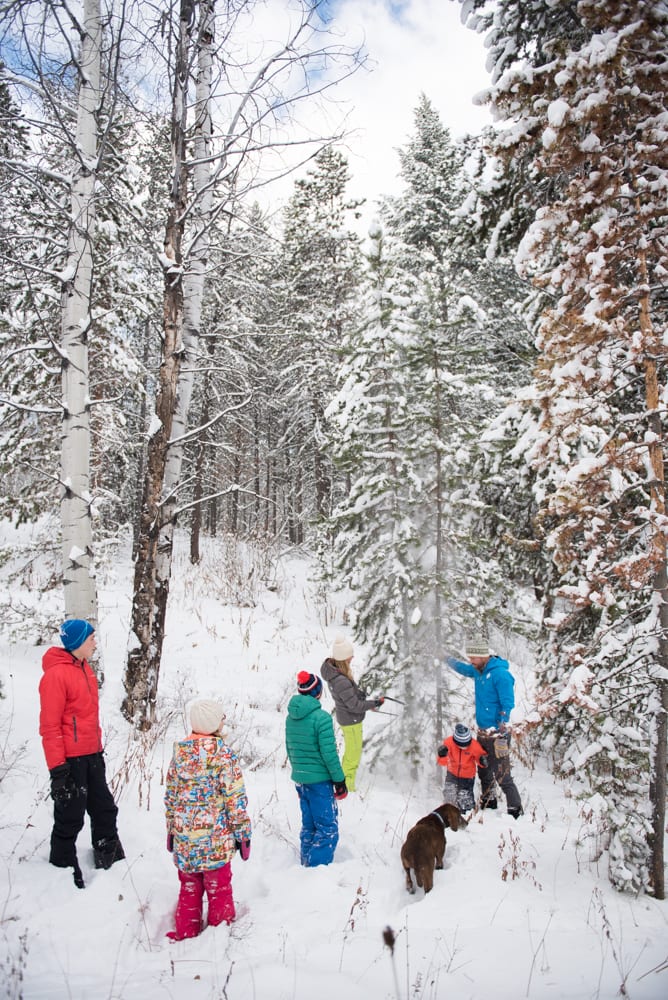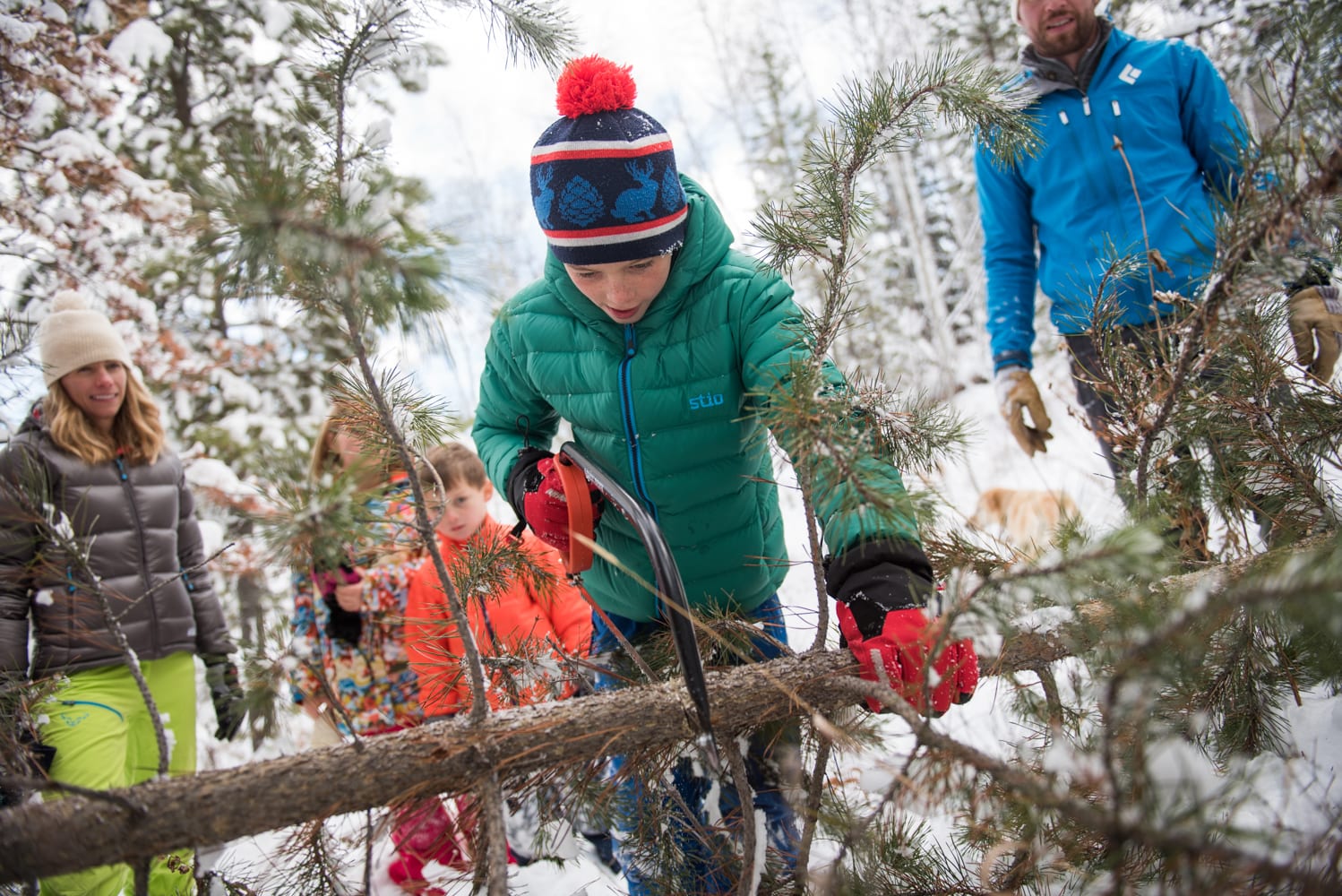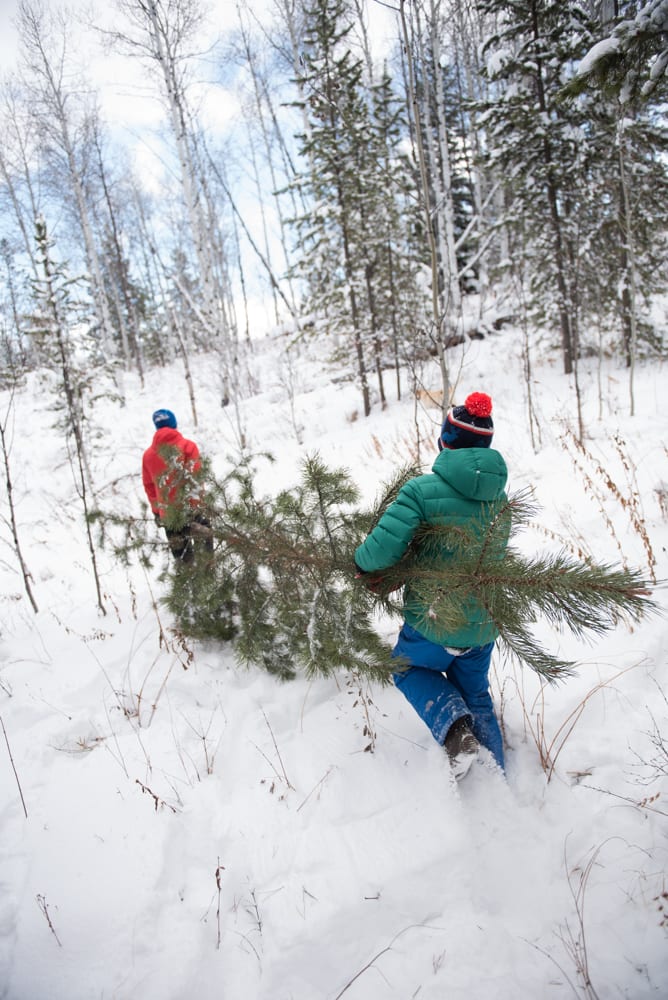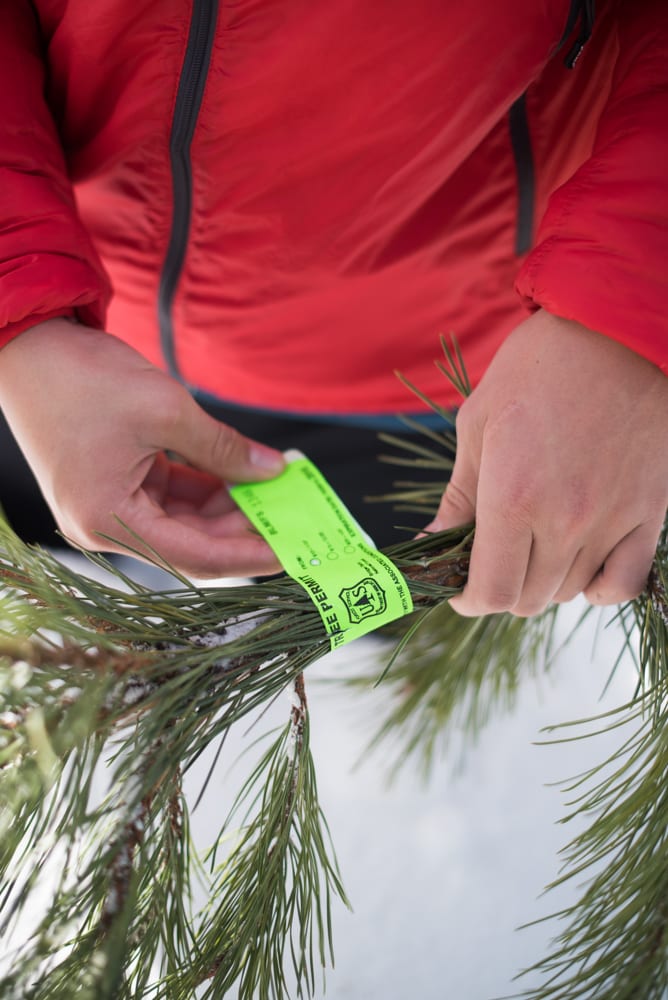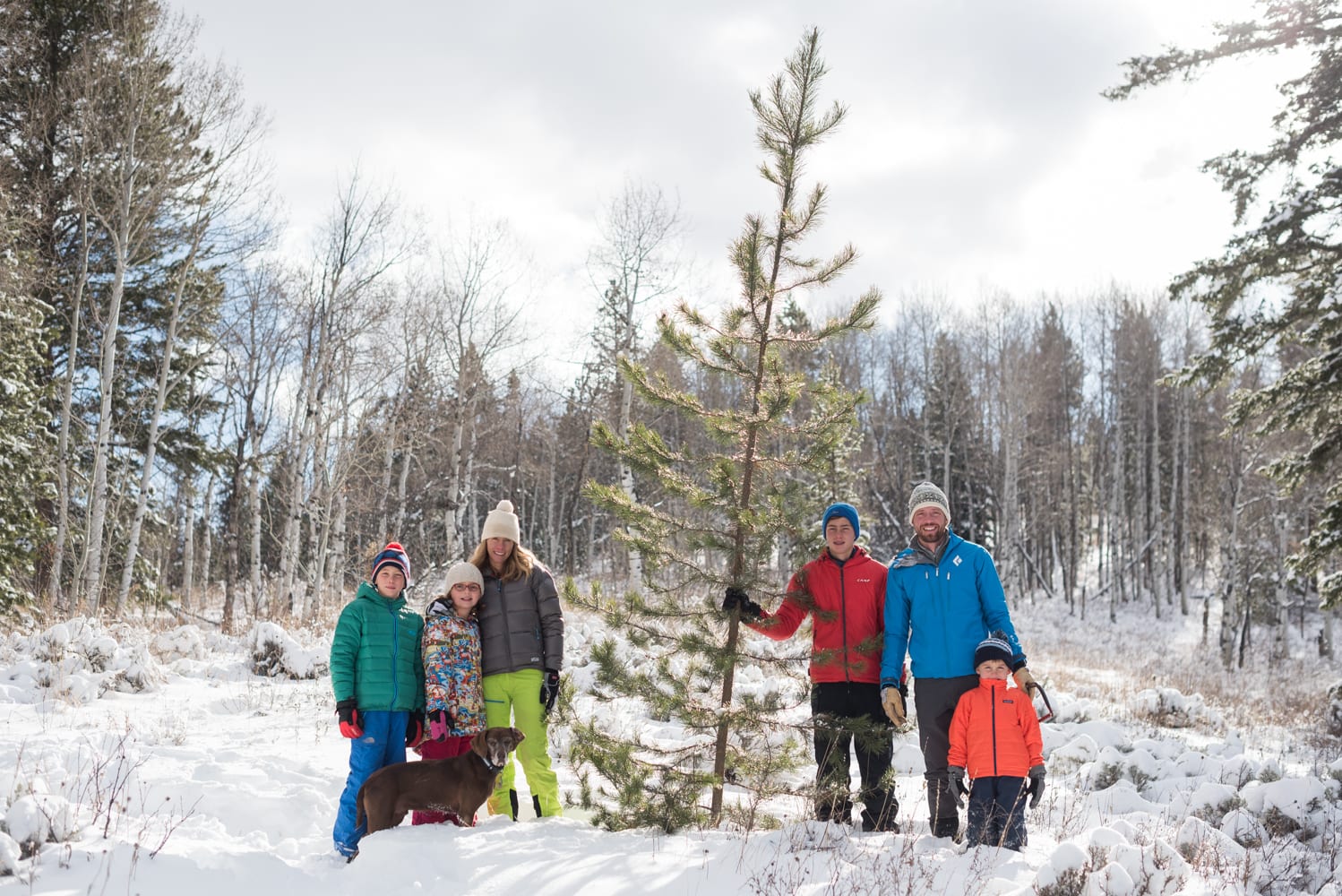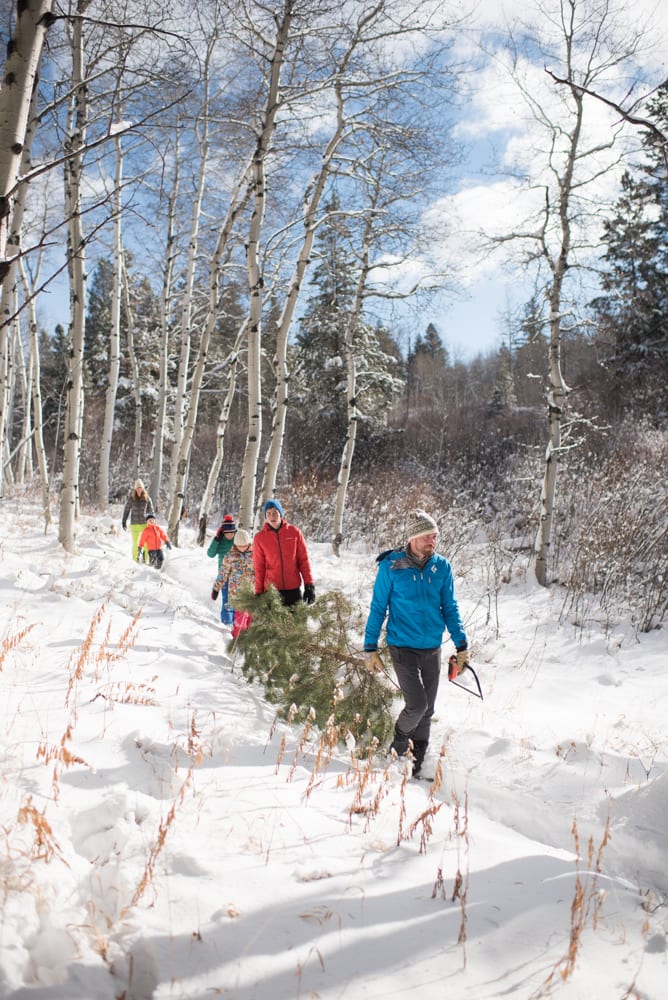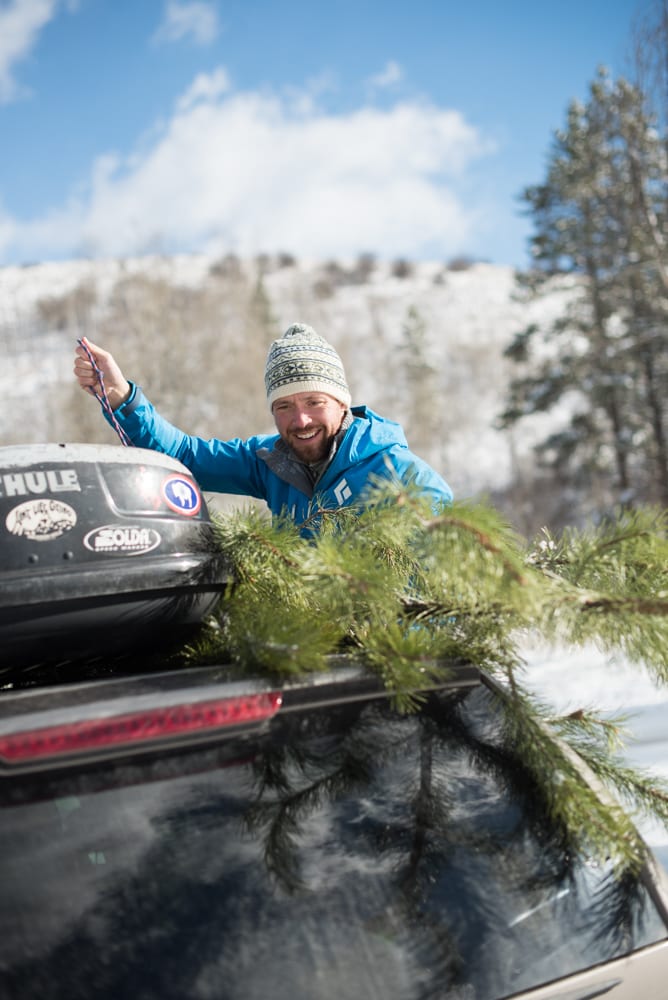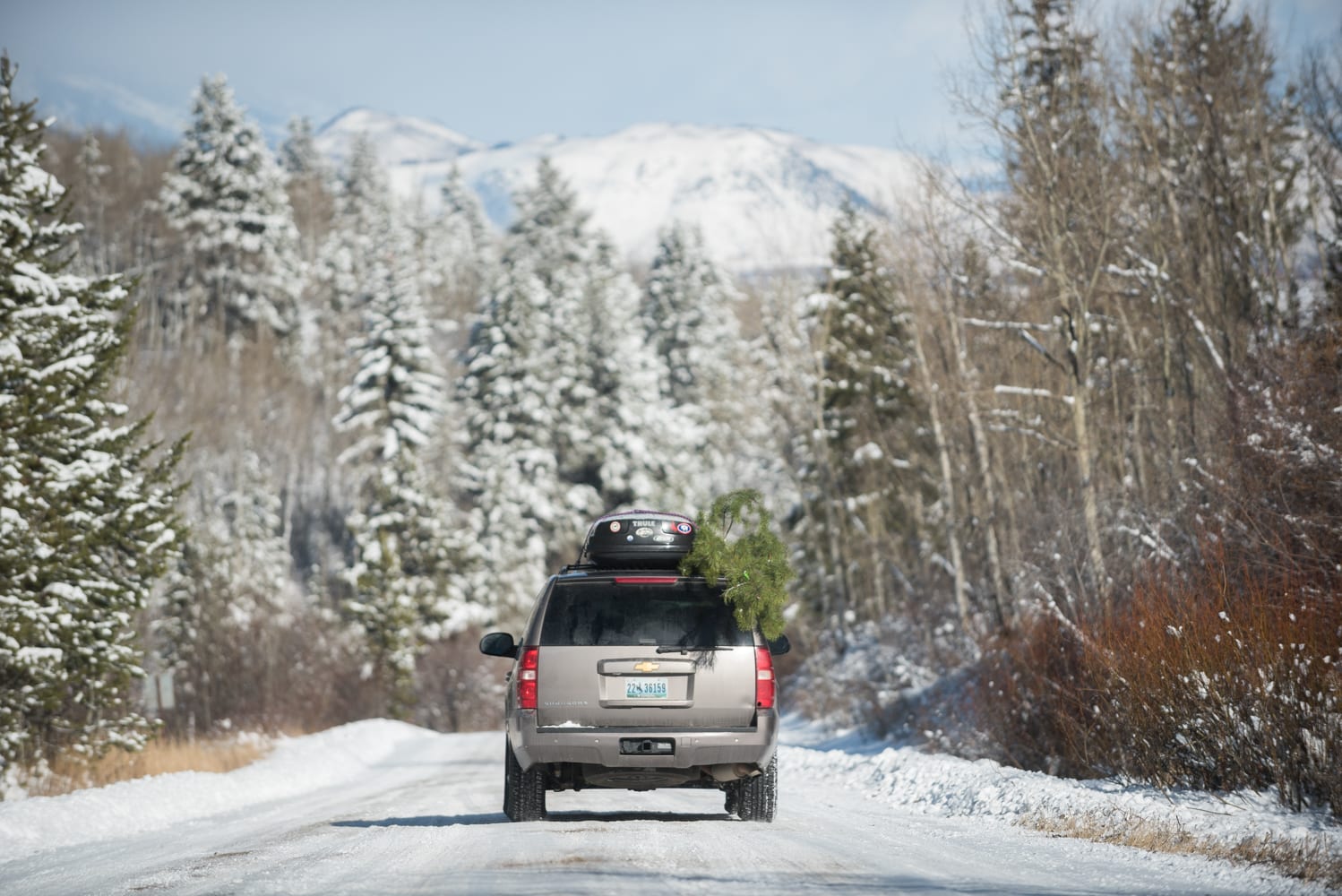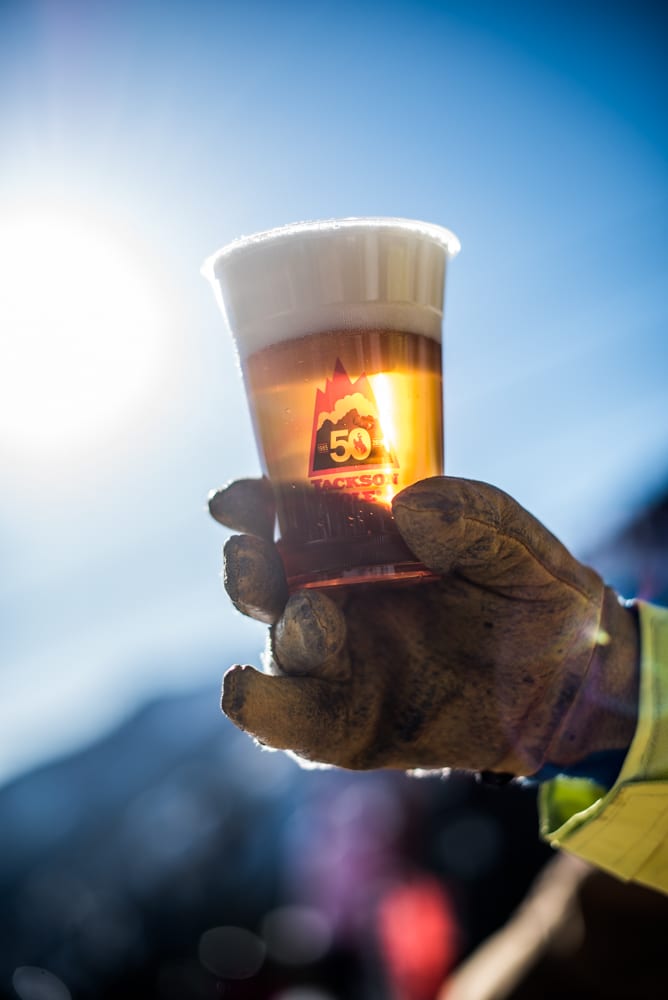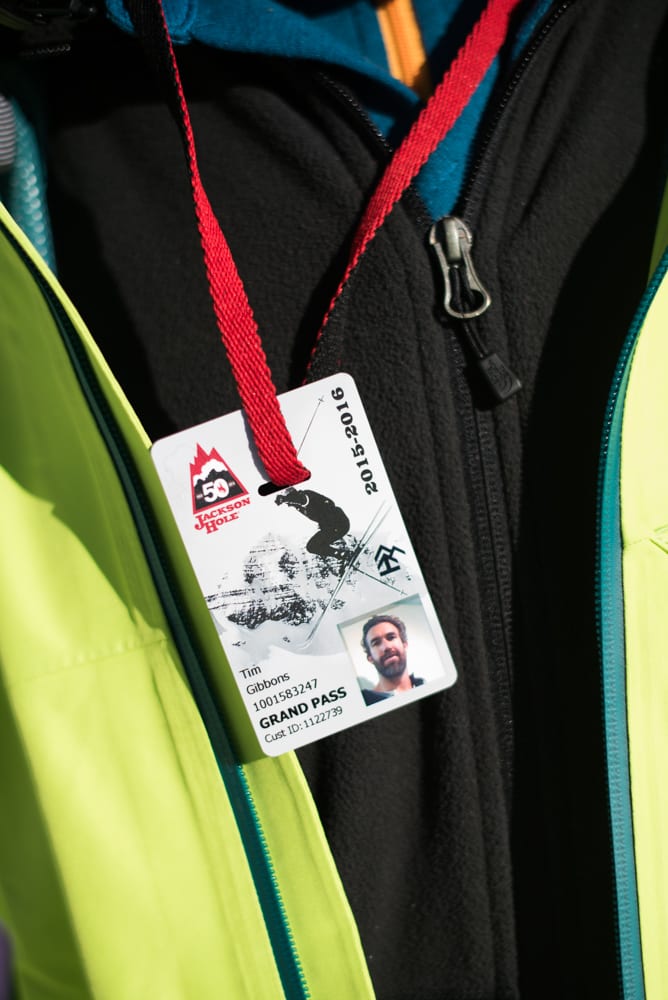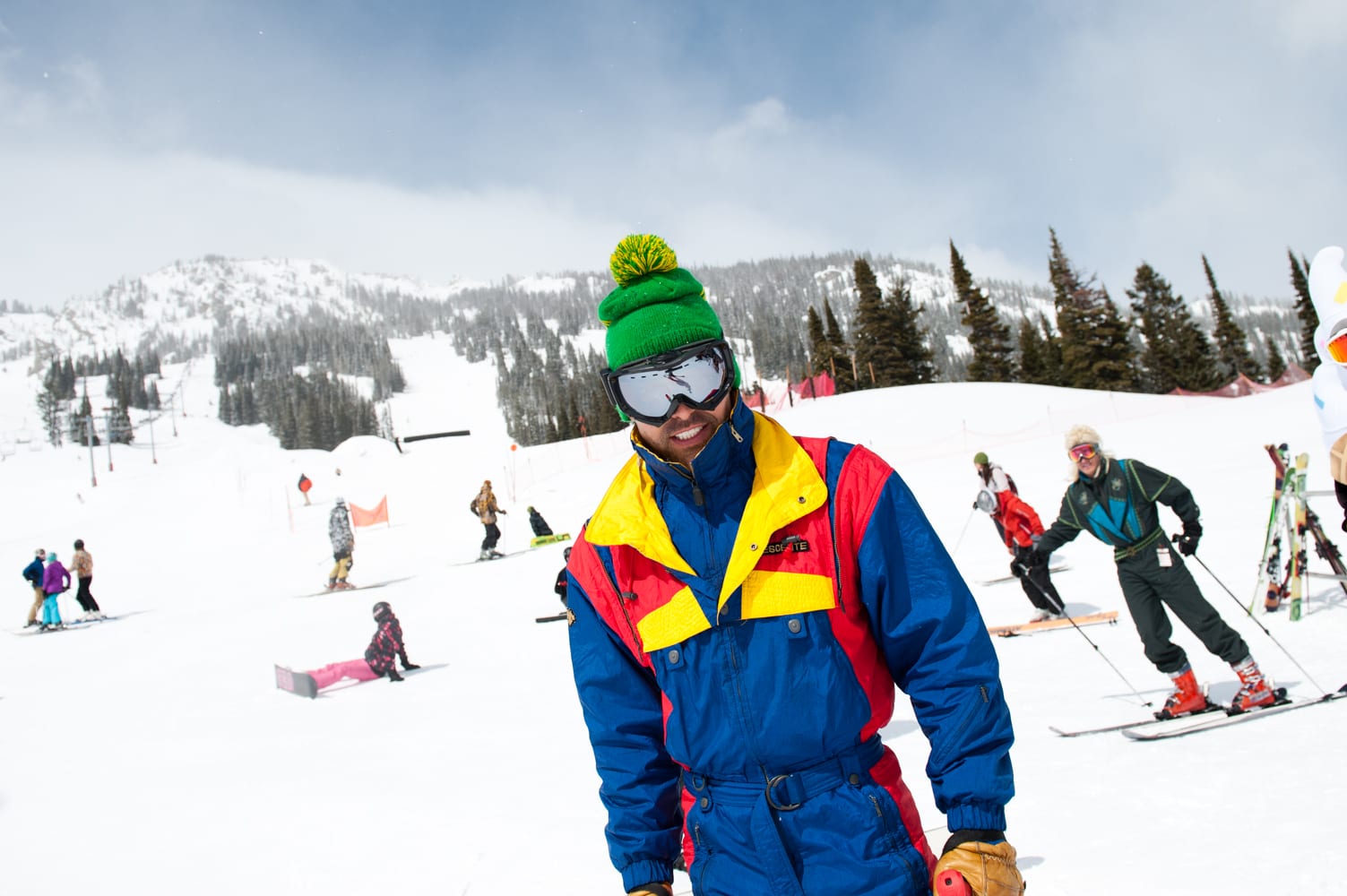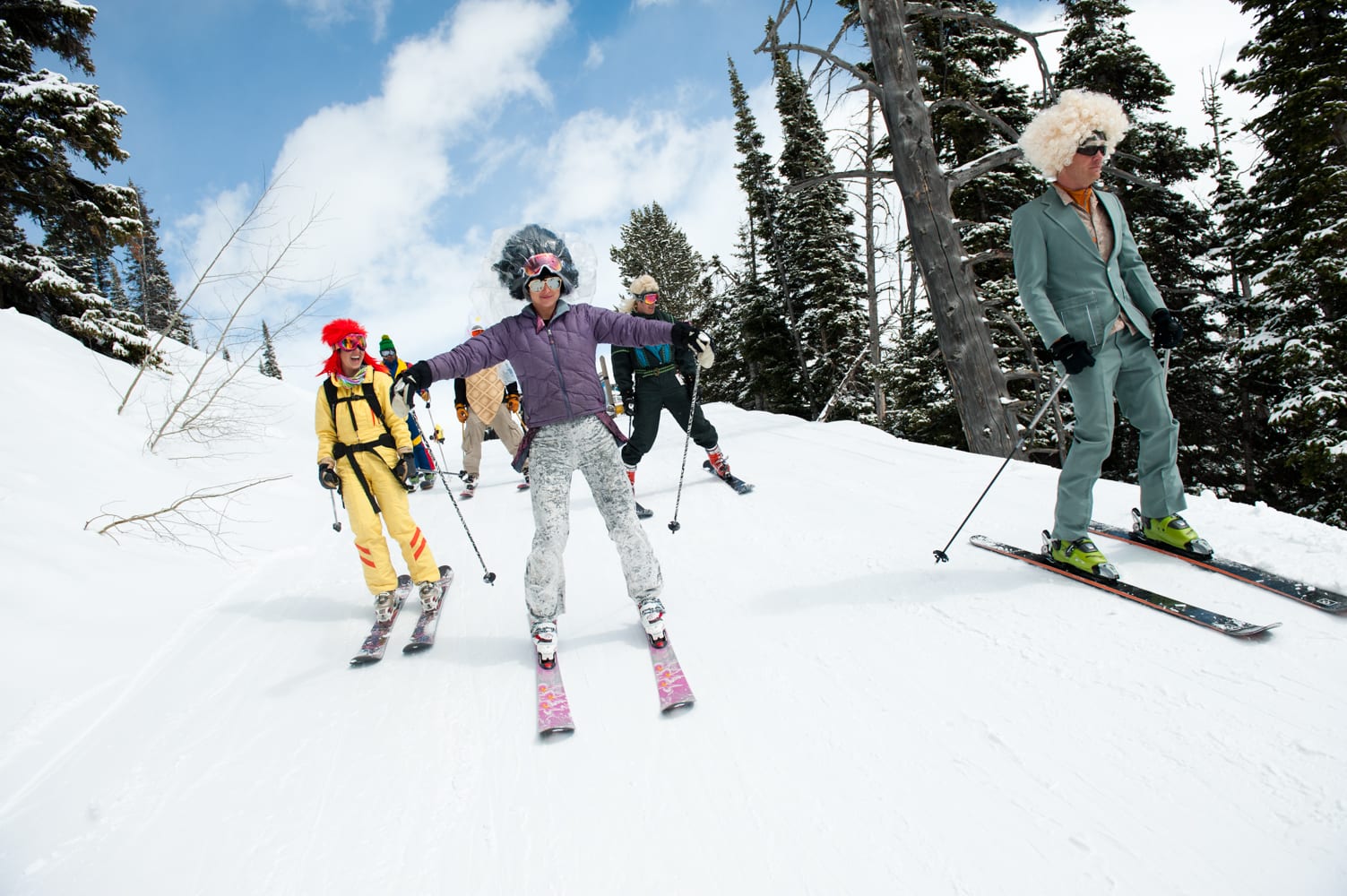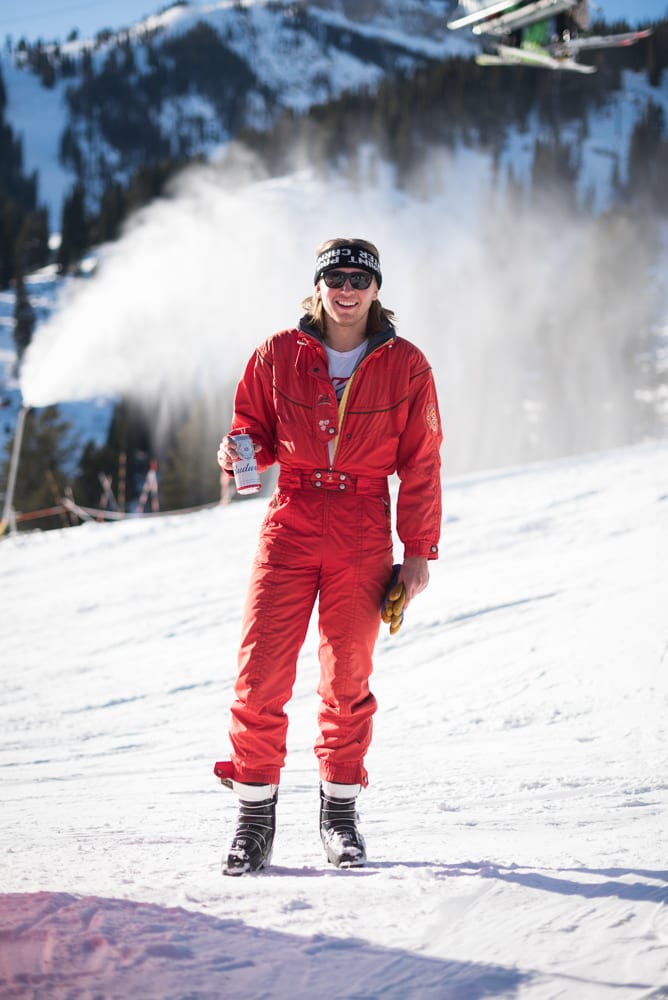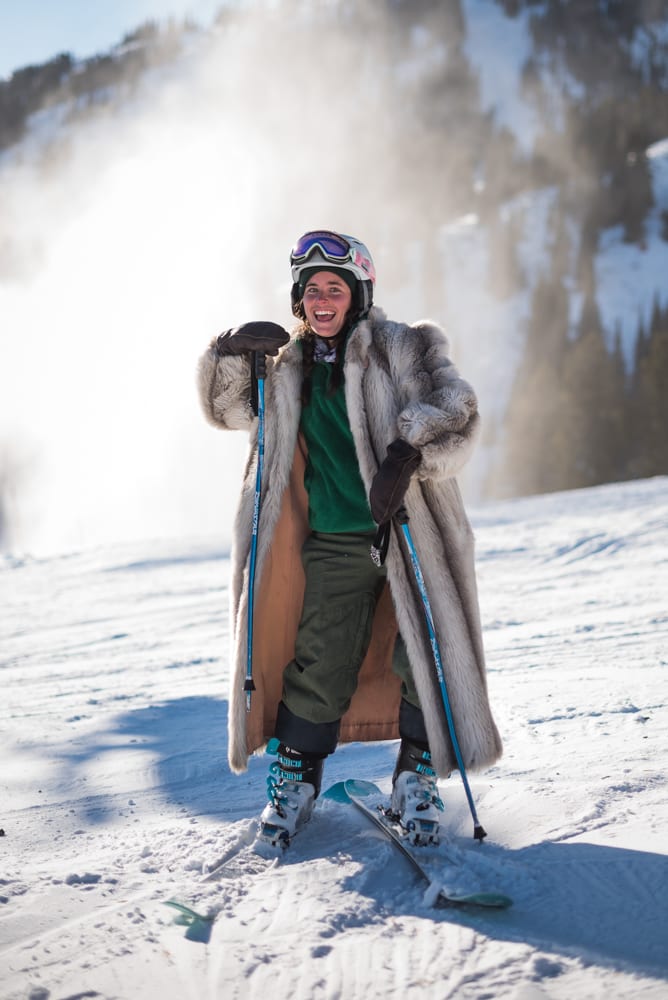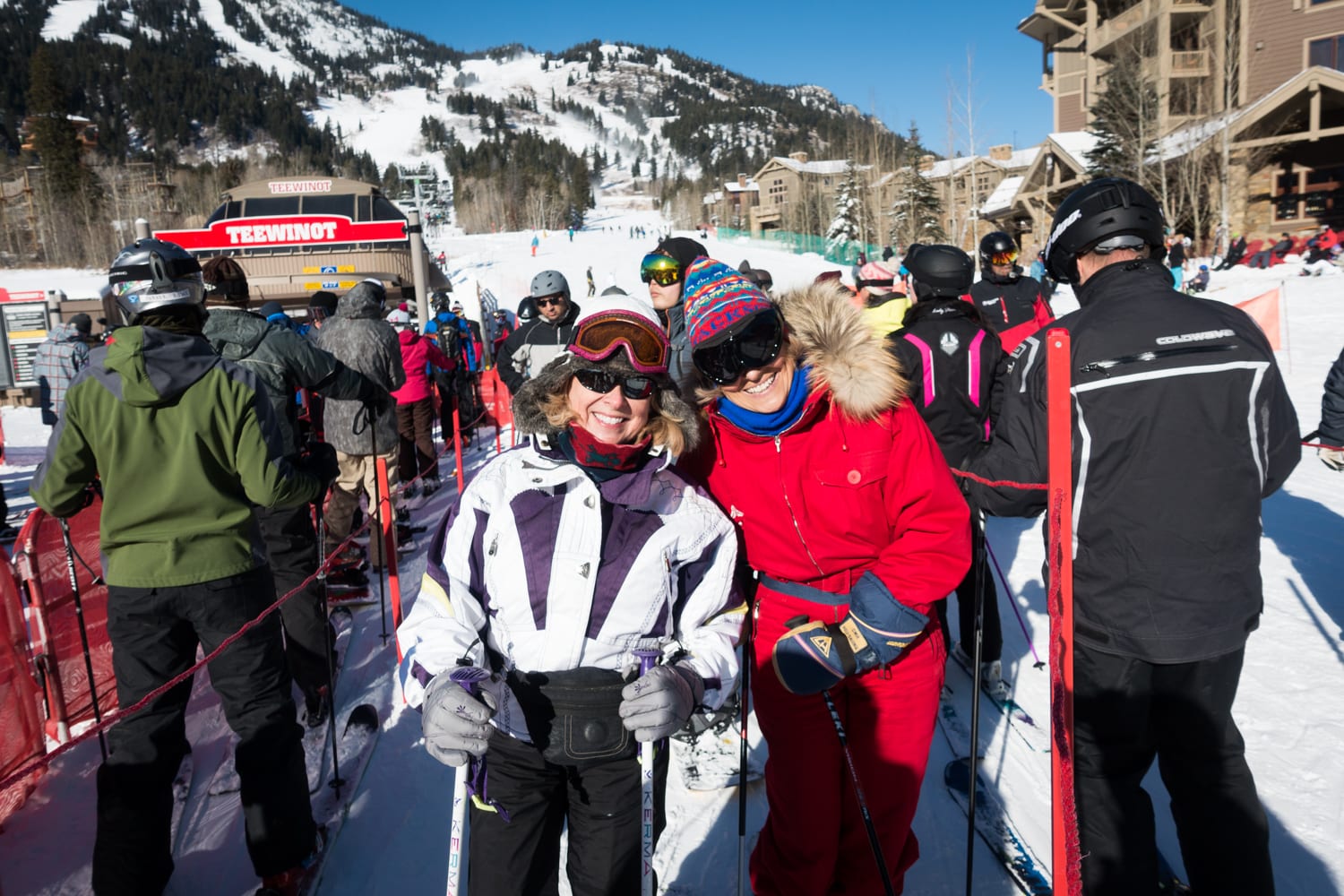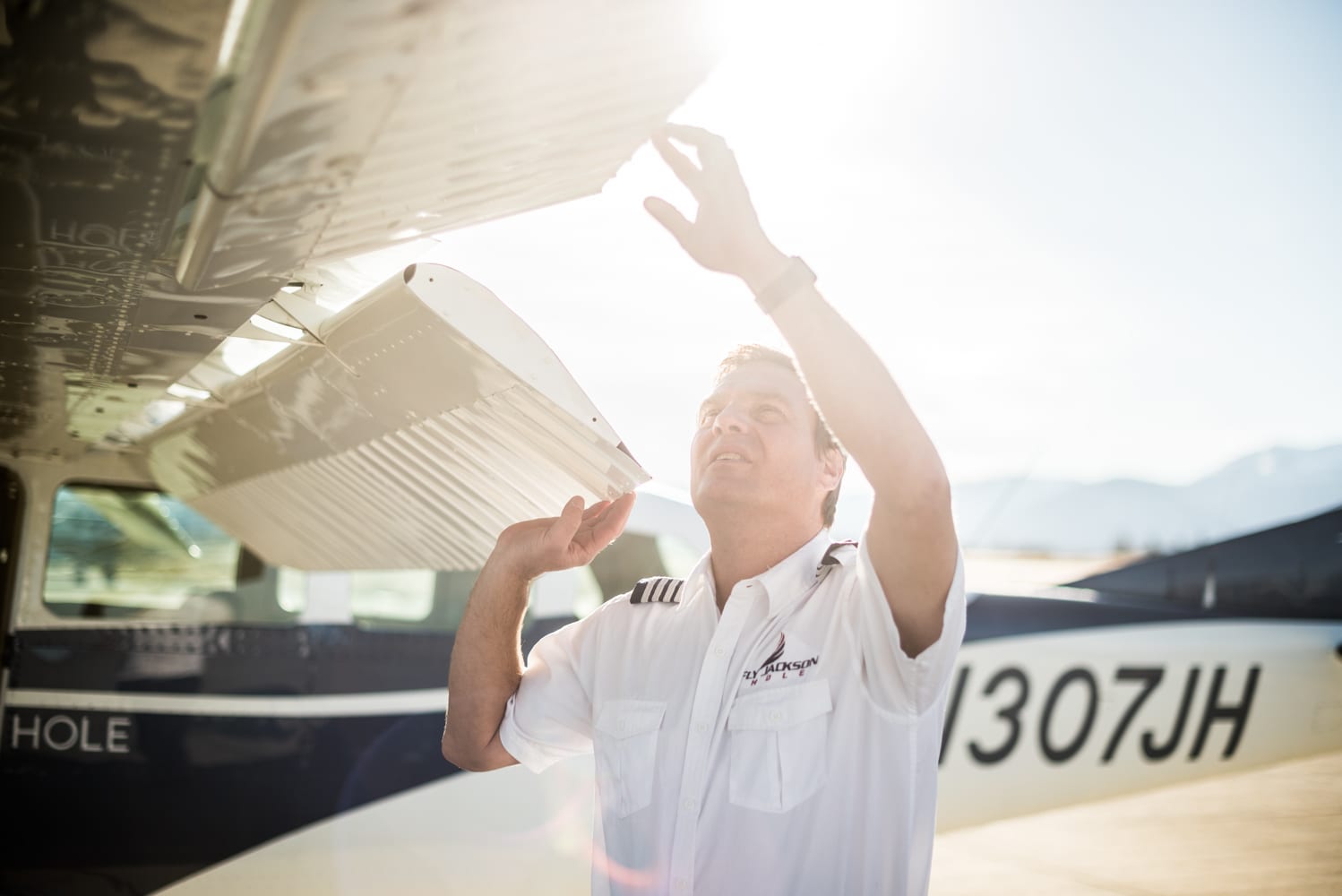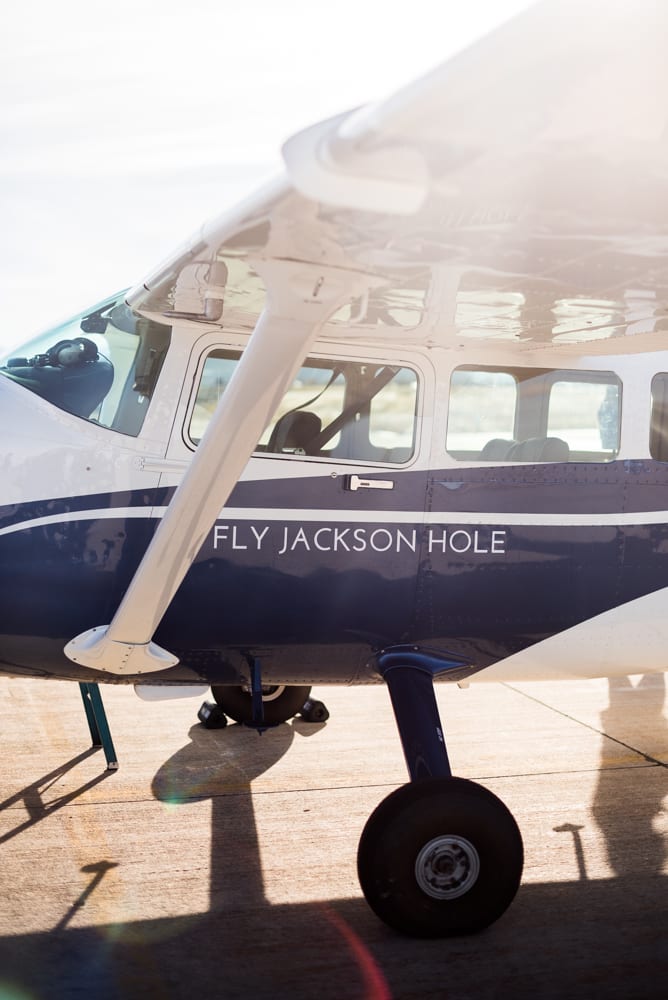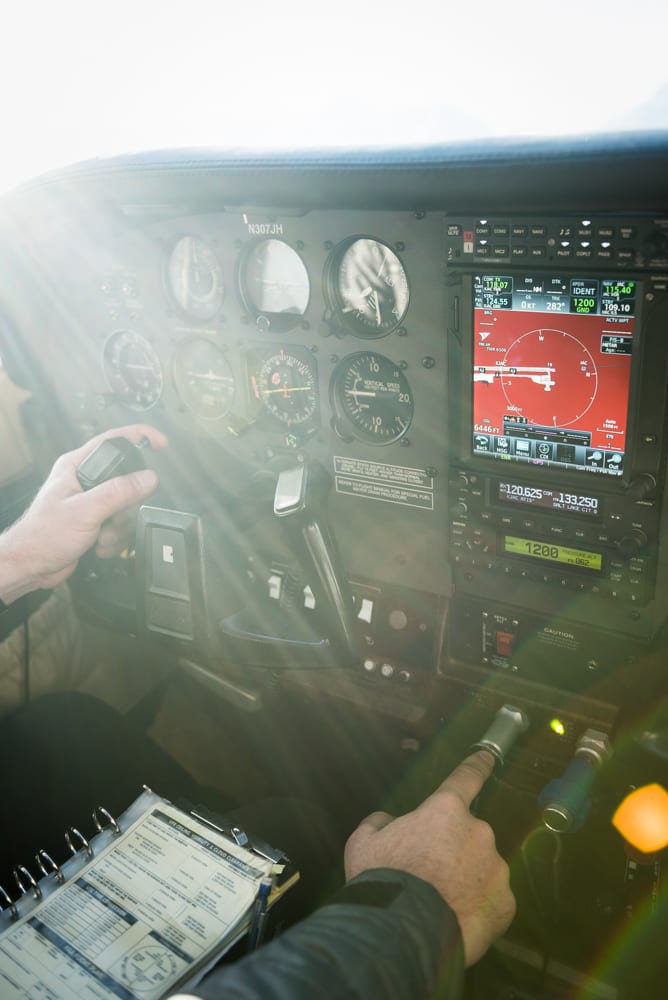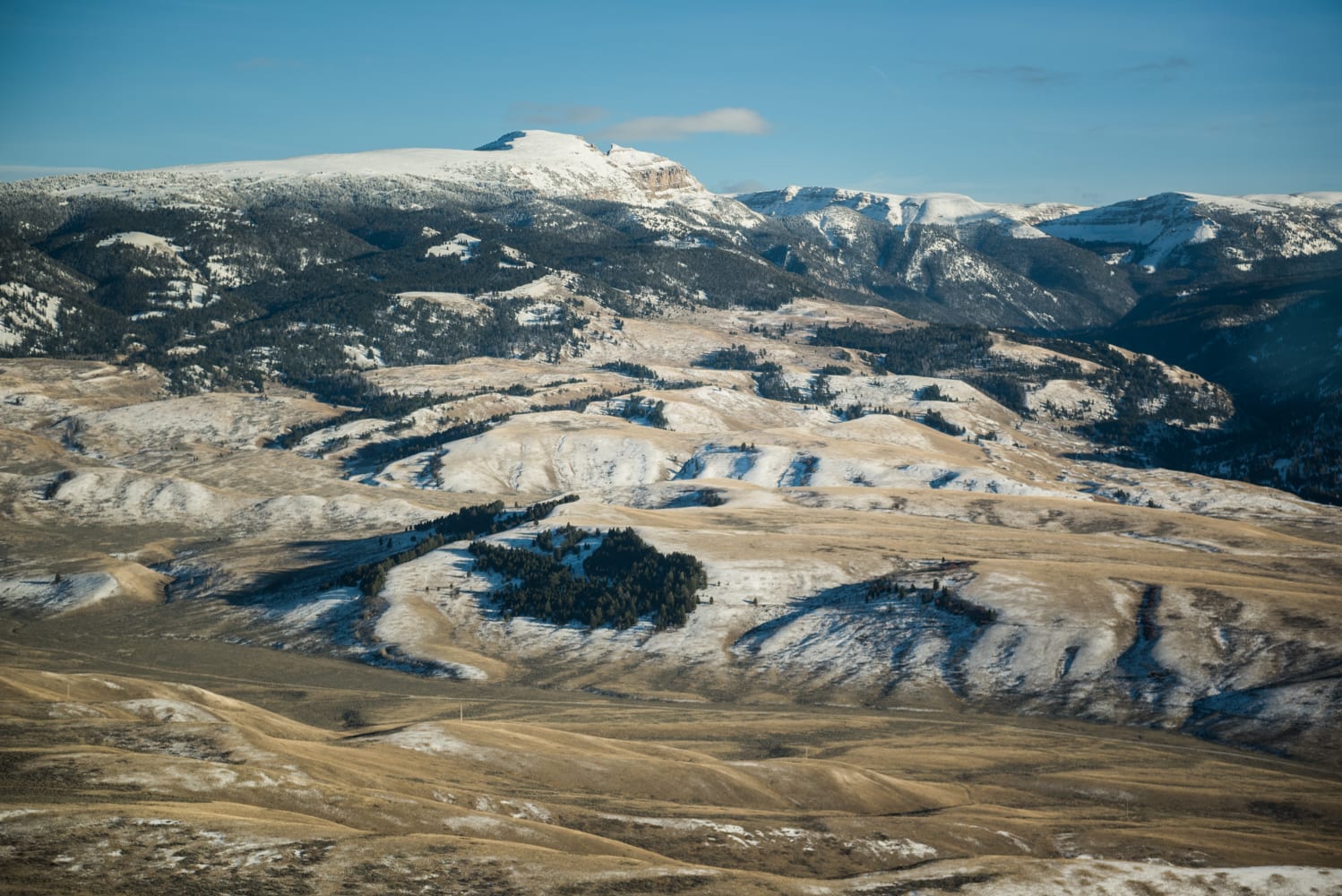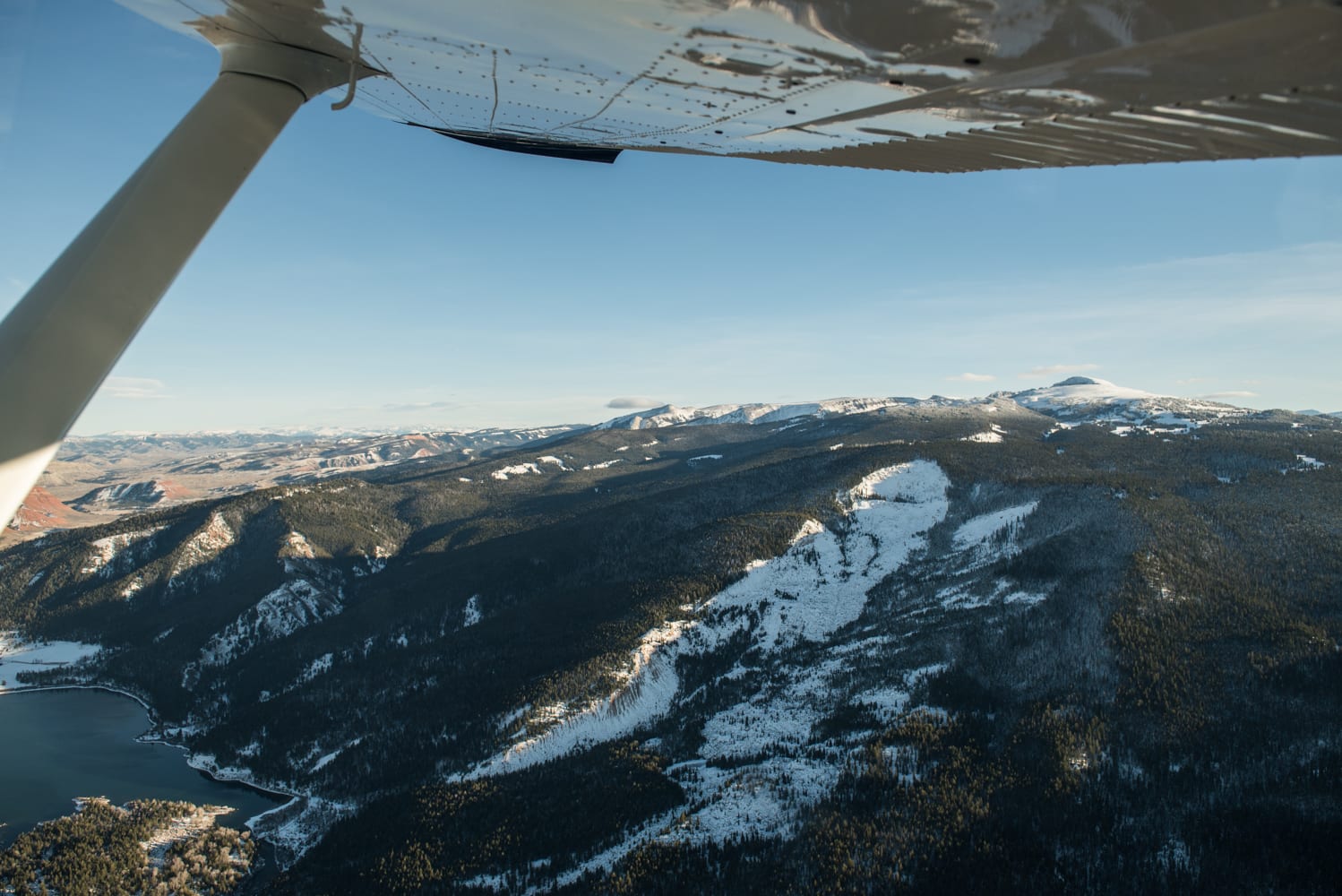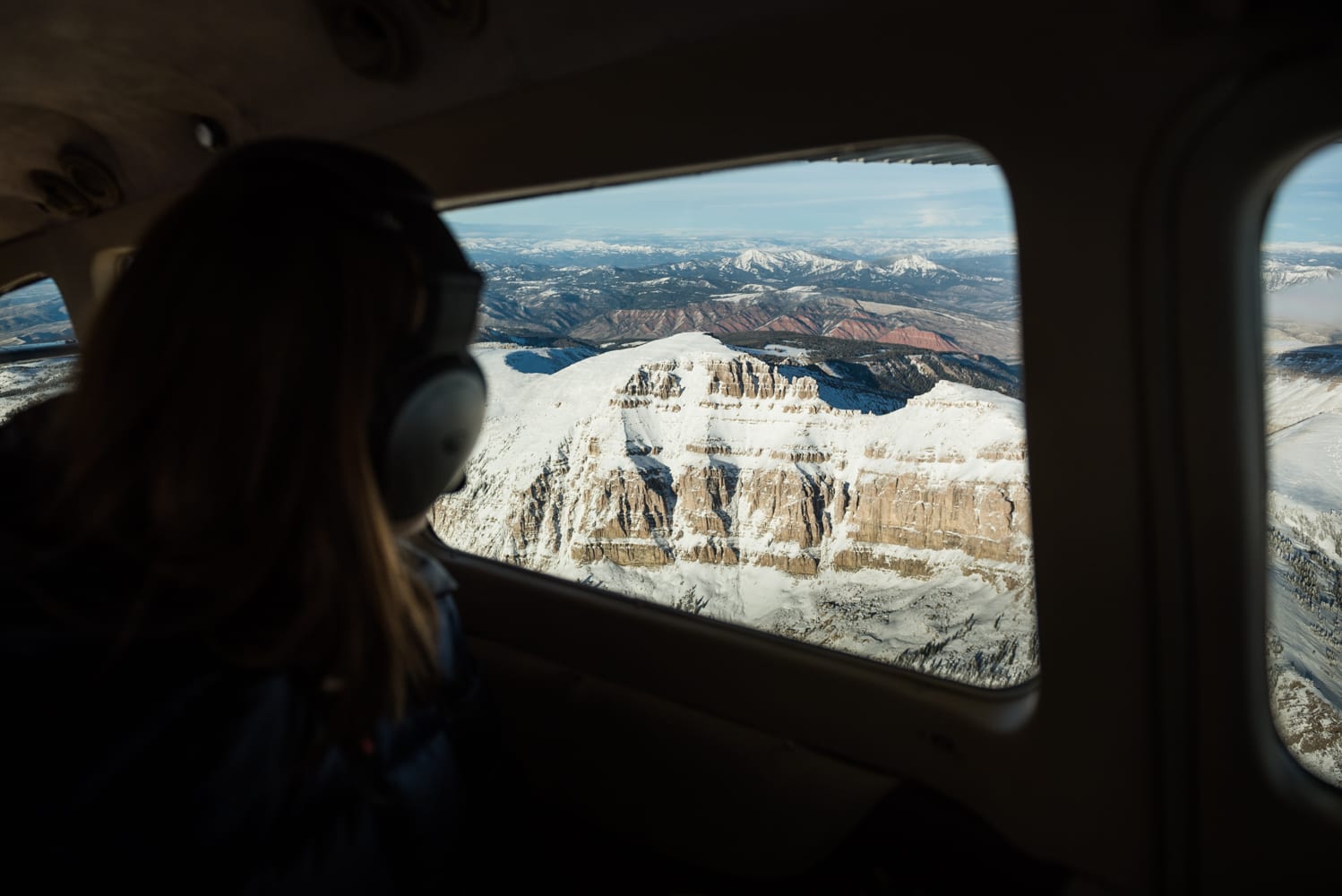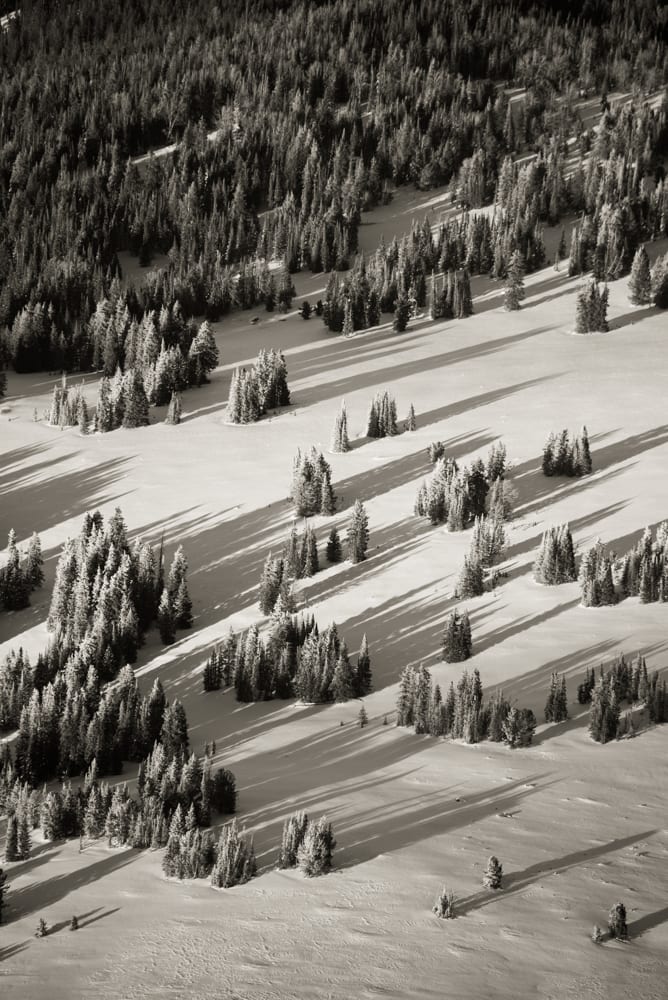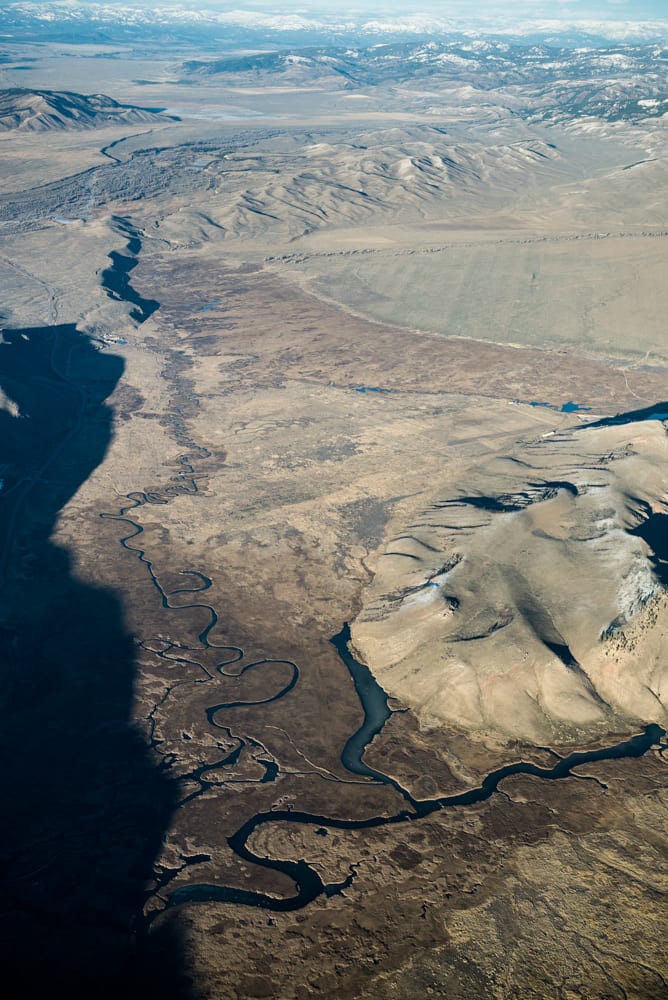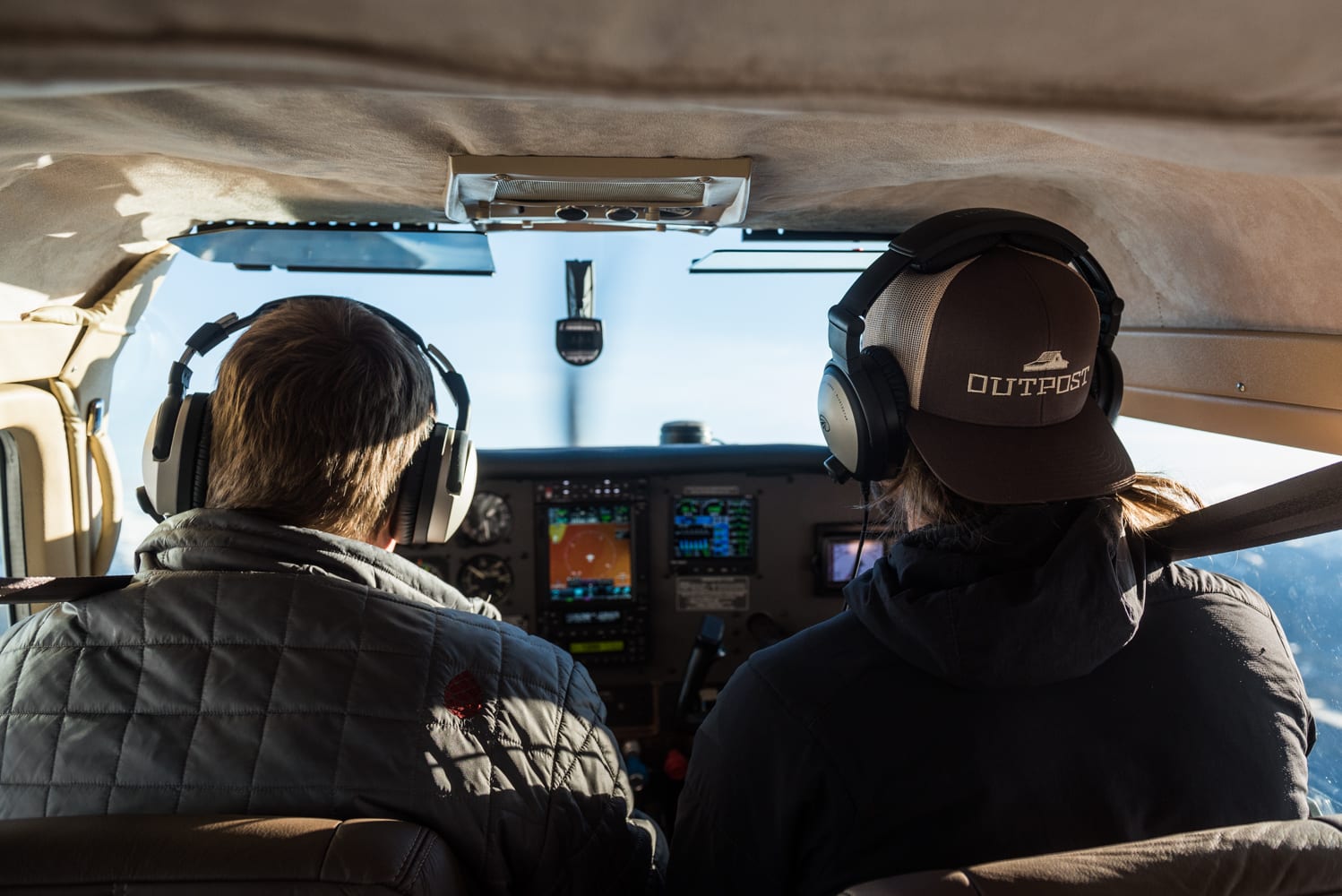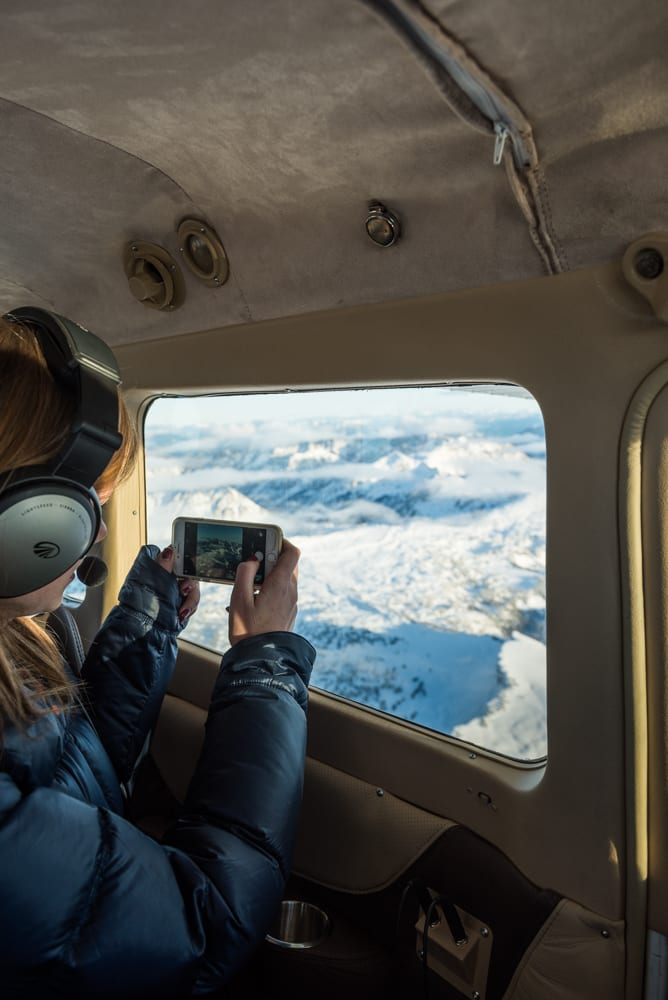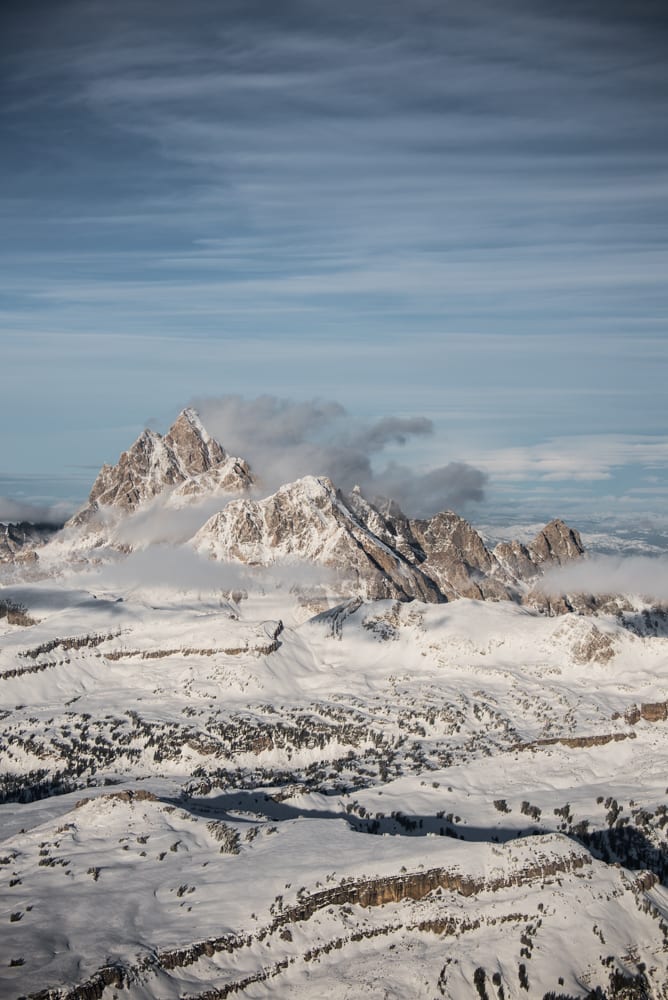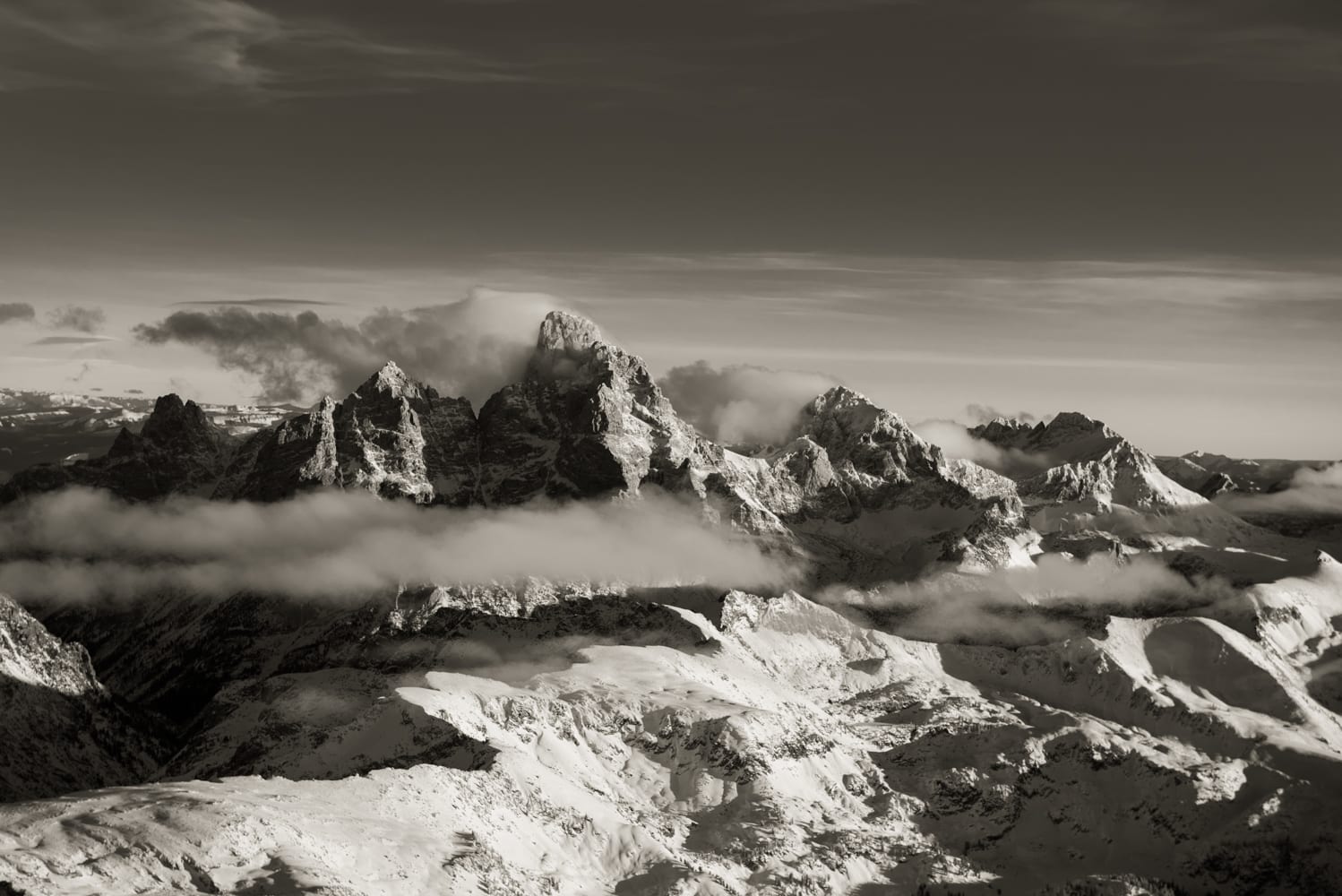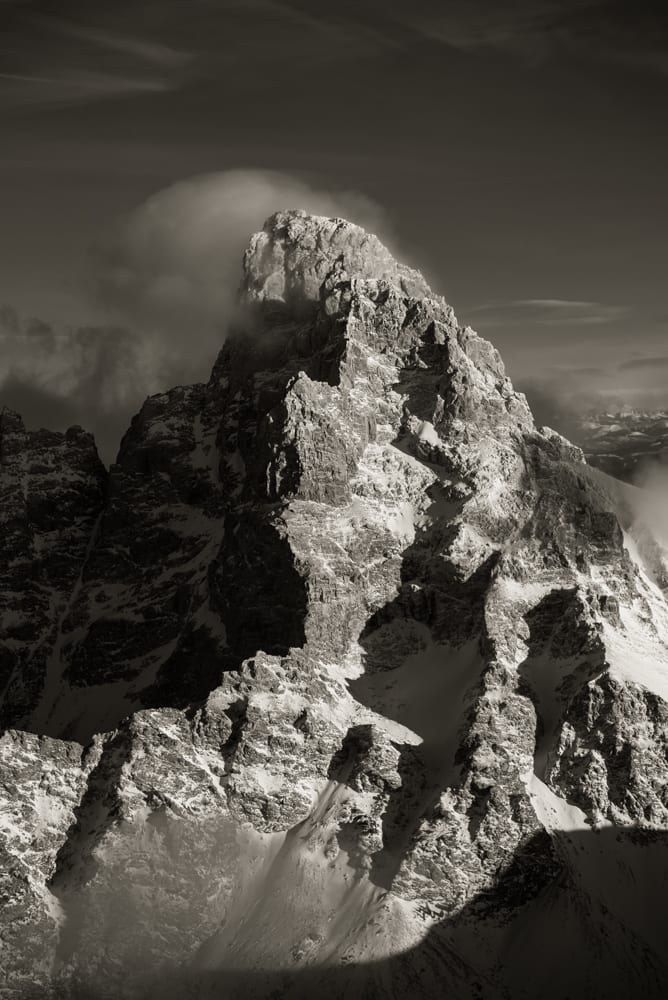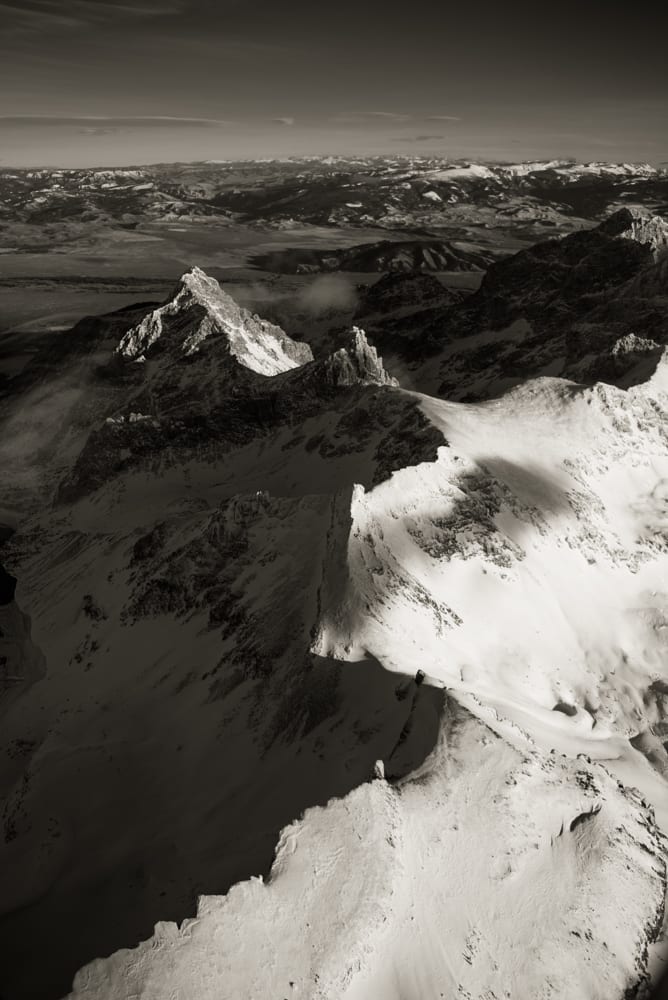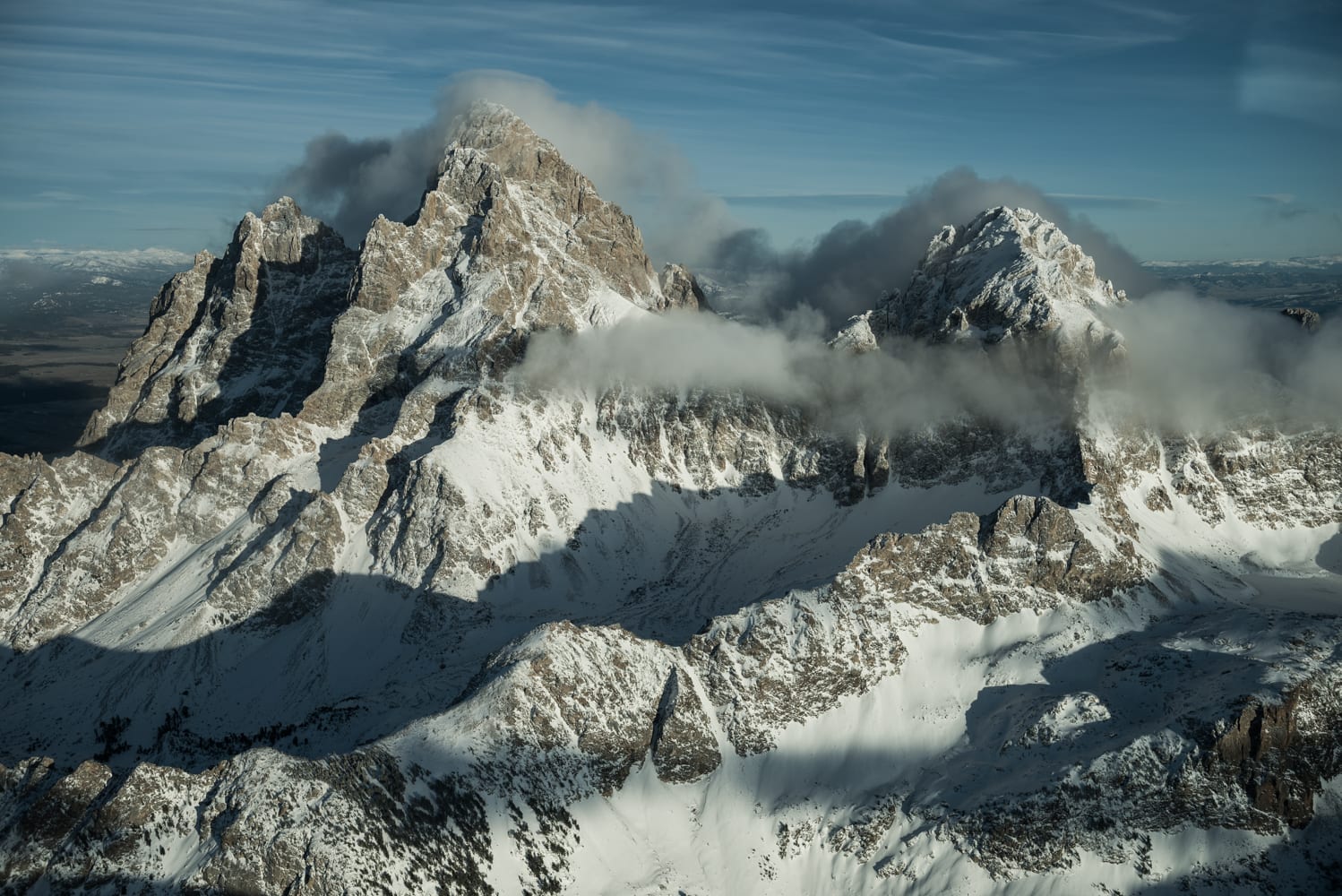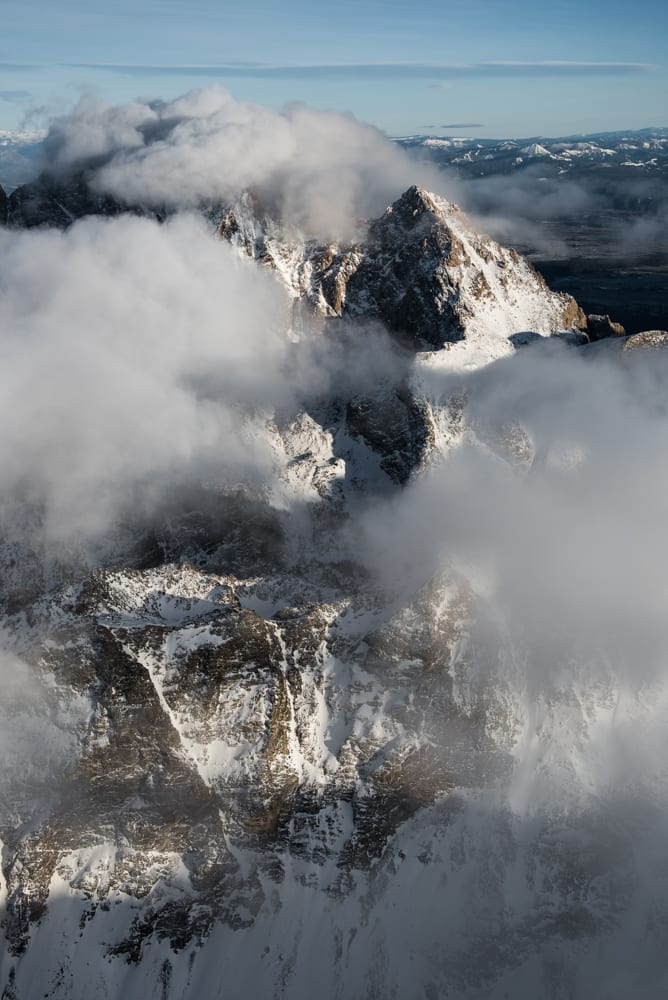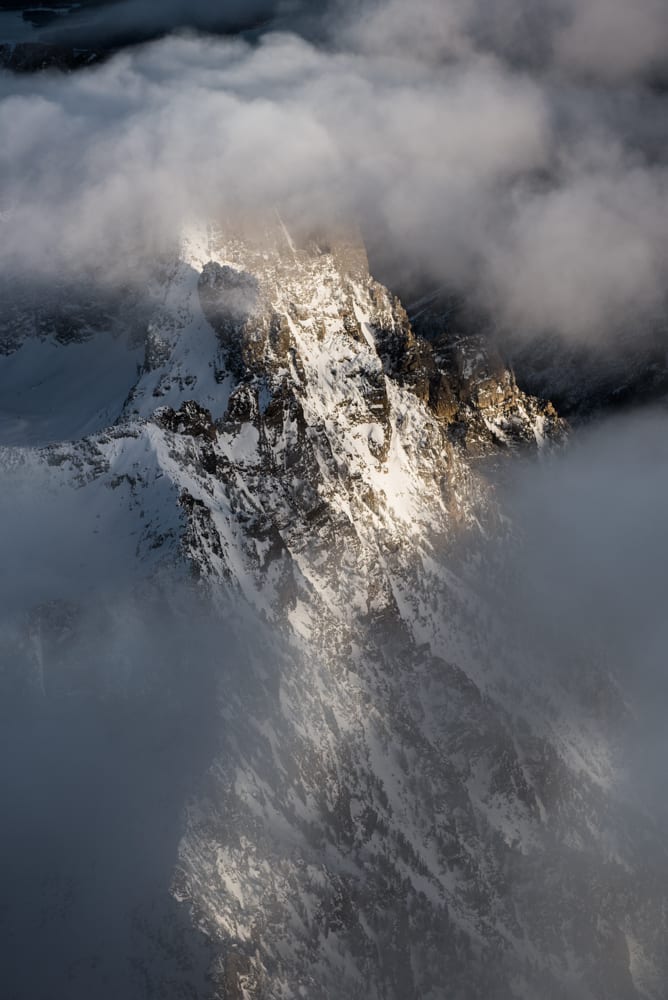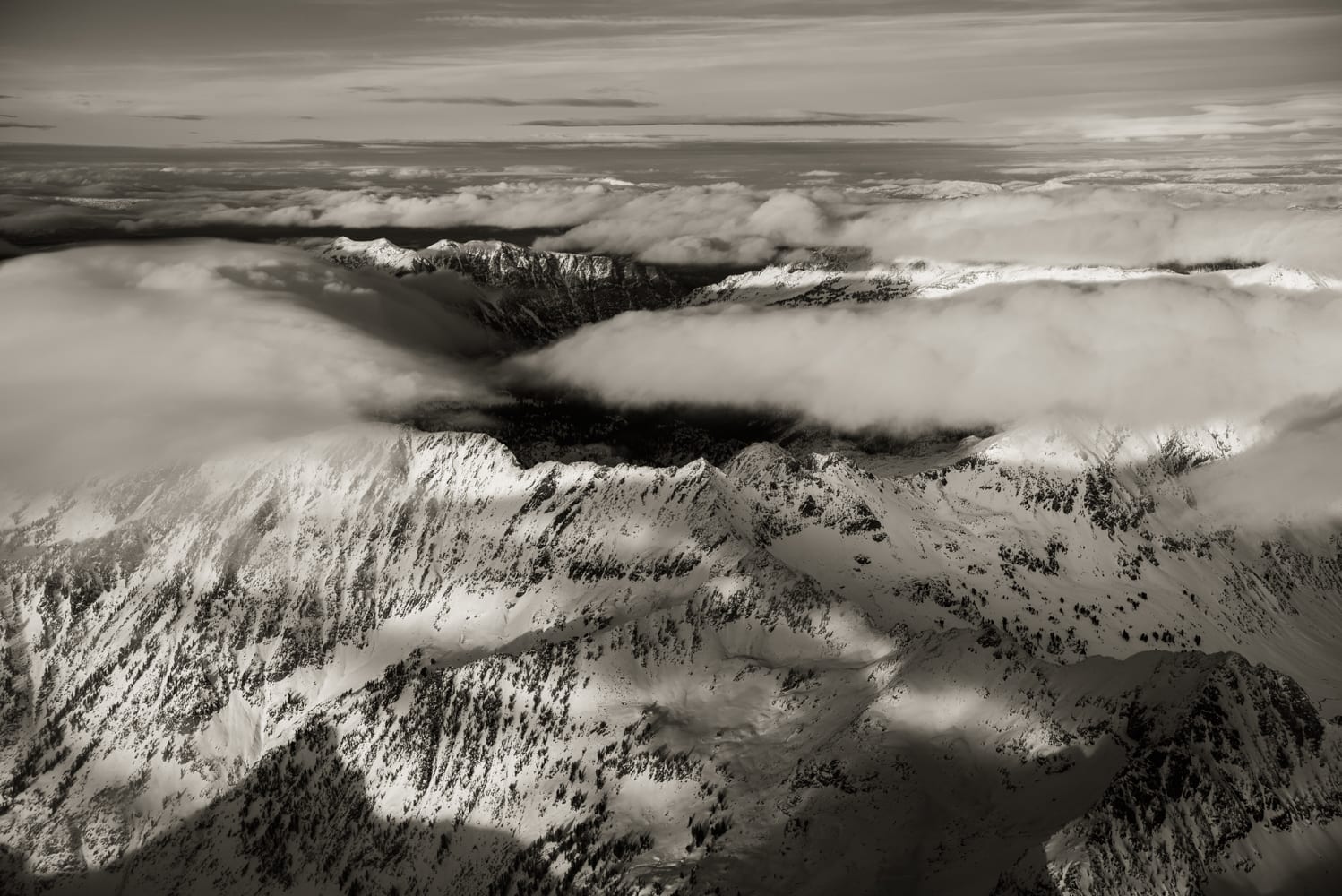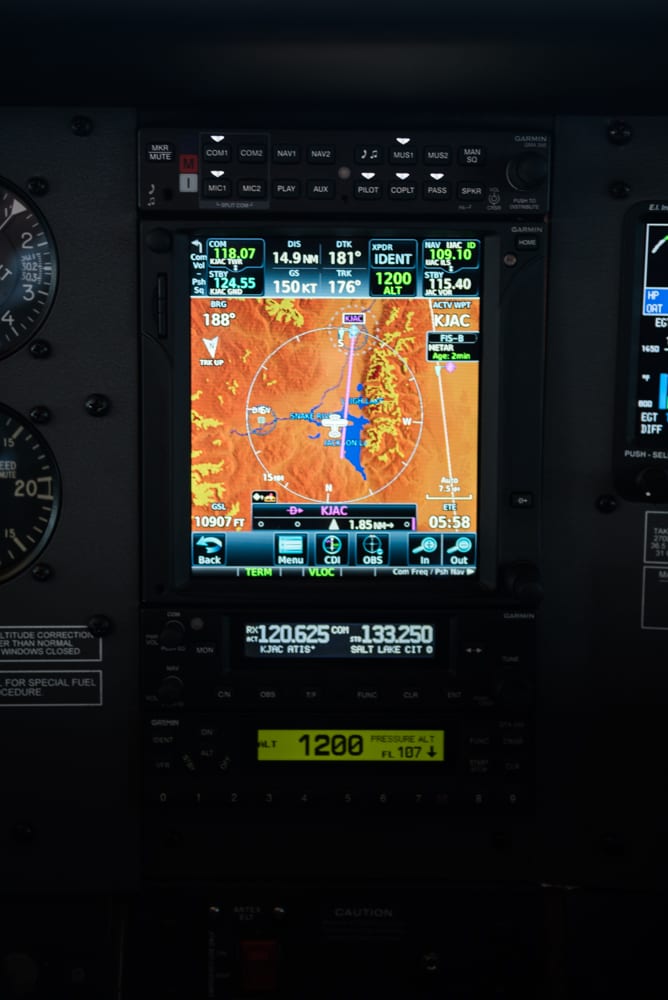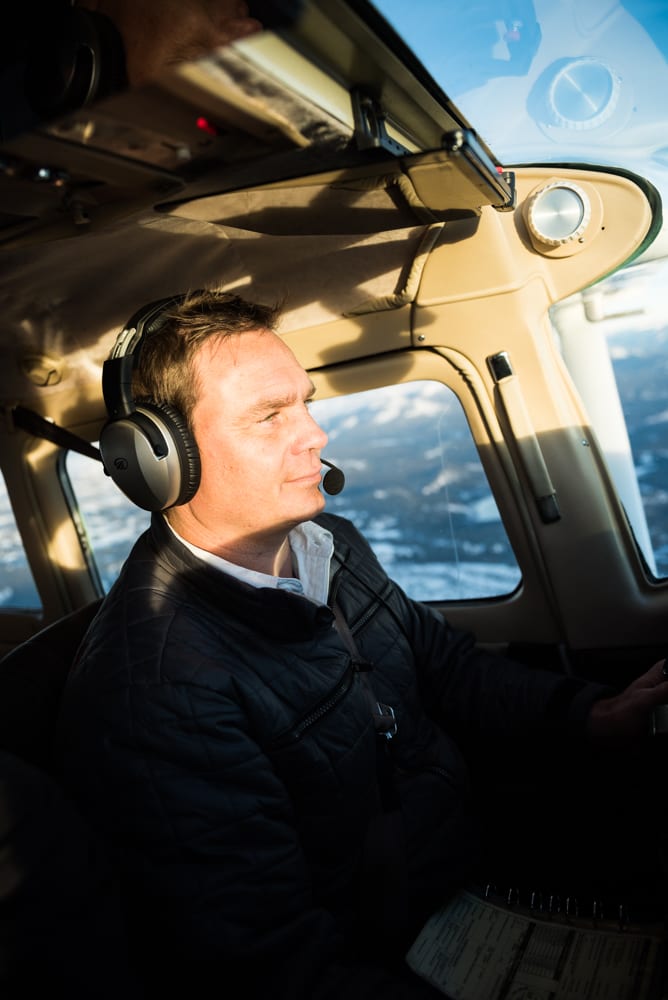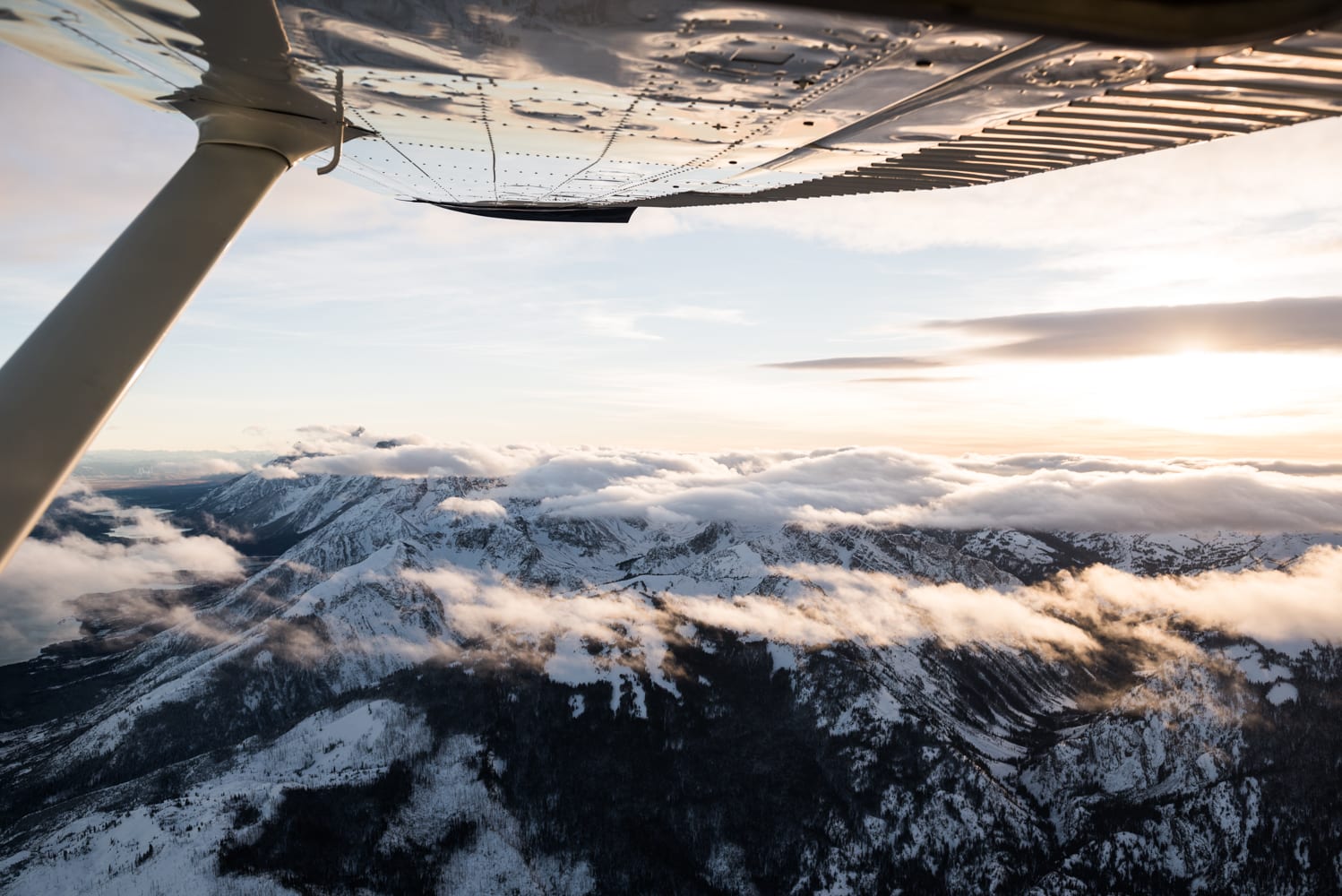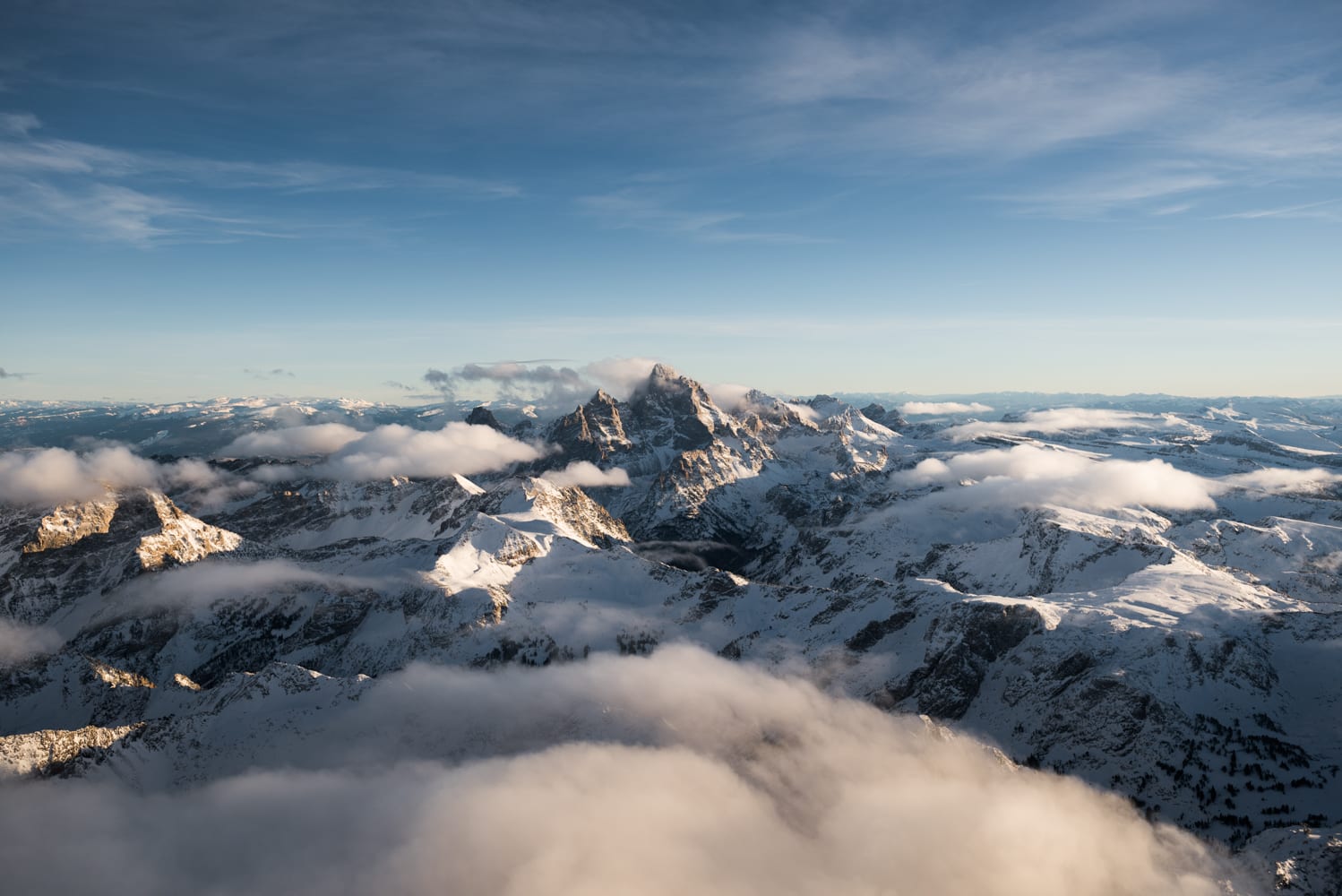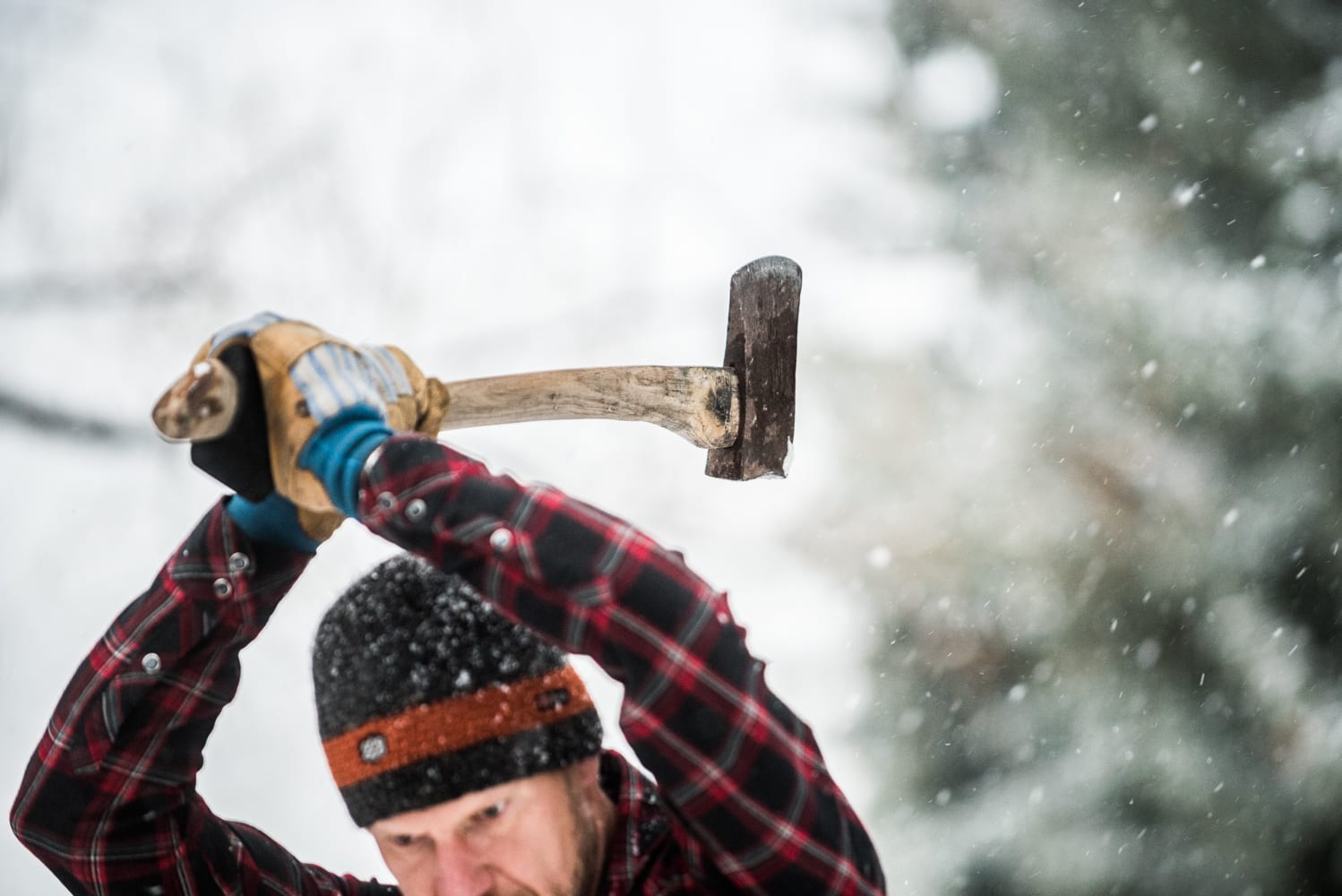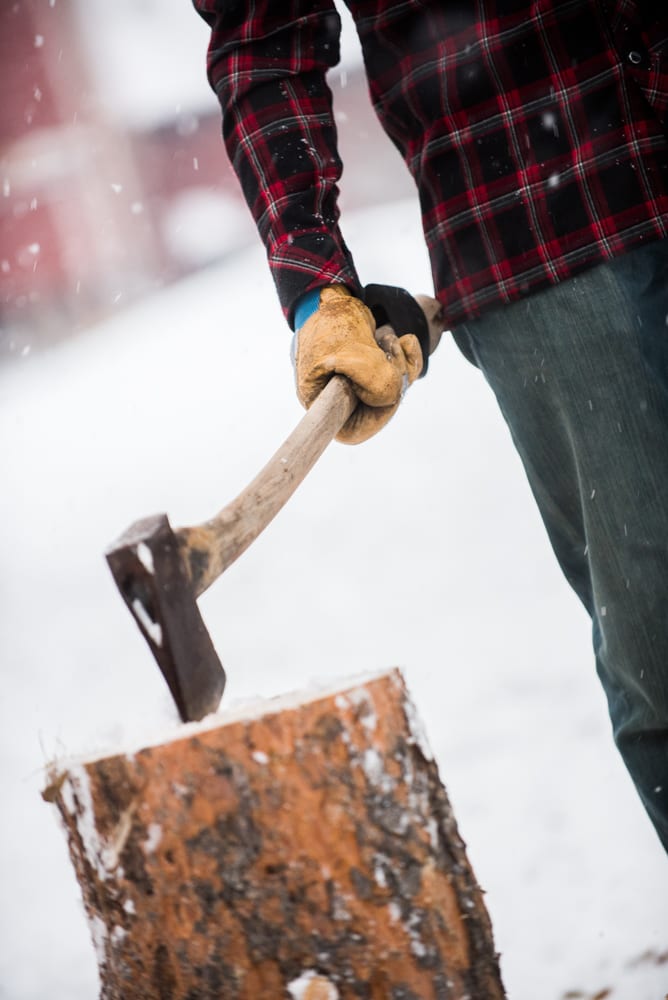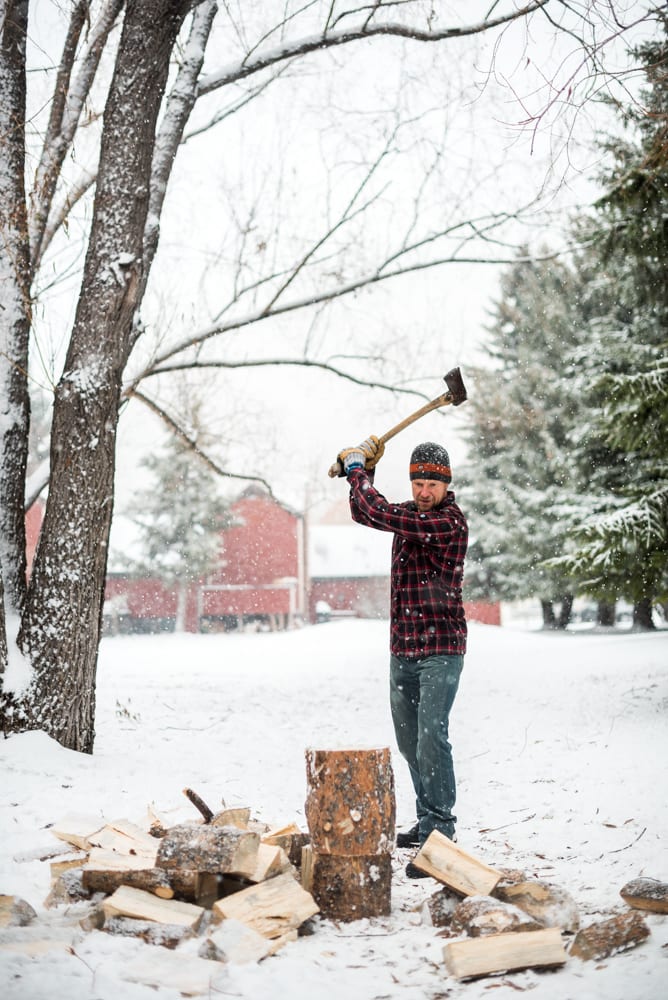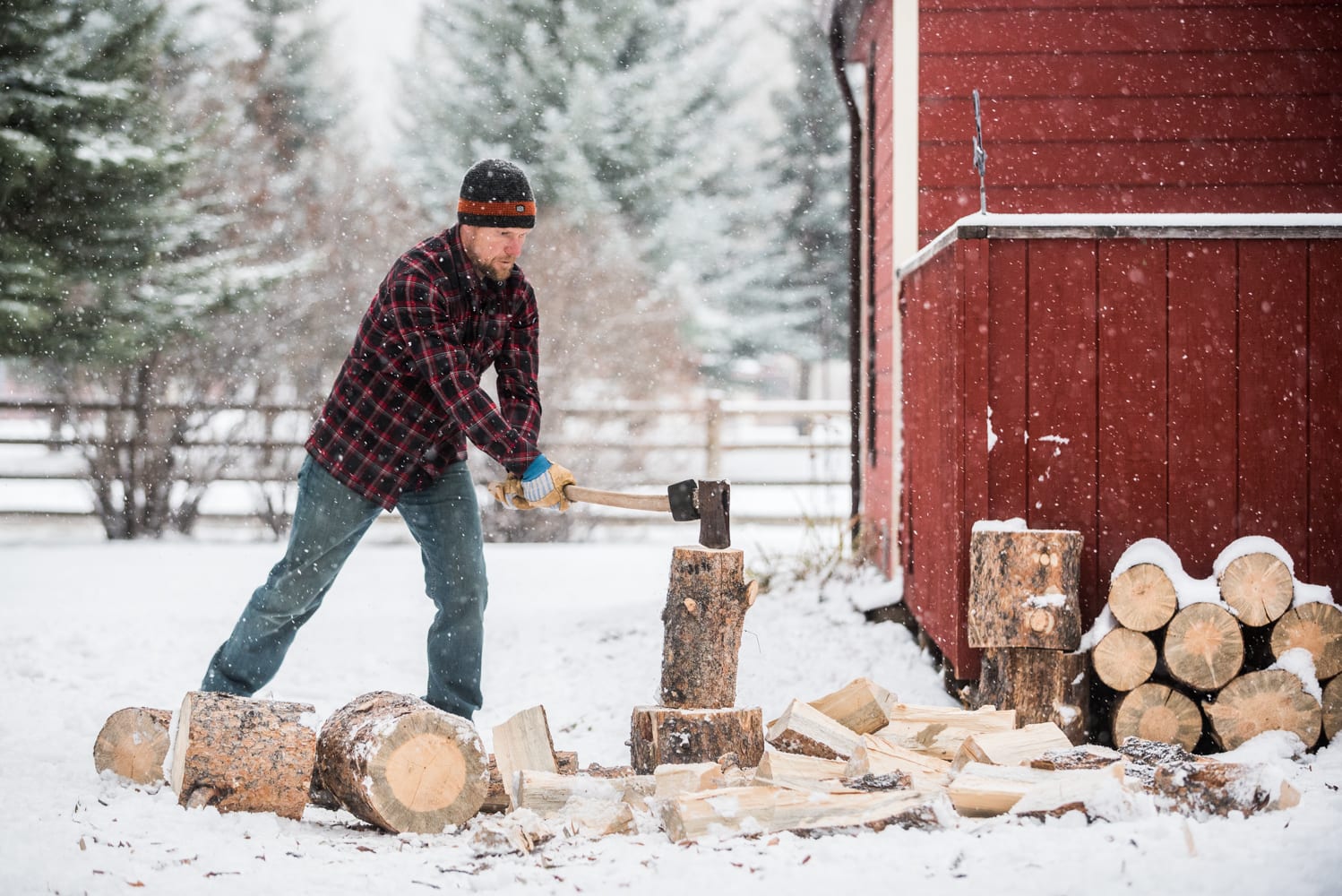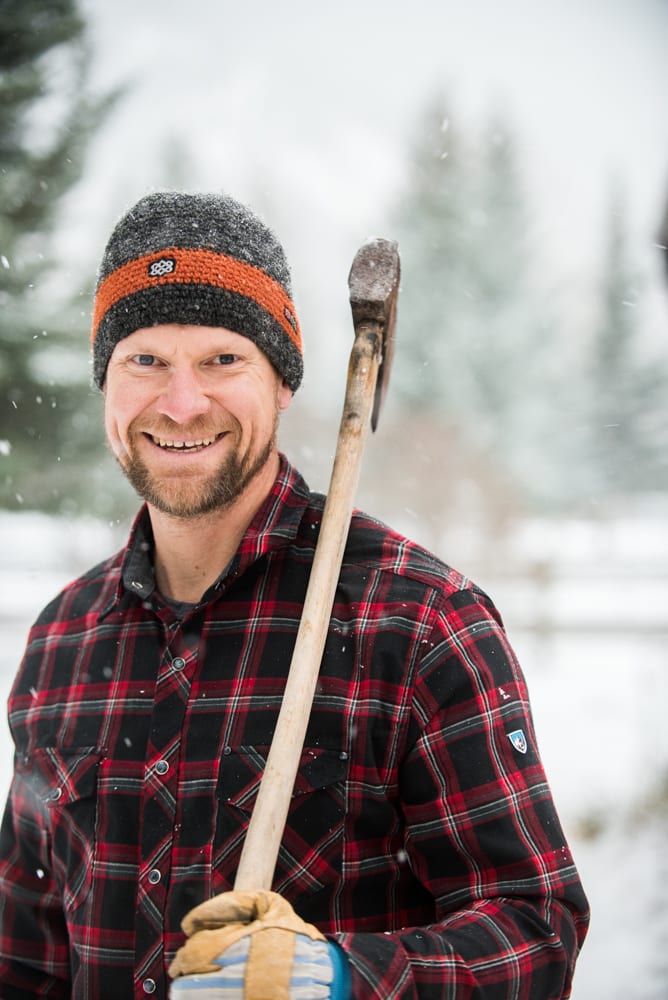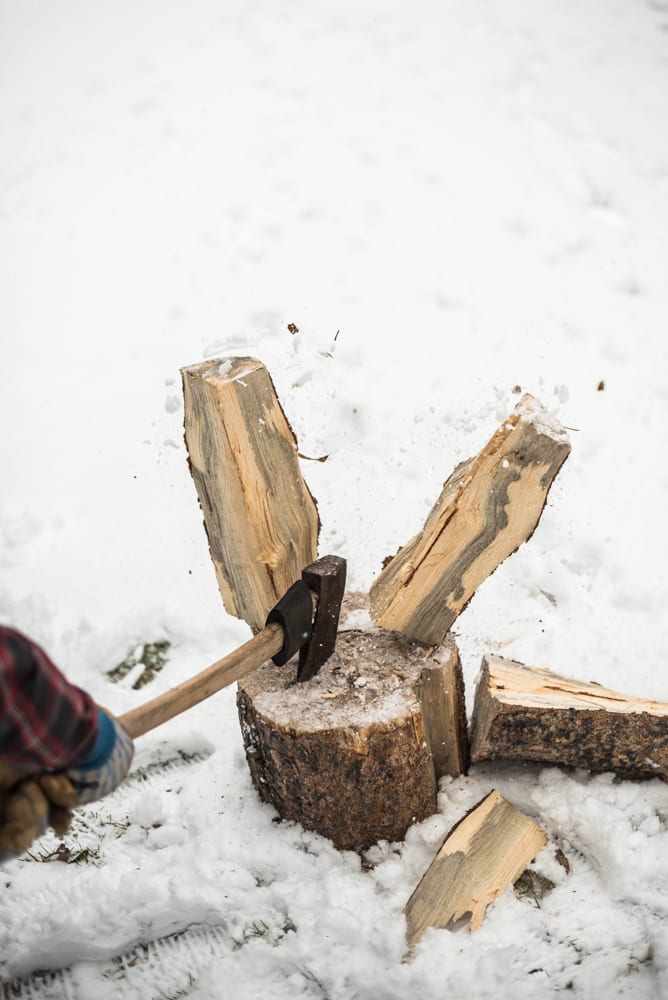On a frigid day in April 2015, onlookers were treated to a dramatic performance alongside the banks of Jackson Hole’s pristine Snake River. Overhead, an osprey and bald eagle fought midair over a trout. Wheeling and spinning, their pirouettes offered a spectacular display of the dance of survival in the wild. Suddenly, the bald eagle struck a power line that spanned the river: the duet jarringly interrupted. Shocked onlookers watched her stunned body plummet into the icy river below.
With canoe paddles and ski poles, the bystanders were able to drag the eagle to the shore. Her feathers were soaked through, and she coughed against the cold water in her lungs.
Teton Raptor Center’s co-founder, Roger Smith, and Executive Director, Amy McCarthy, swooped in to the rescue. The eagle was struggling after the trauma and near-drowning; it was unlikely that she would survive the night. They placed her in the oxygen machine, hoping that she could recover from her injuries and the pneumonia that wracked her lungs. For weeks, the Raptor Center Staff would gently restrain her and force-feed her bits of rat, quail, mouse, and fish. Slowly, against all odds, she grew stronger. On July 3rd, two and a half months after her accident, she was released back to the wild.
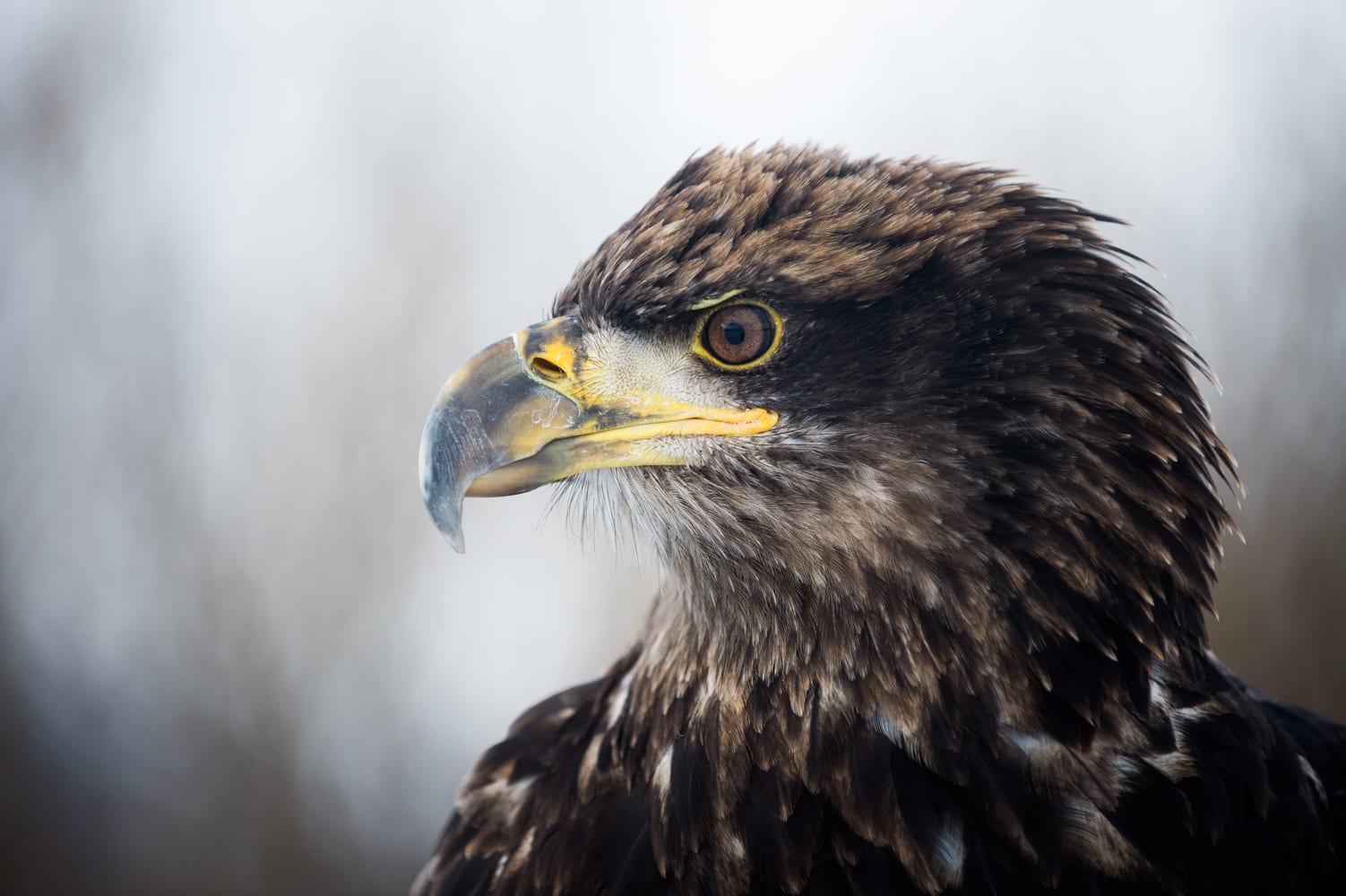
Since 1997, the Teton Raptor Center has accrued dozens of stories like this one. From great horned owls and eagles, to compact kestrels and diminutive pygmy owls, the Teton Raptor Center has brought injured birds of prey back from the brink of death.
Meghan Warren, Rehabilitation and Volunteer Coordinator at the Raptor Center, started out as a volunteer herself. “I fell in love with the birds,” she said. “I found the work of healing these birds, watching them recover and return to the wild, deeply fascinating and rewarding.”
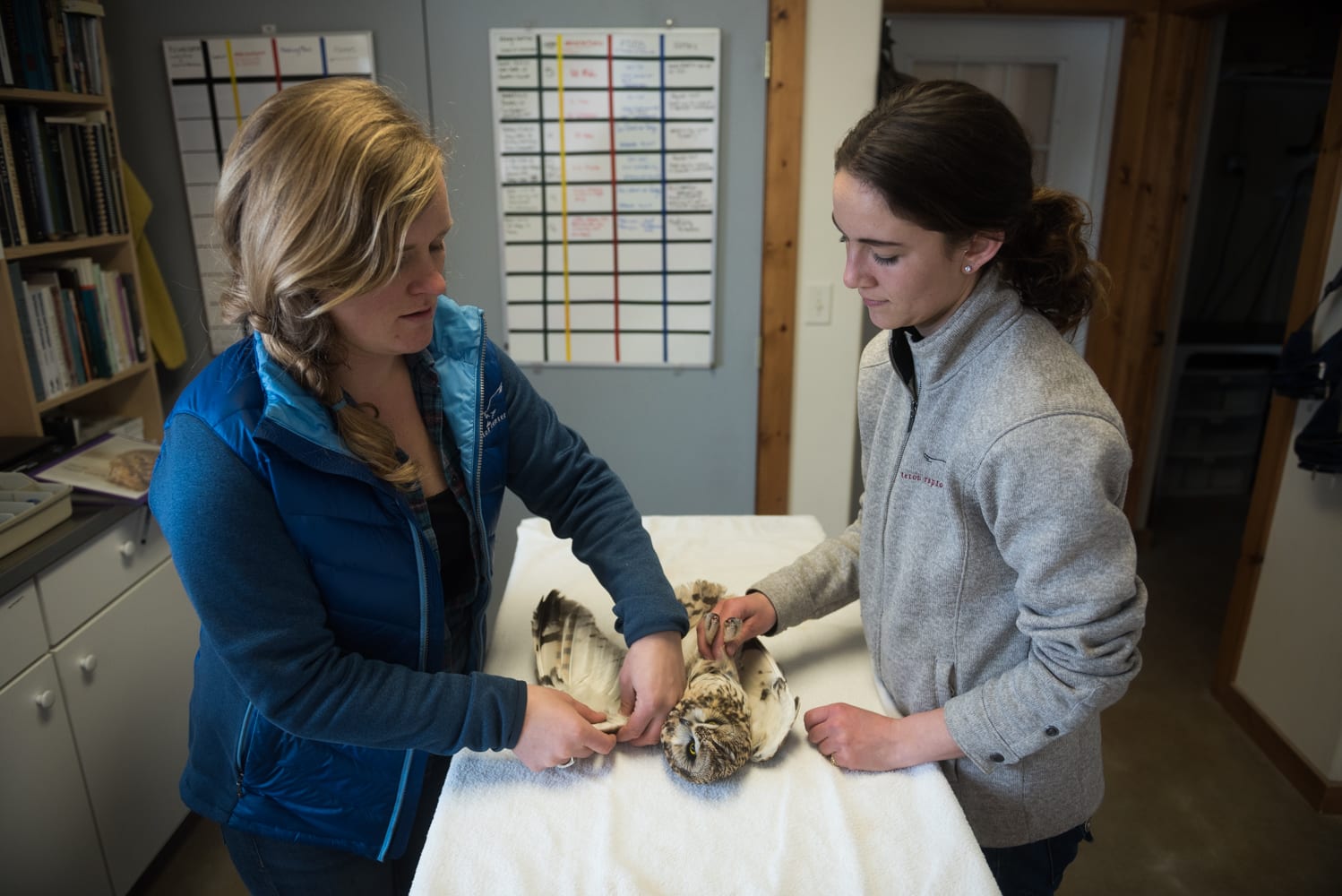

While Meghan admits that the hundred or so birds that the Raptor Center rehabilitates every year doesn’t have a statistical impact on regional population levels, the work has a great deal of value to the community. “Most of the birds that we treat are injured, ill or orphaned from anthropogenic causes. I feel like it’s our duty to undo some of that,” she says. “Also, we learn something new from every rehab case, whether it’s about the cause of injury, or plumage variations amongst a species, or measurements to add to a master database; each case is an opportunity to learn.”
Education is a core piece of the Raptor Center’s work. Ultimately, some birds are unable to return to the wild. Becky Collier, Senior Avian Educator, is dedicated to ensuring that these birds have rich, fulfilling lives and can continue to have an impact through education. Over half a dozen birds of prey make up the resident population at the Raptor Center, and Becky makes sure they have it pretty good. With plenty to eat, engaging spaces to live and exercise in, time outside and plenty of fascinated visitors, these birds offer a unique opportunity for the community to cultivate an understanding of their importance in the ecosystem. “They can’t go back to the wild, but they still deserve to have meaningful lives,” explains Becky.
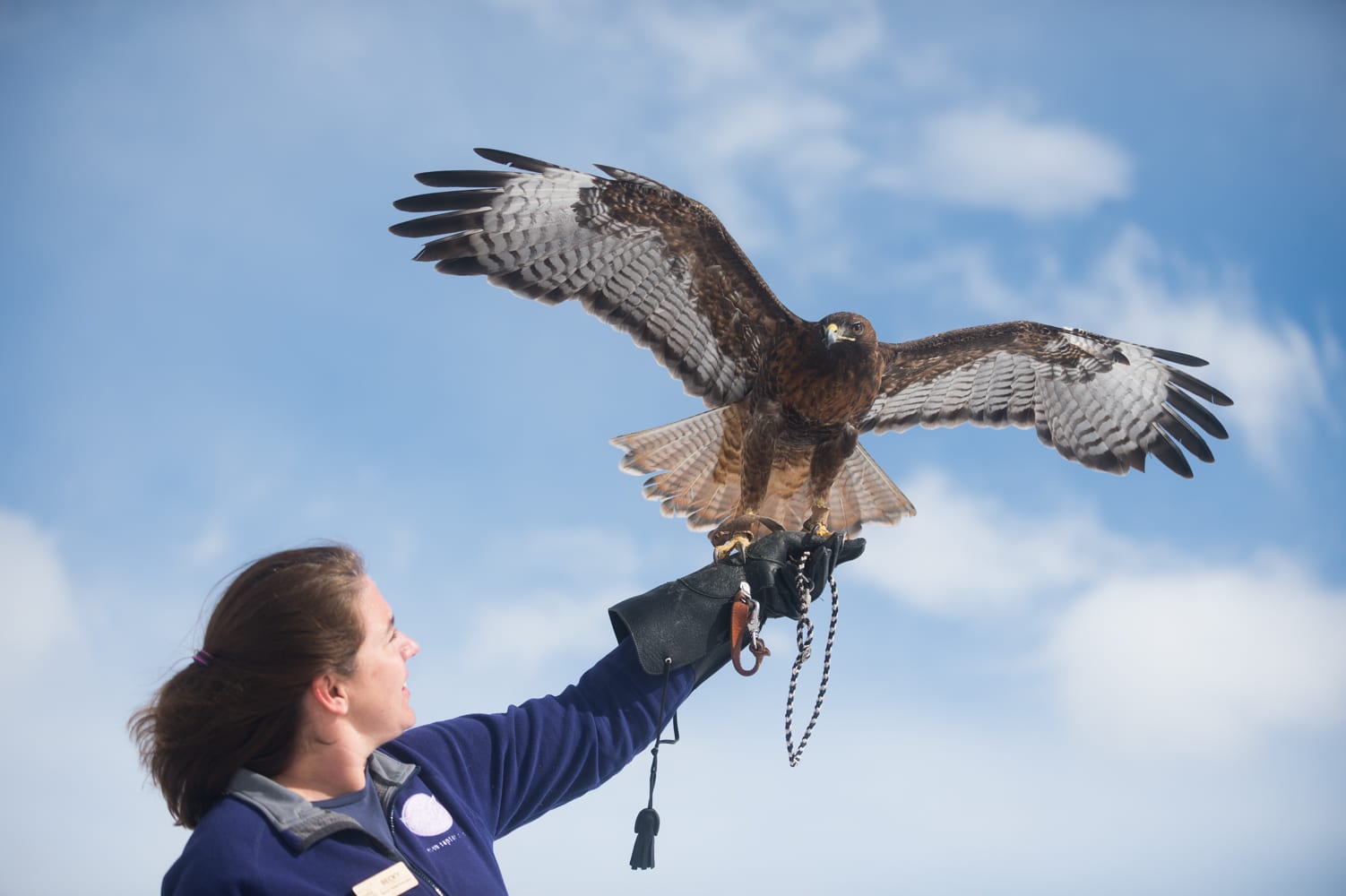
The Raptor Center makes sure there is no shortage of opportunities to get up close and personal with these incredible birds. Every Saturday afternoon, visitors are welcomed into the historic buildings of the campus for the Raptor Encounter program. After meeting some of the resident raptors, guests see the clinic where rescued birds begin their journey of rehabilitation. It would be truly impossible to not be awestruck by the intimate interactions with the birds; so frequently, we only enjoy them from a distance. To appreciate one up close is amazing. The brightness and textures of their feet, the razor-like points of their talons, the intricacy of their plumage, the piercing gaze of their golden eyes.
This magnificence doesn’t really wear off, either, says Meghan. “I never get bored working with these birds. They are the most beautiful creatures and each one is so different from the last. I feel privileged to work with them. Holding one can be intimidating, especially if it’s a big one, like an eagle, and they’re so lightweight. You can’t believe how little a great horned owl’s body really weighs, and how much is just fluffy feathers!”
A visit to the Raptor Center is guaranteed to give you a new appreciation for these impressive creatures when you see them in the wild. Should you encounter one that has suffered some kind of accident or illness that requires rescue, there are a few important things to remember. First, just because a raptor is on the ground does not mean it is in need of assistance. Fledgling raptors are frequently on the ground prior to developing flight skills, and have the best chance of survival if left alone. However, if you are certain that the bird is injured or ill, call the Raptor Center right away. Don’t keep the bird to wait and see if it improves; that will often worsen its chances of survival.
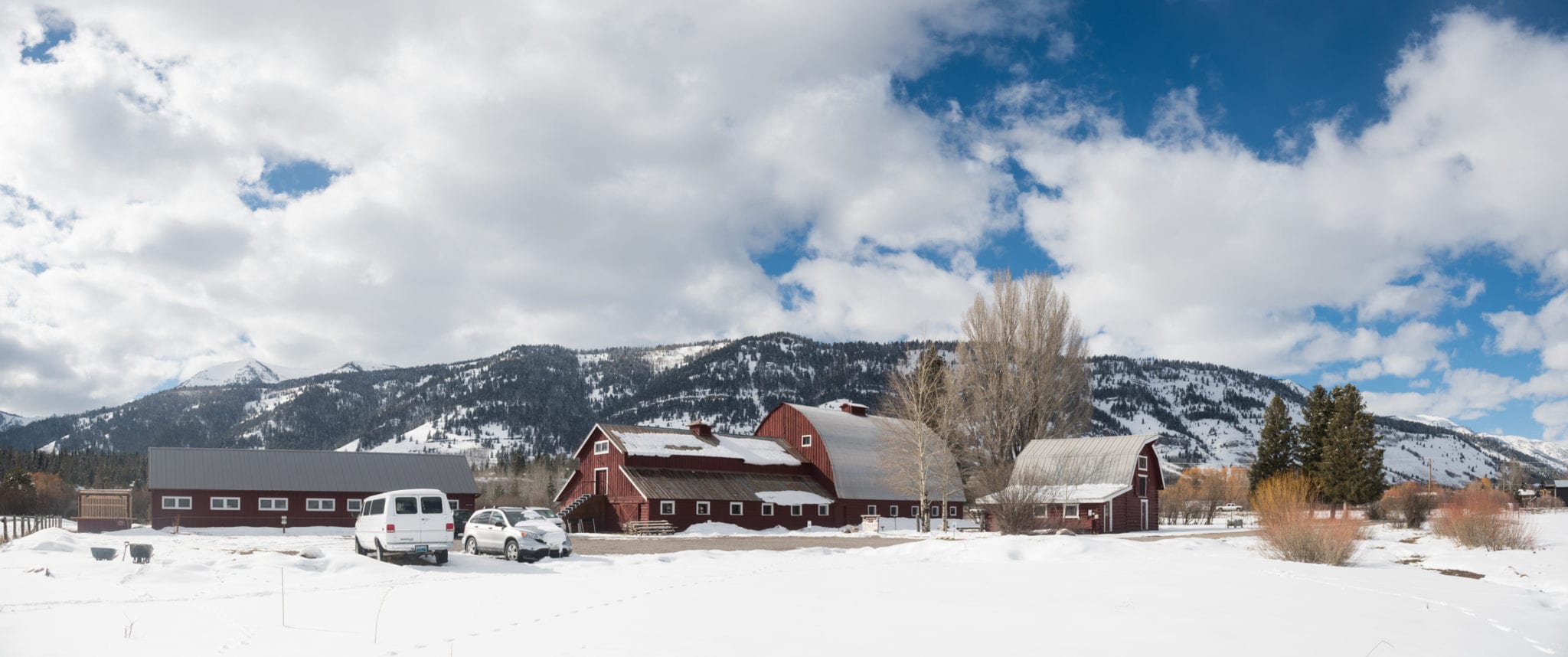
Loving this place means limiting our impact on the wild world around us and those with whom we share it. Caring for these sentinel species begins with understanding them, and the unique role they play in the elegant balance of the wild. The Teton Raptor Center is dedicated to educating the community, protecting these beautiful creatures, and – where they can – trying to undo some of the damage that humans have done.
For more on the Teton Raptor Center and their programming visit tetonraptorcenter.org

Images © Taylor Glenn




